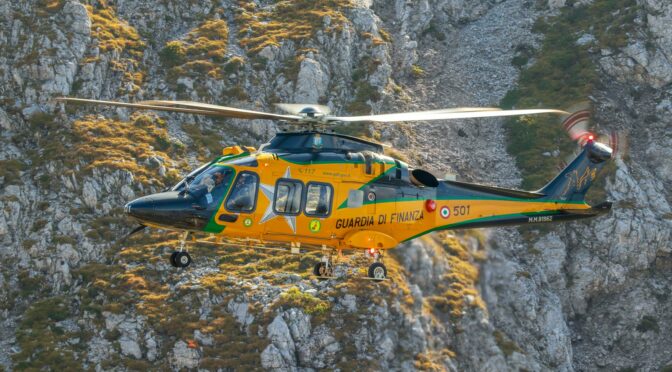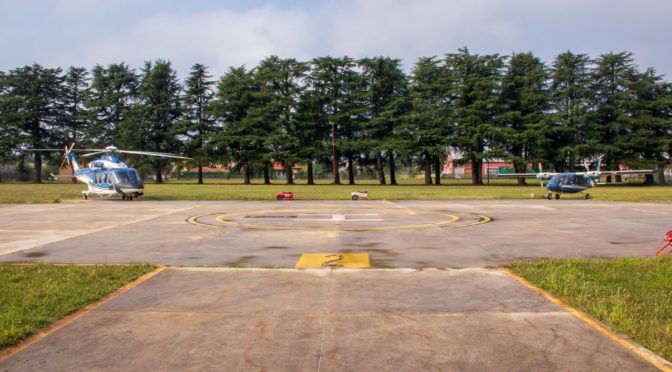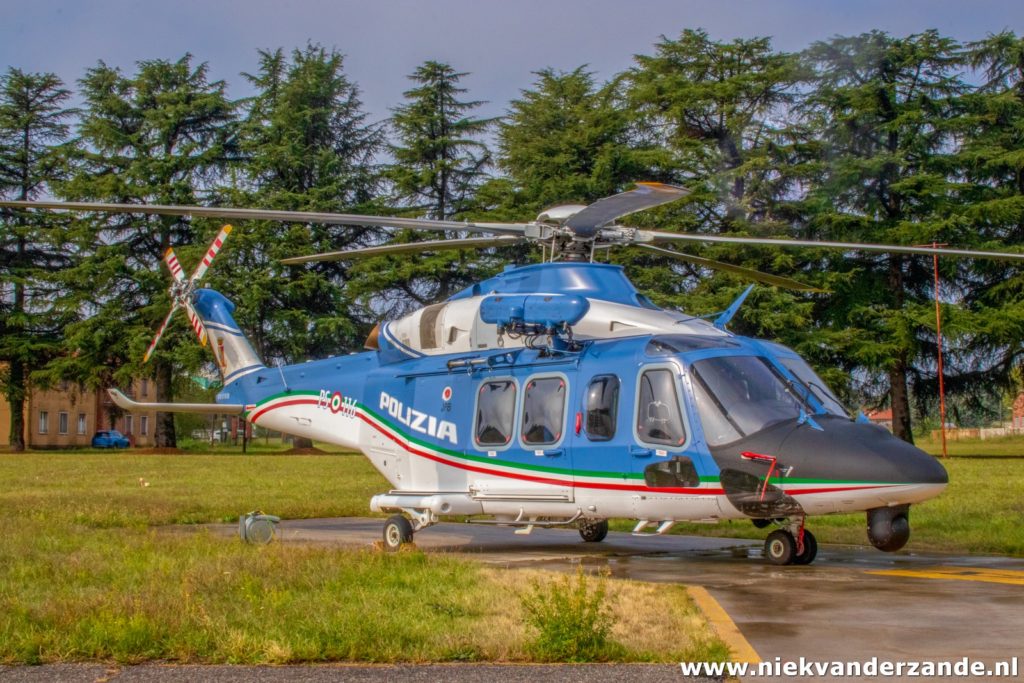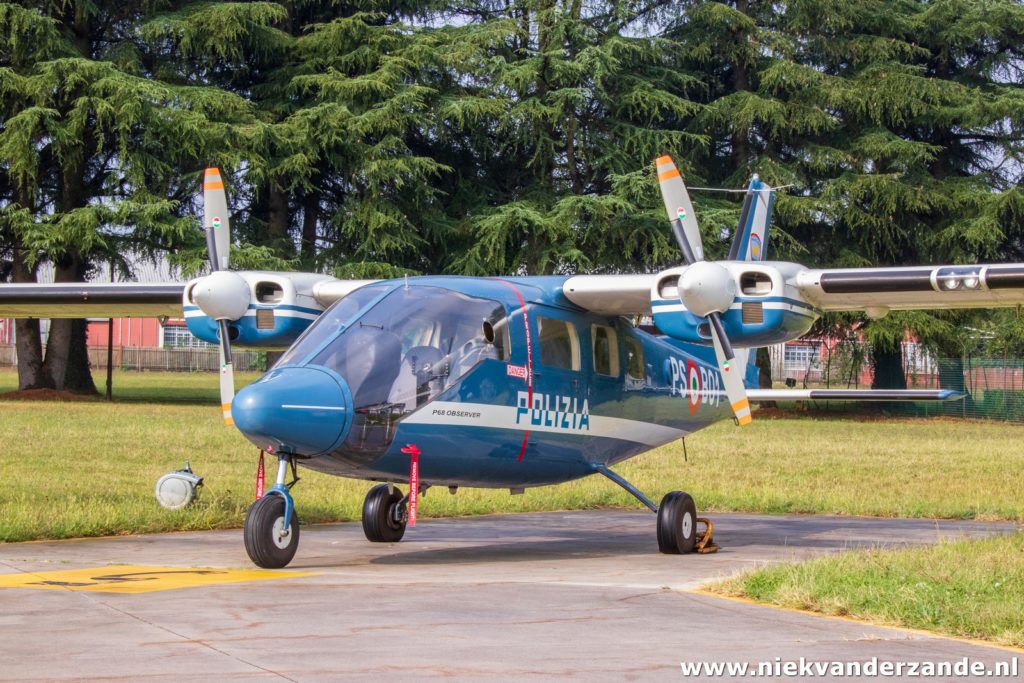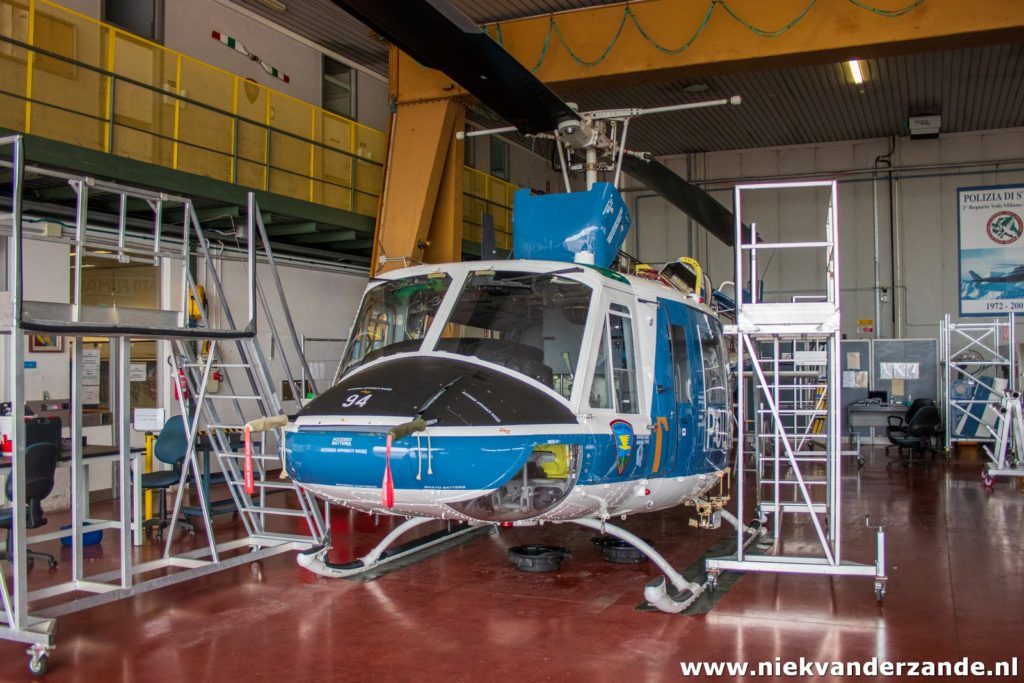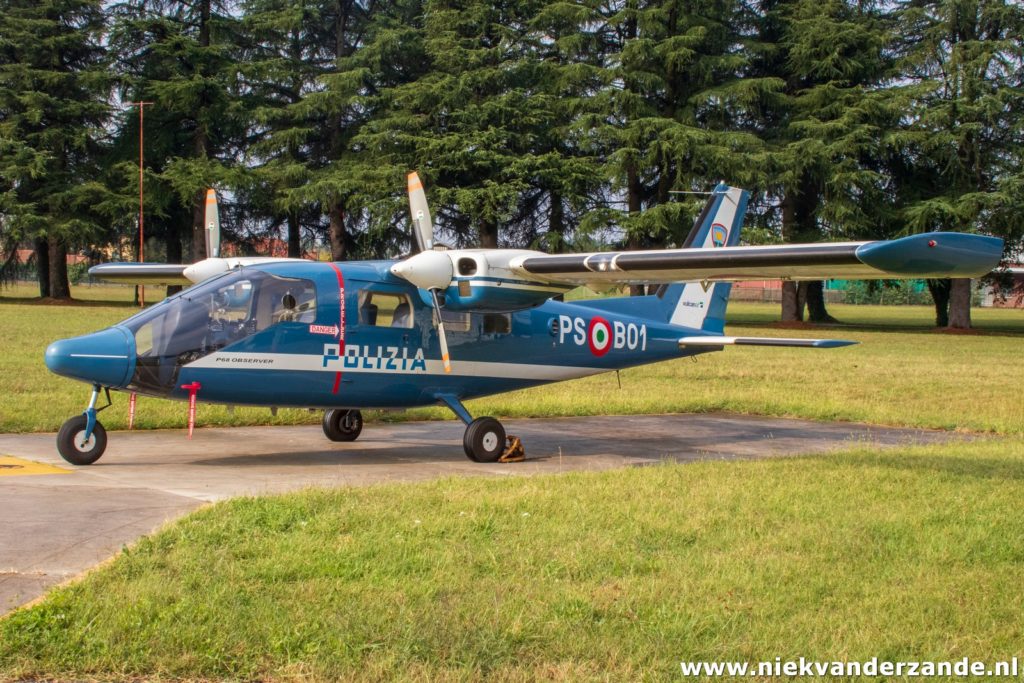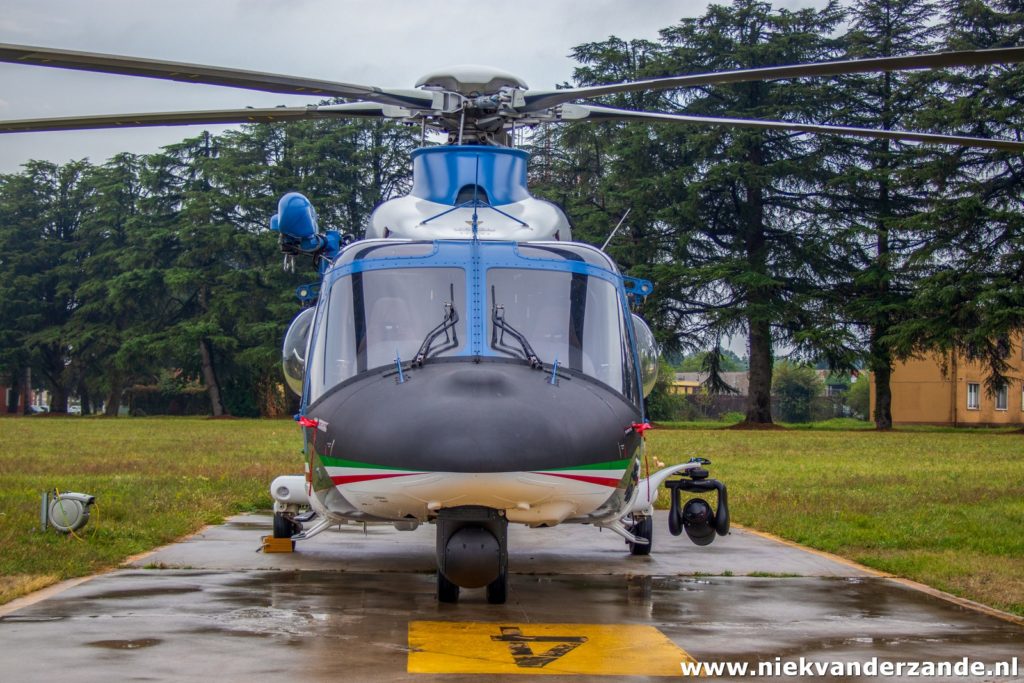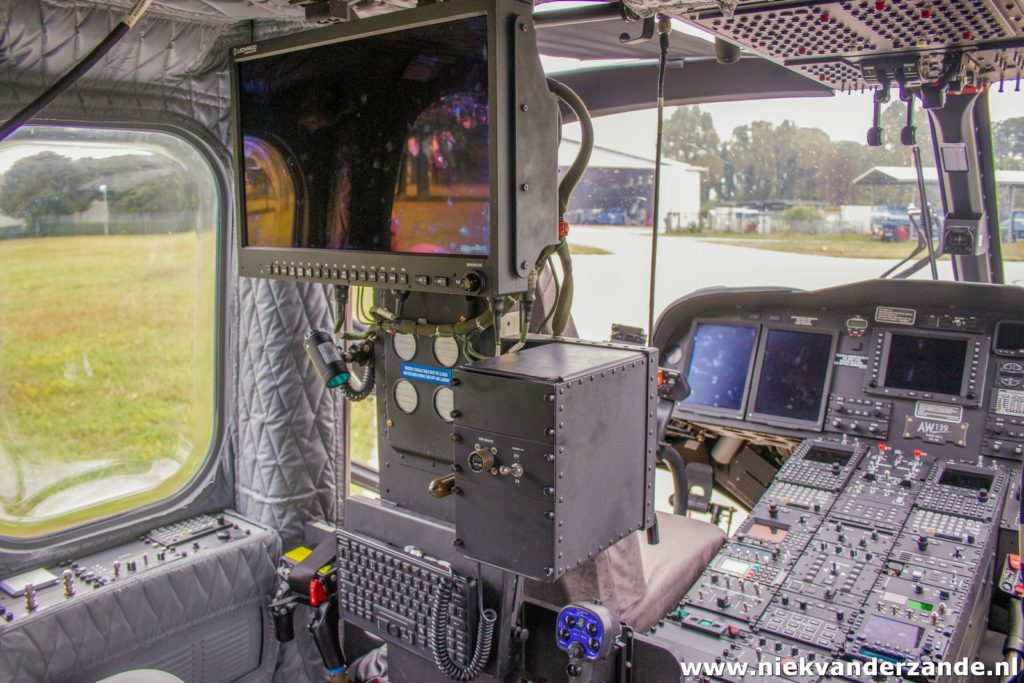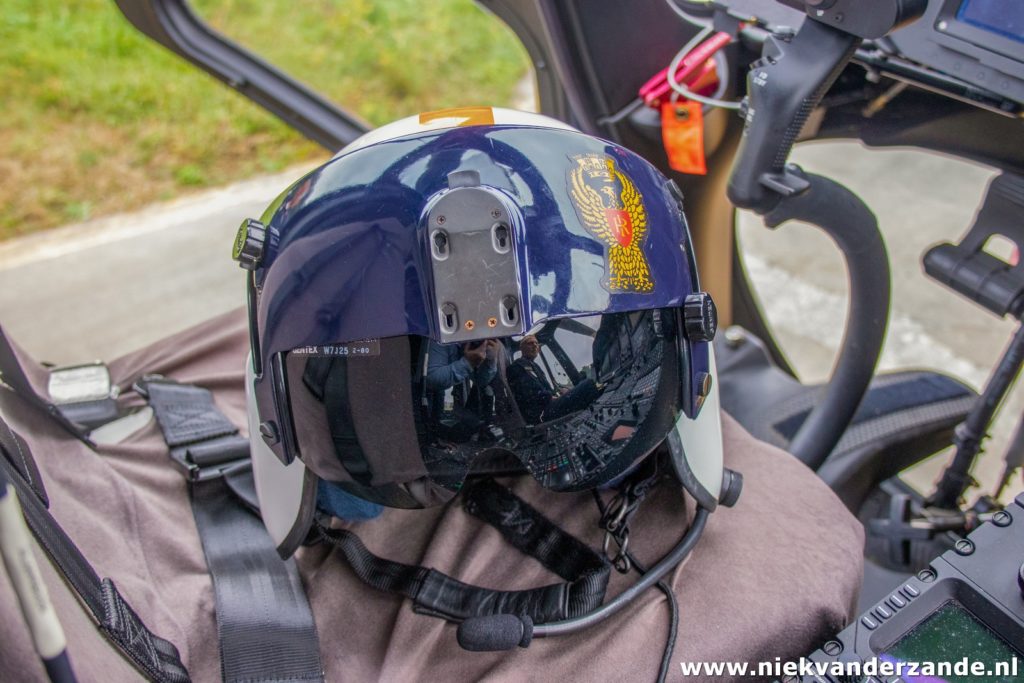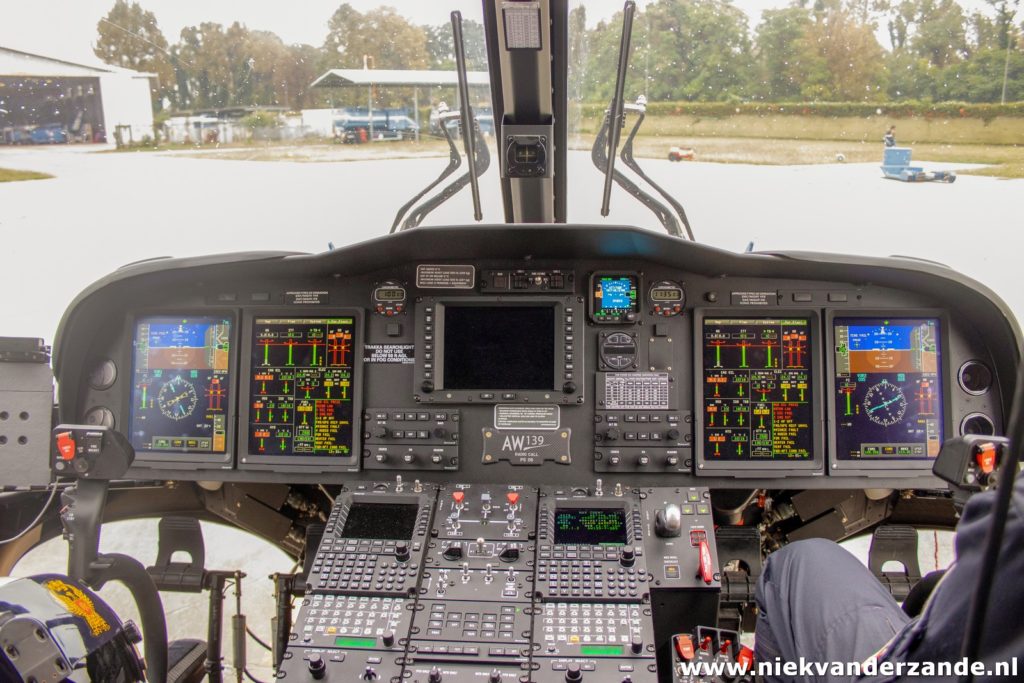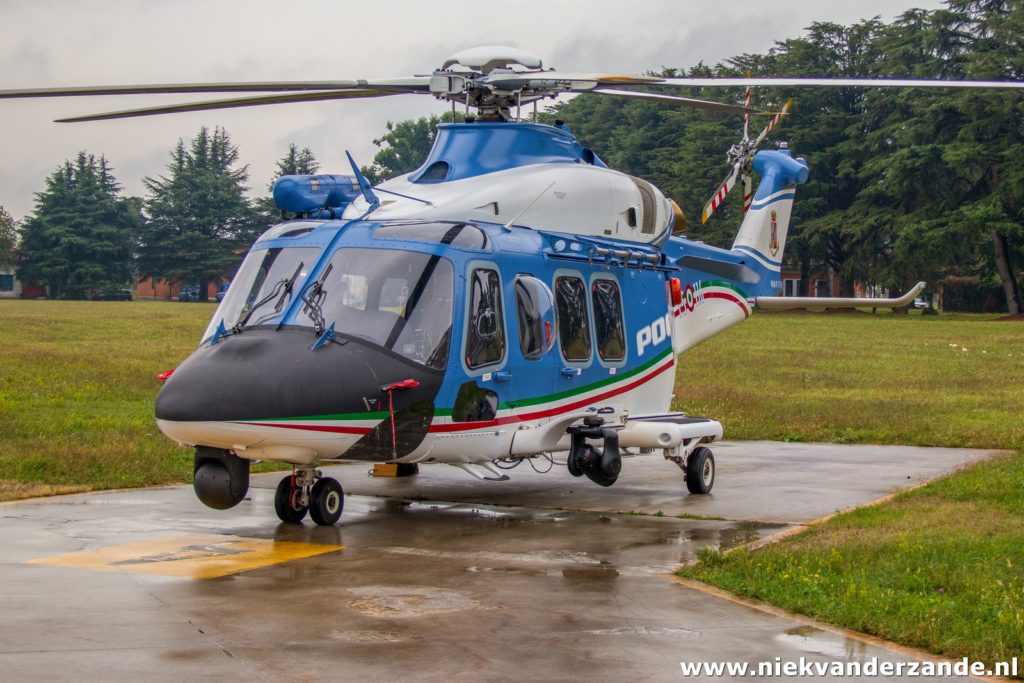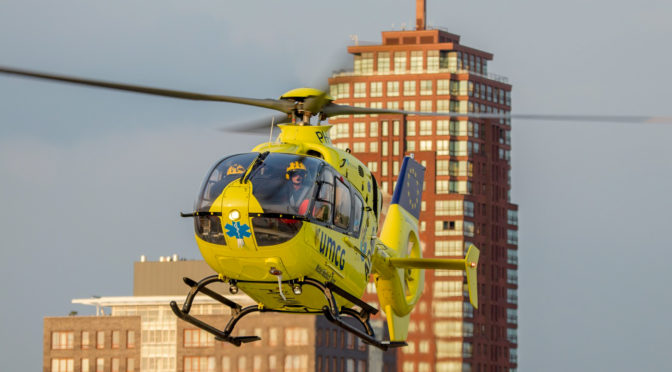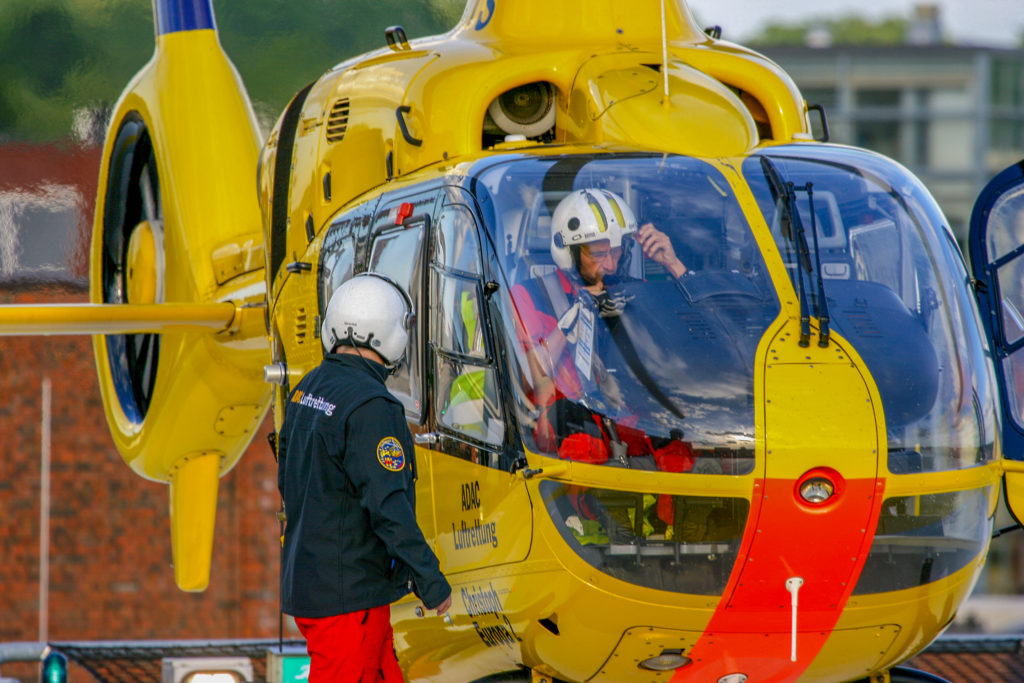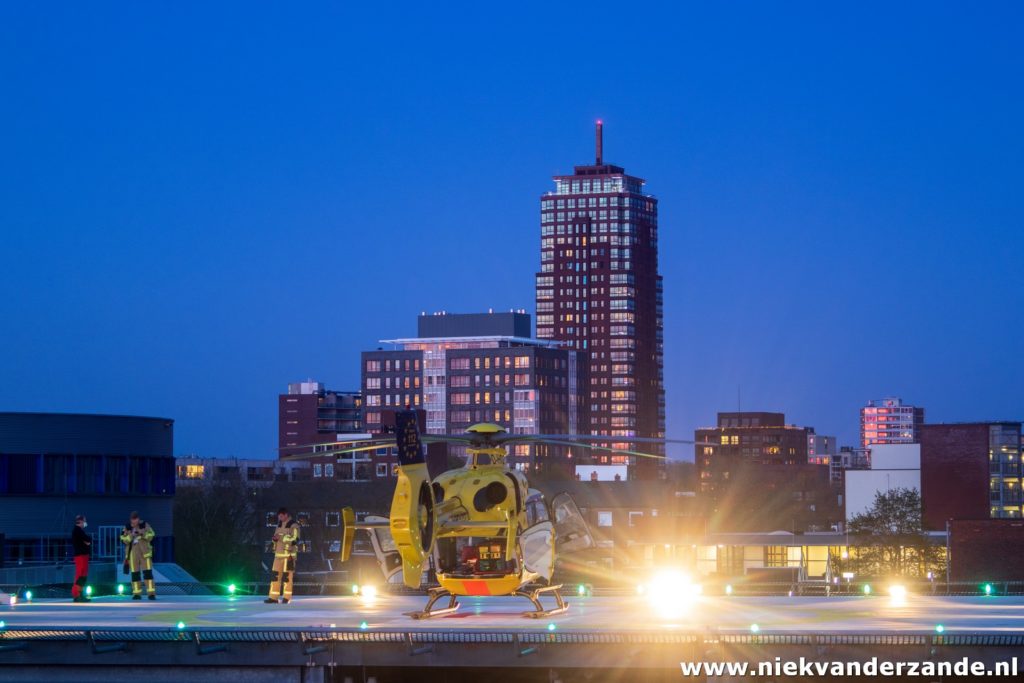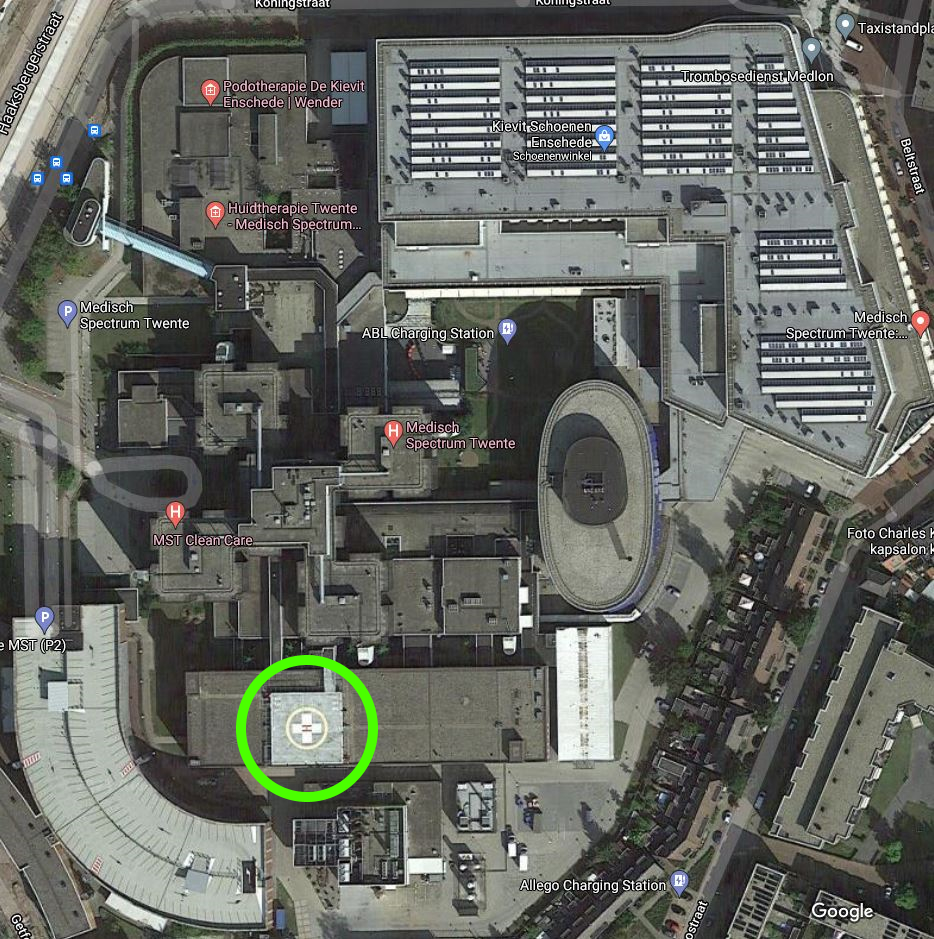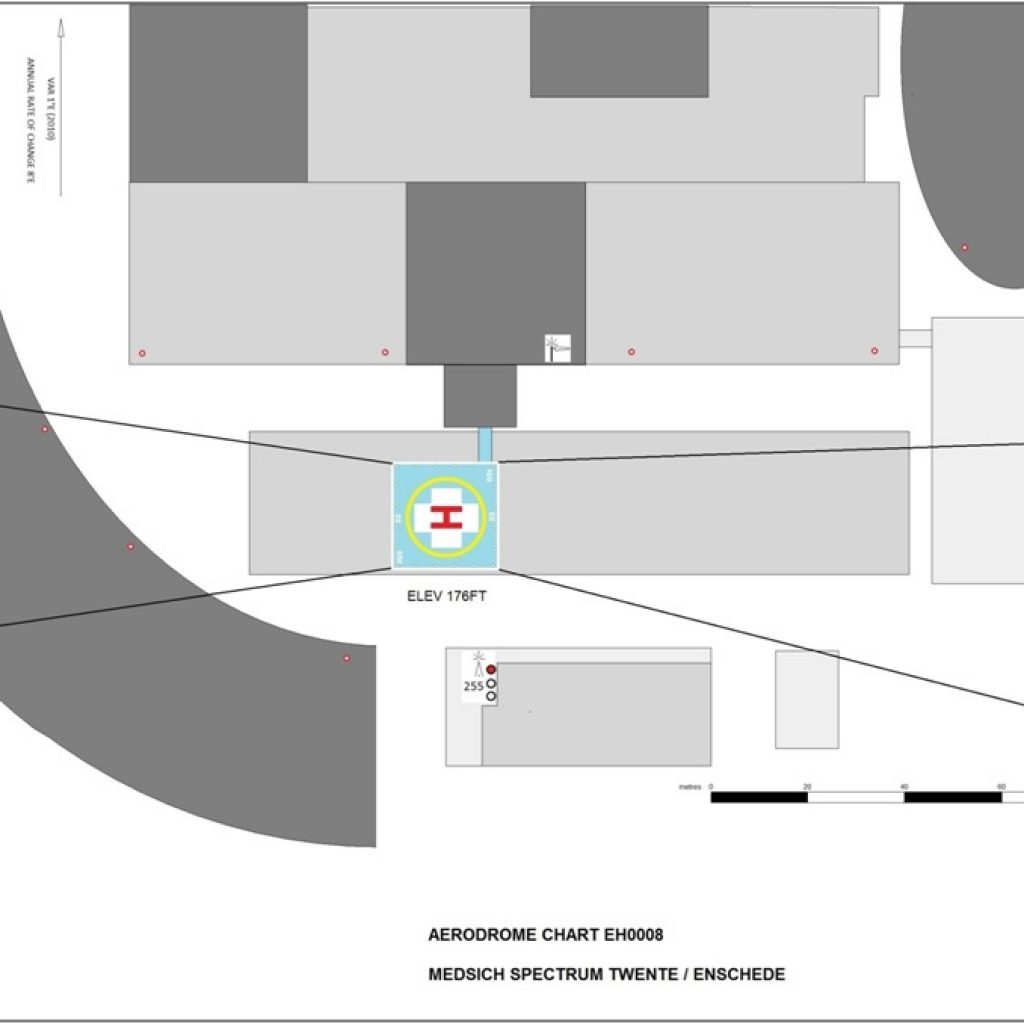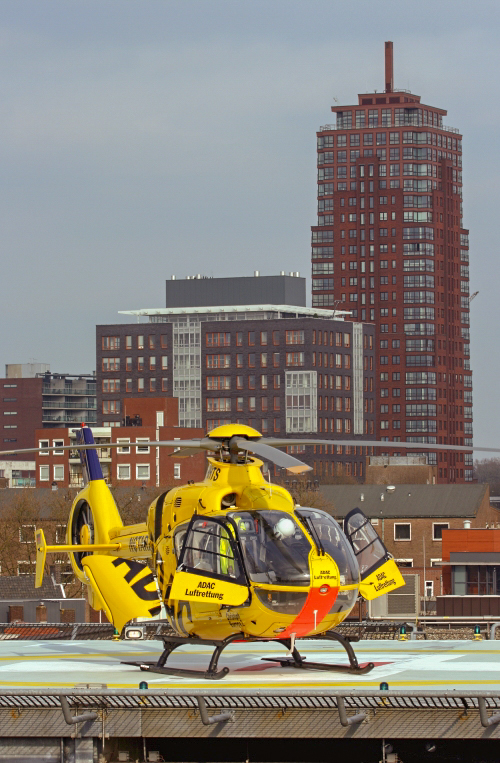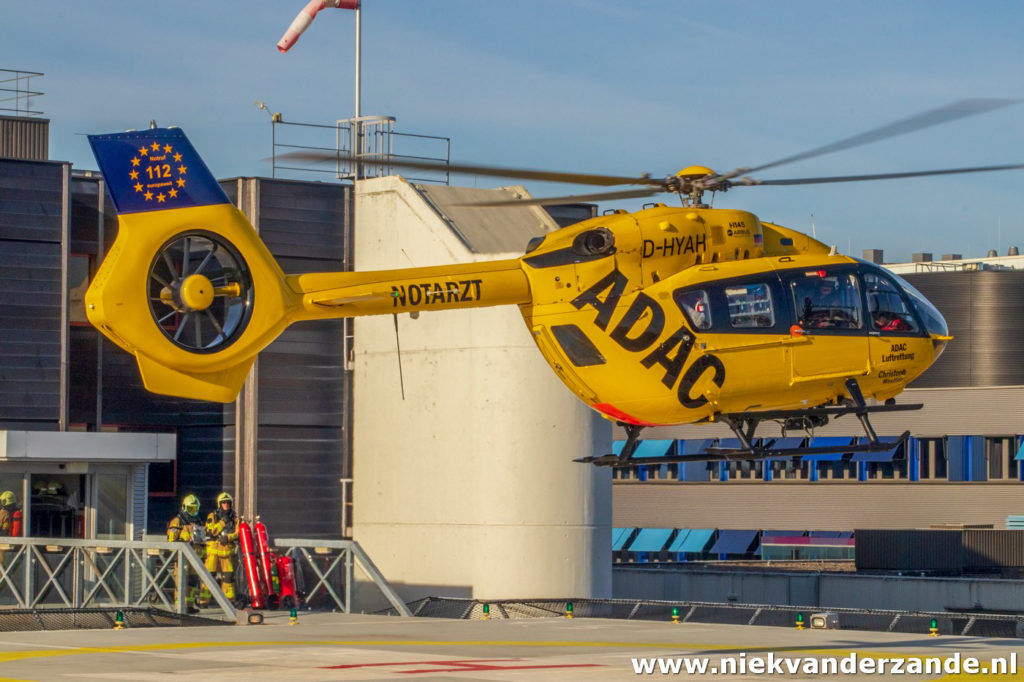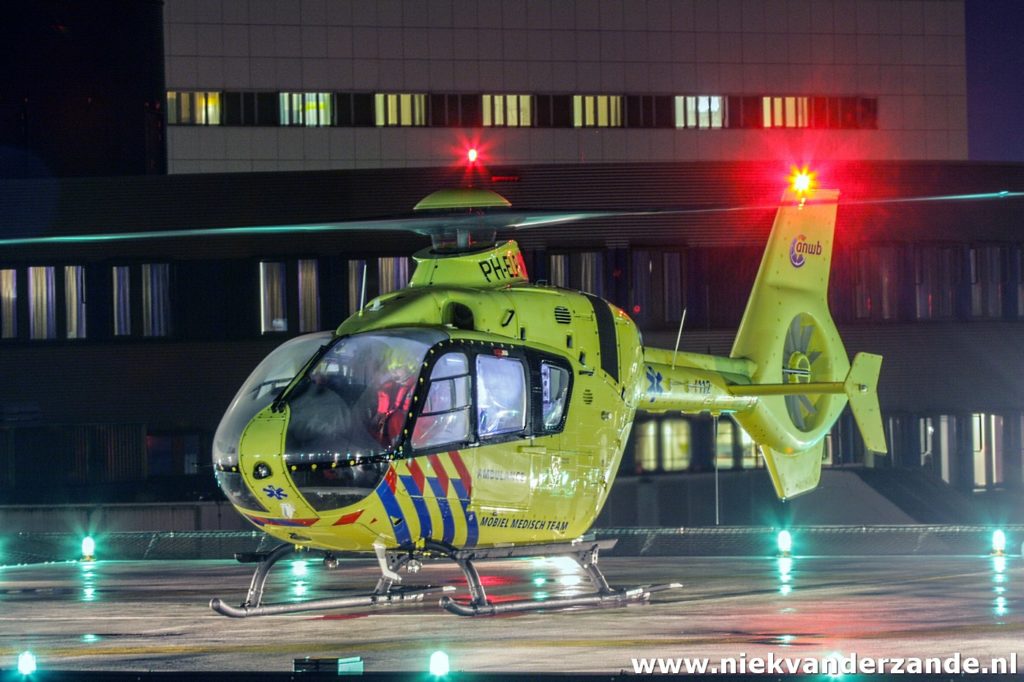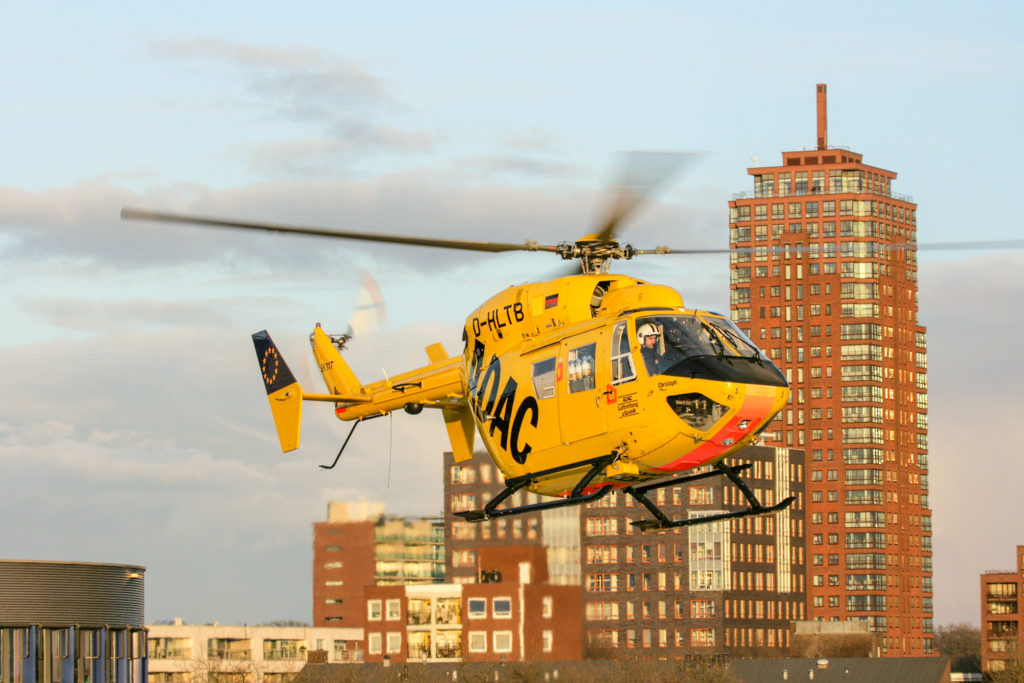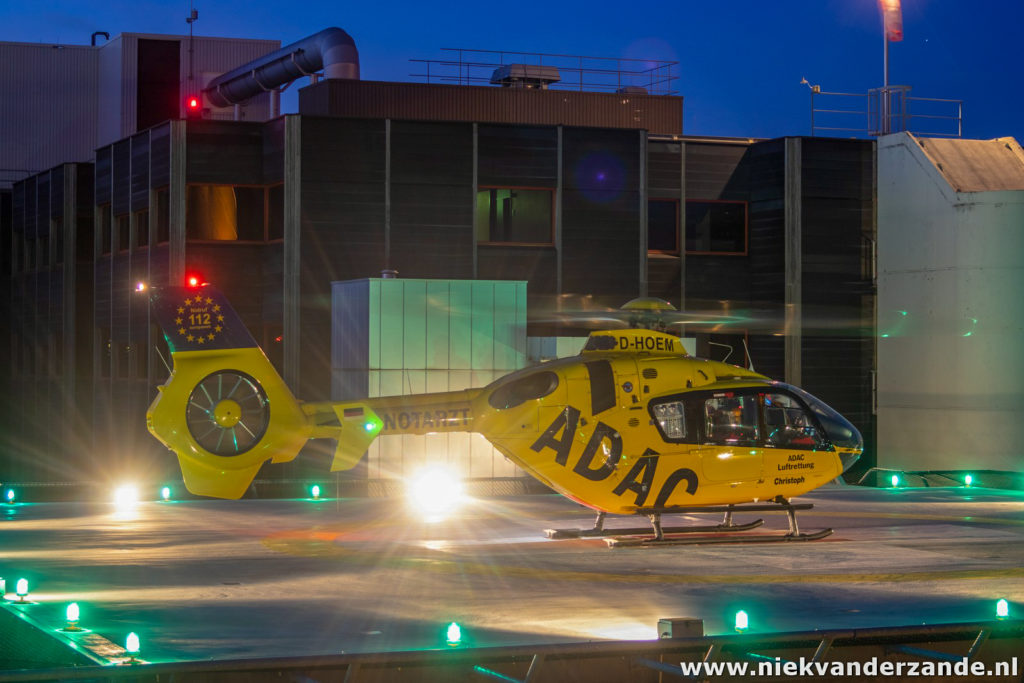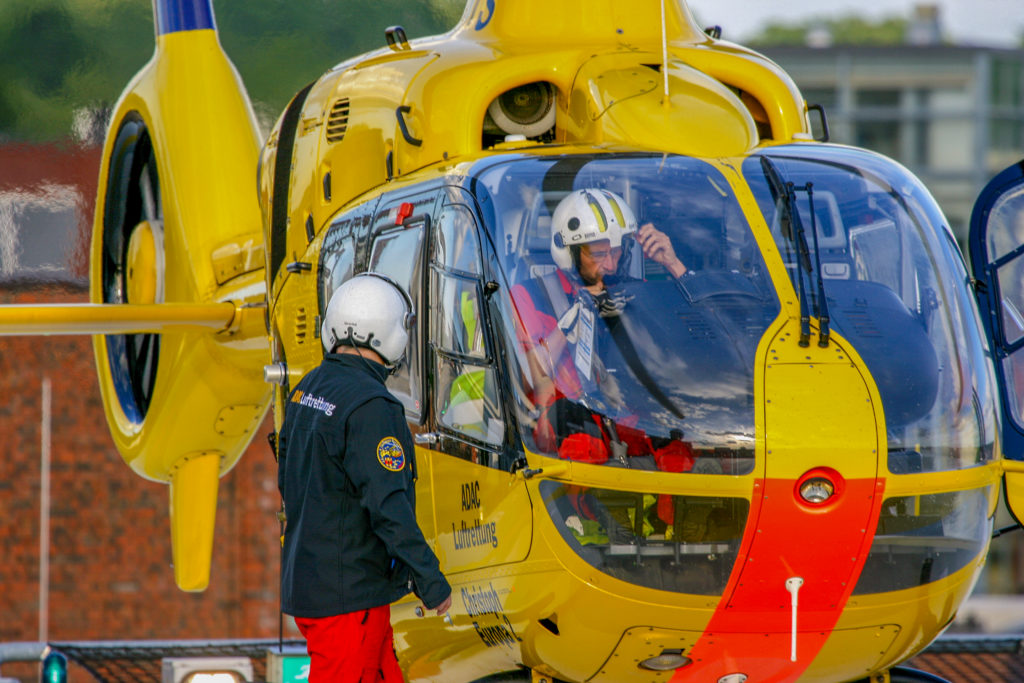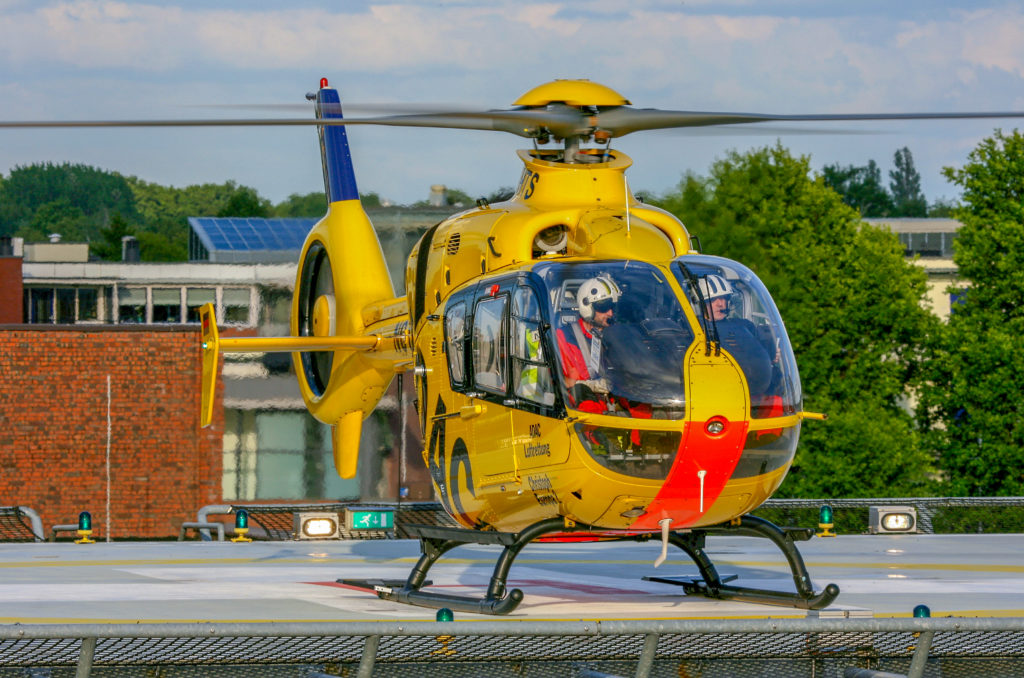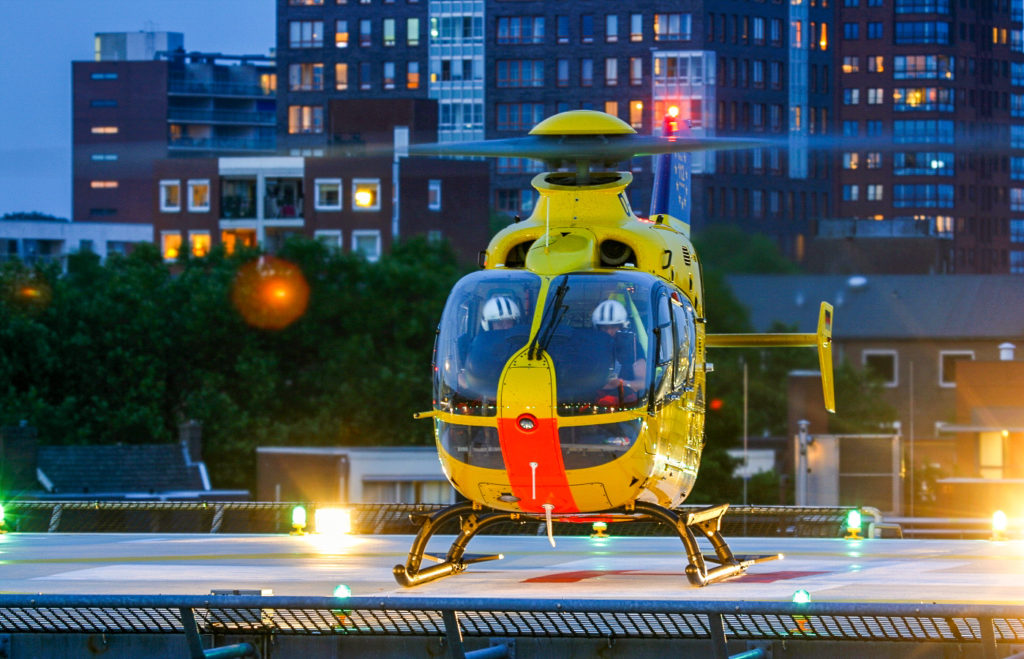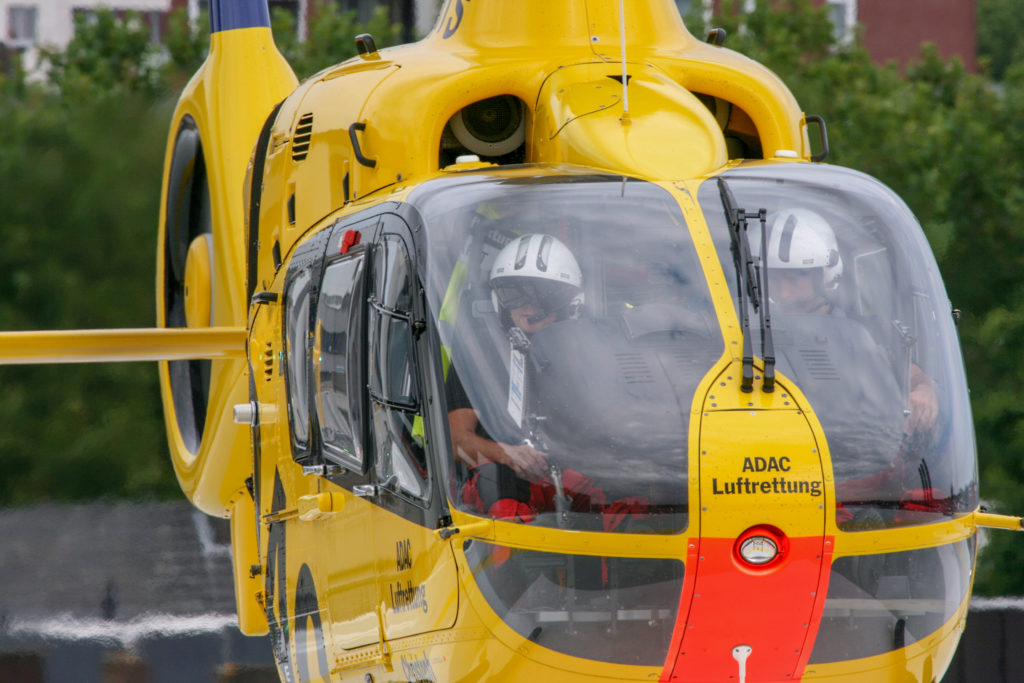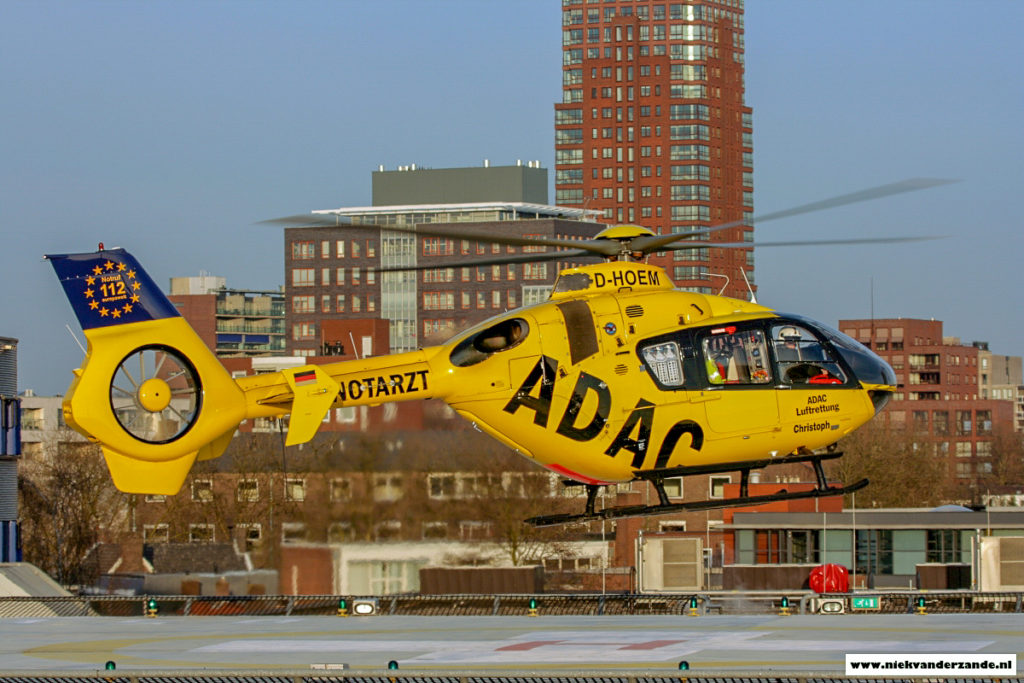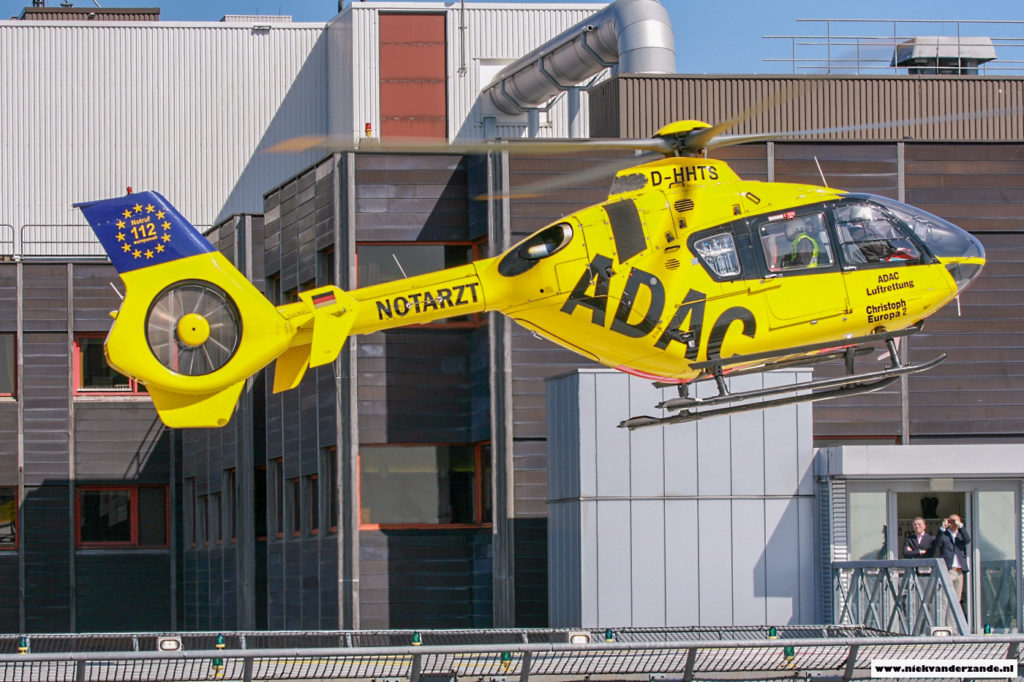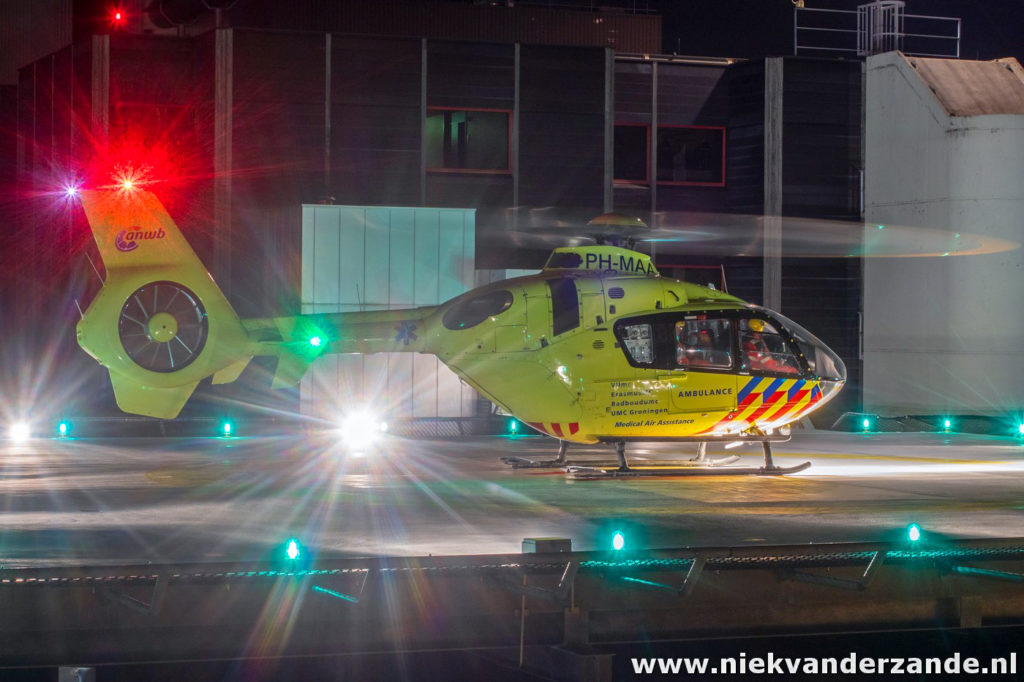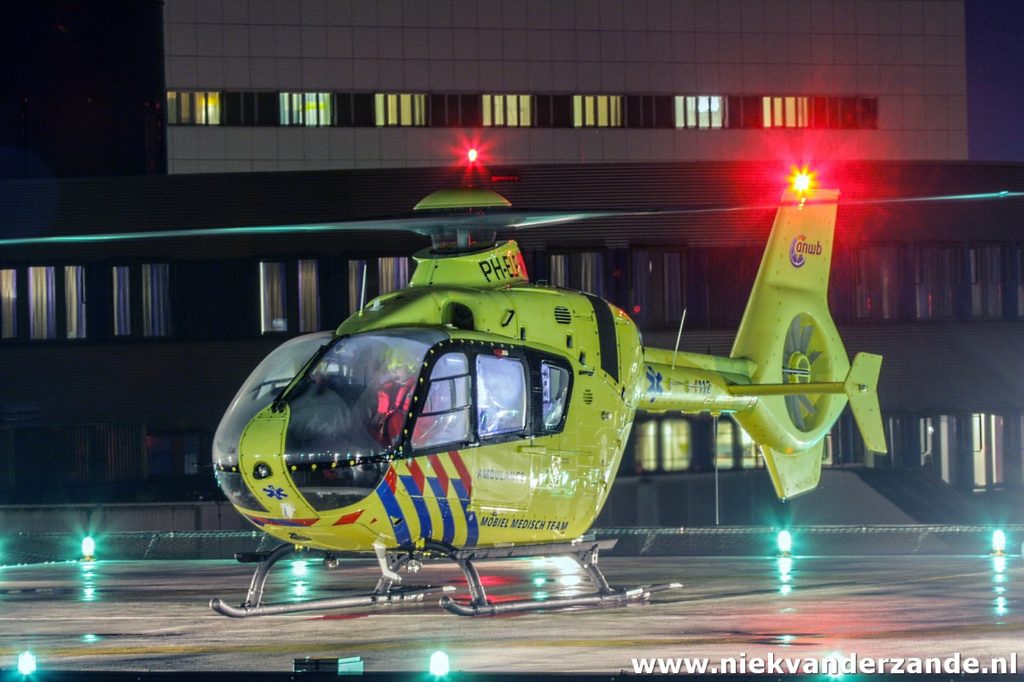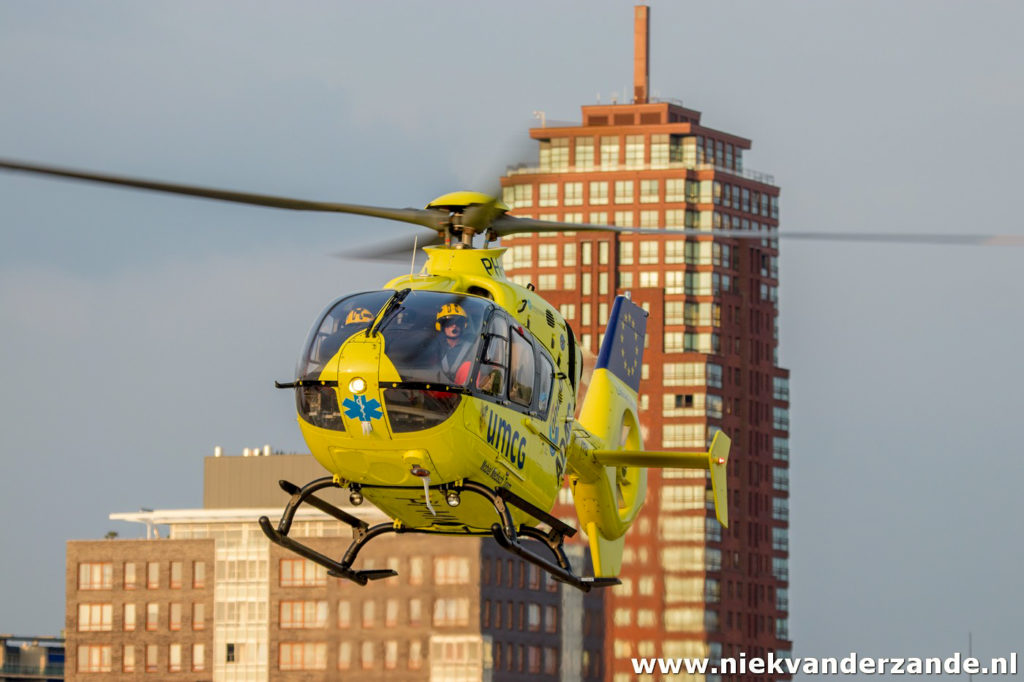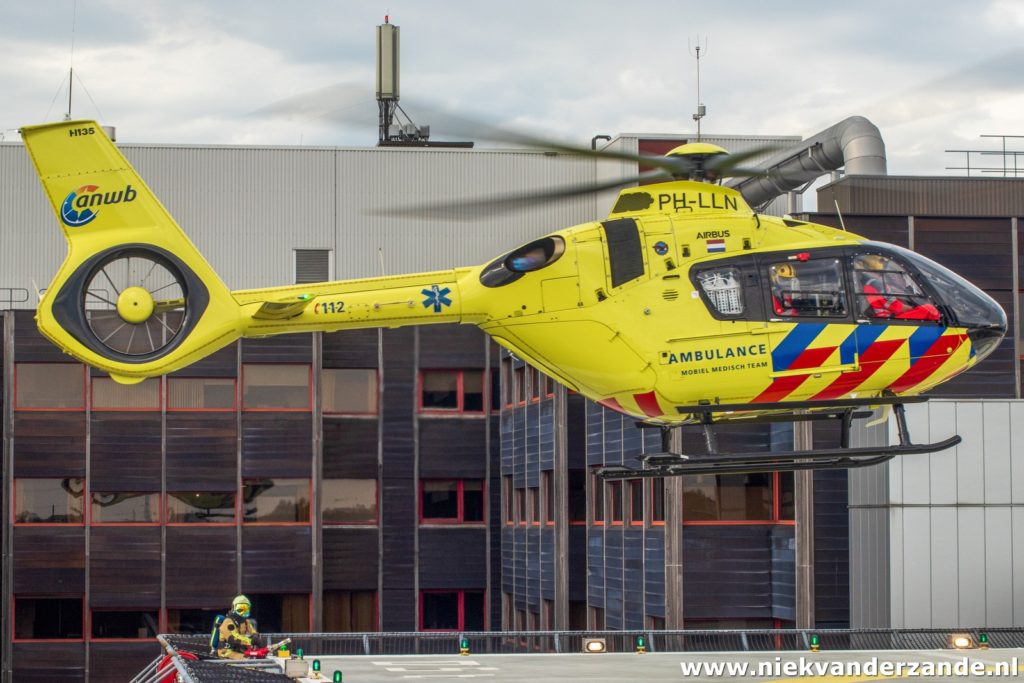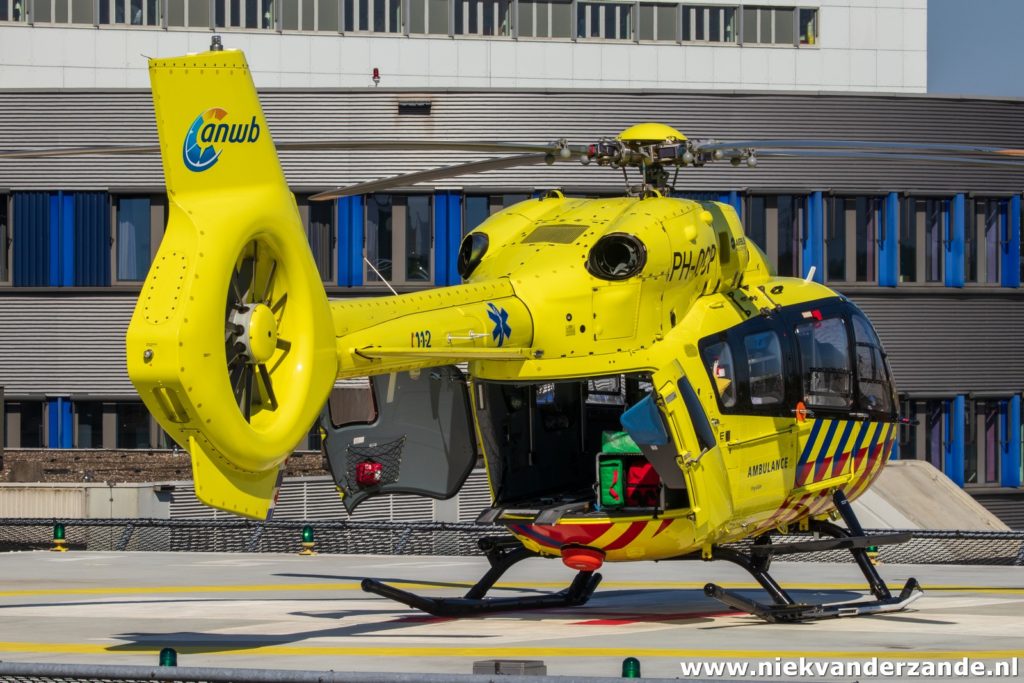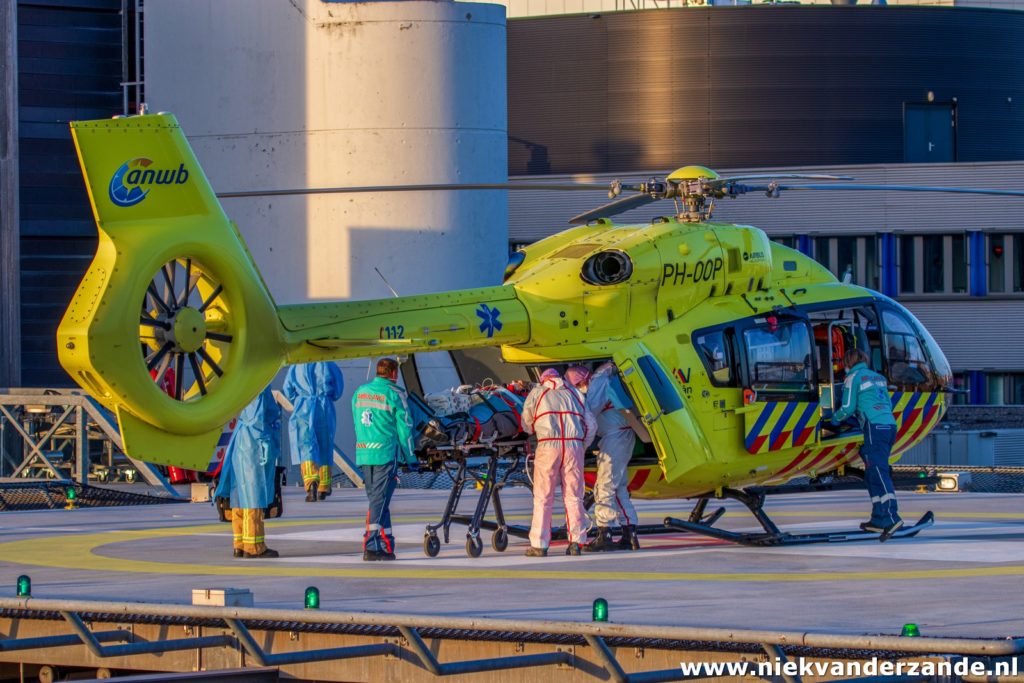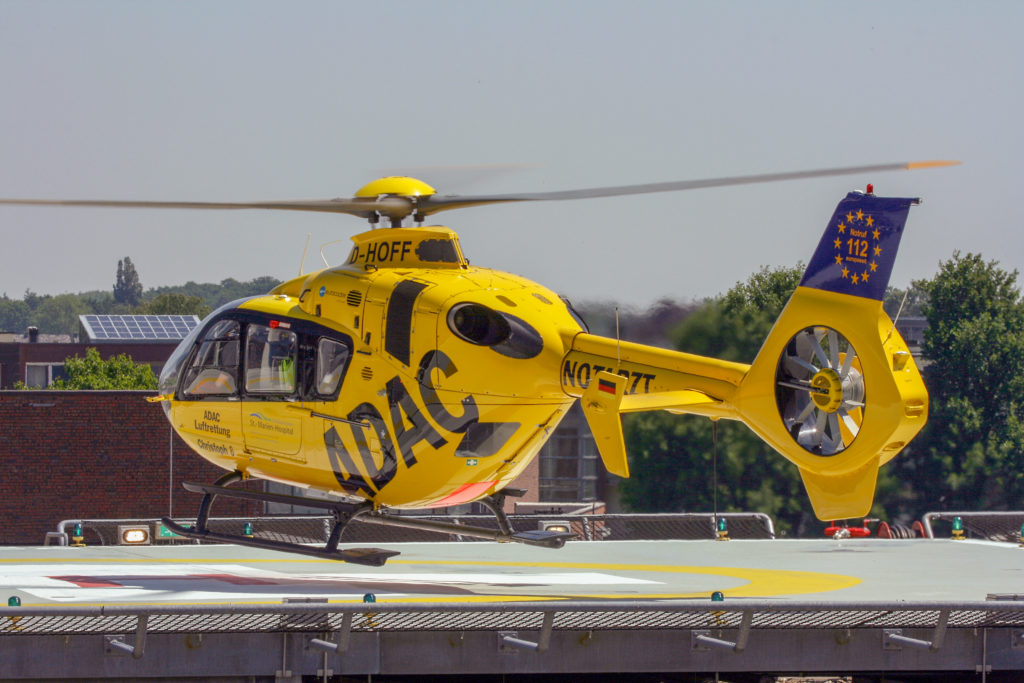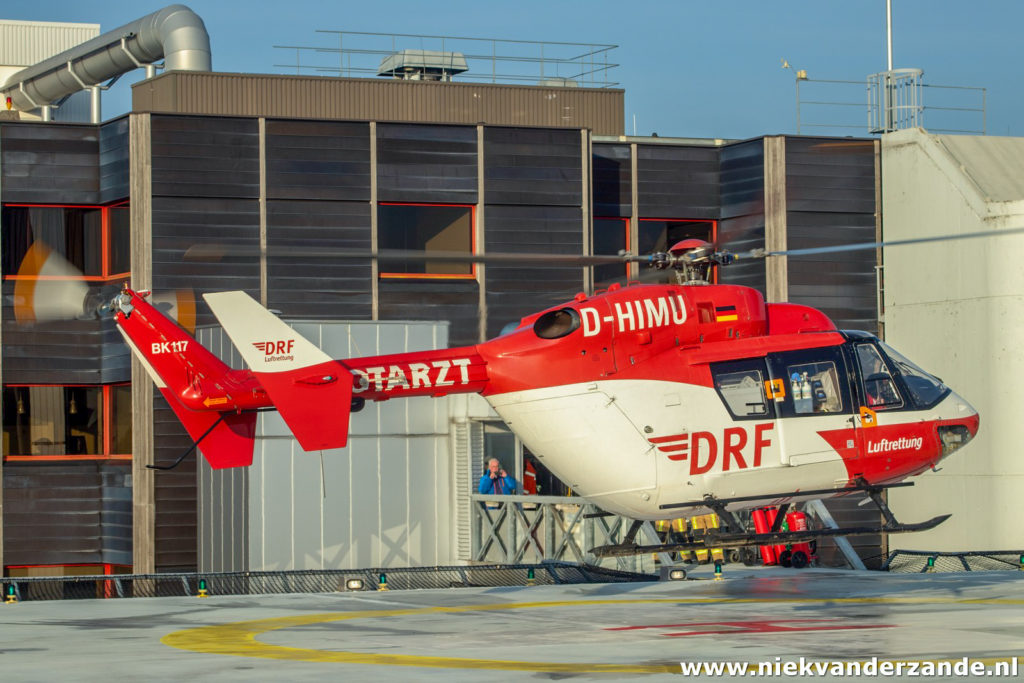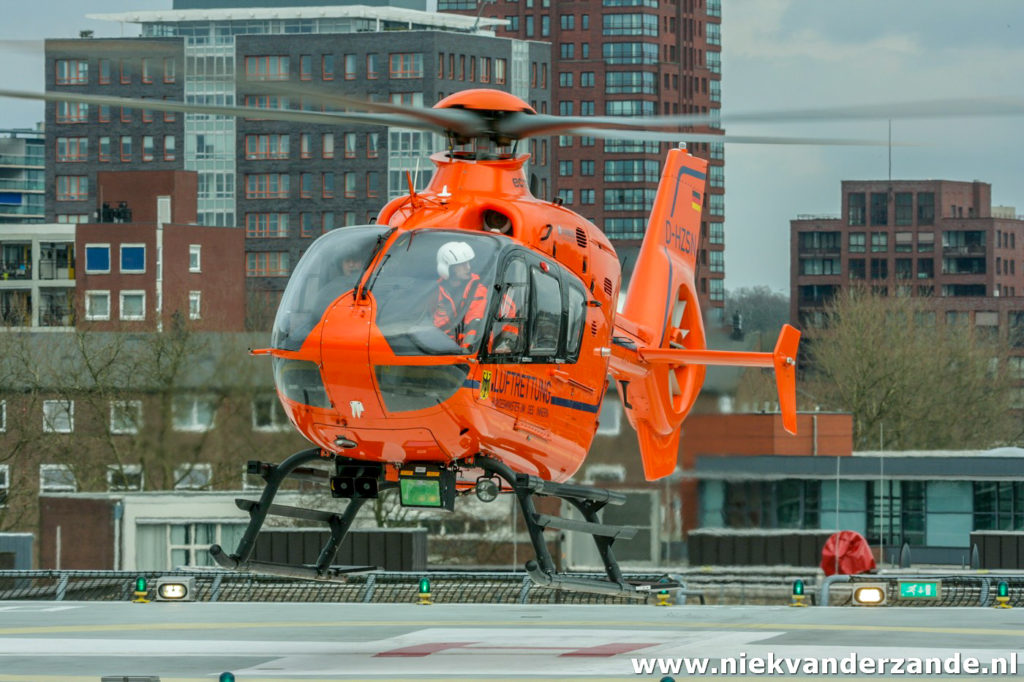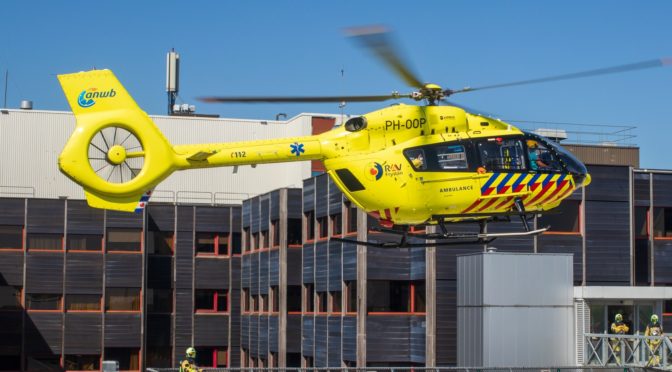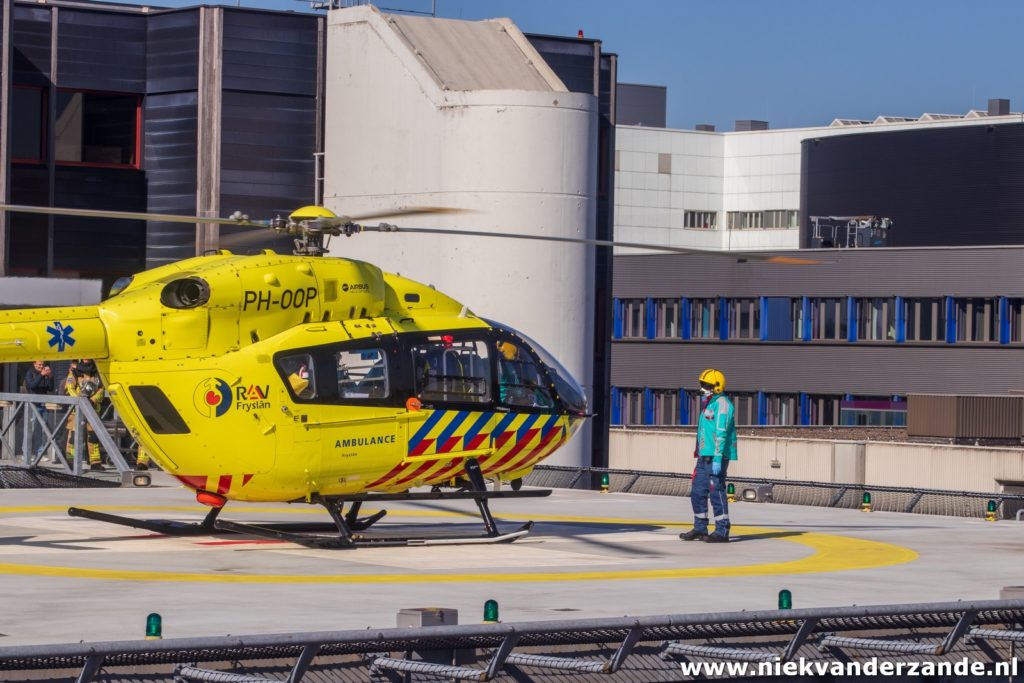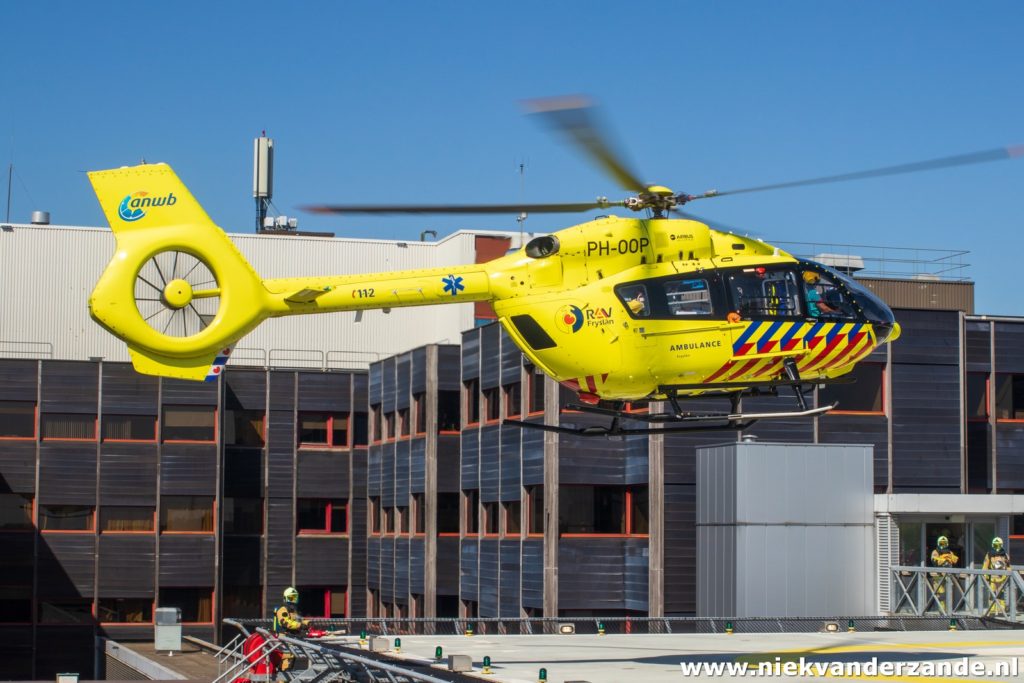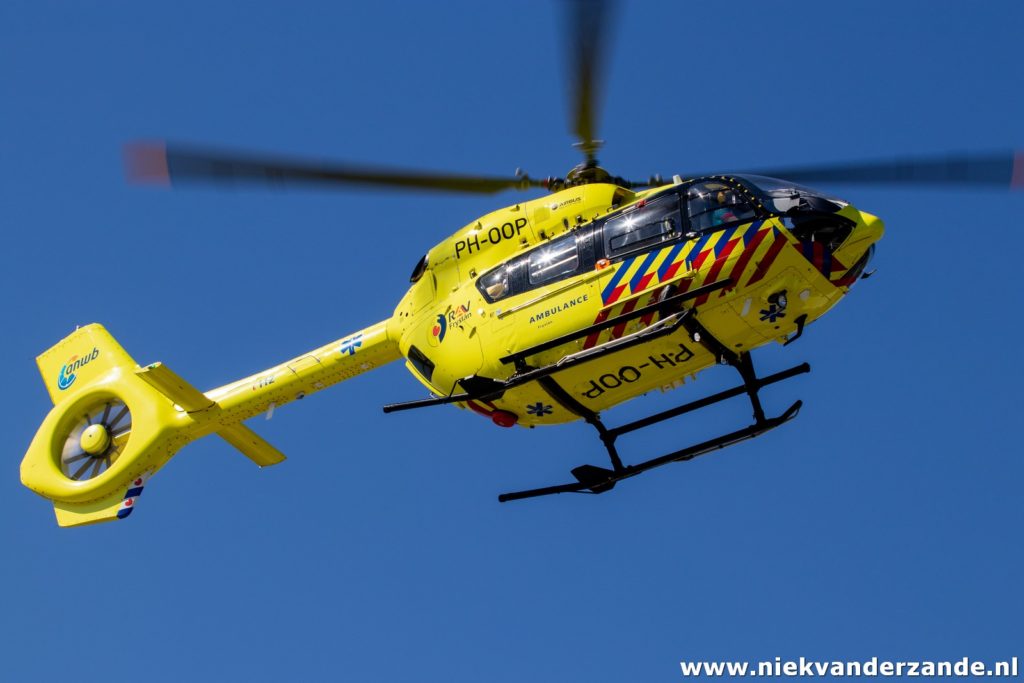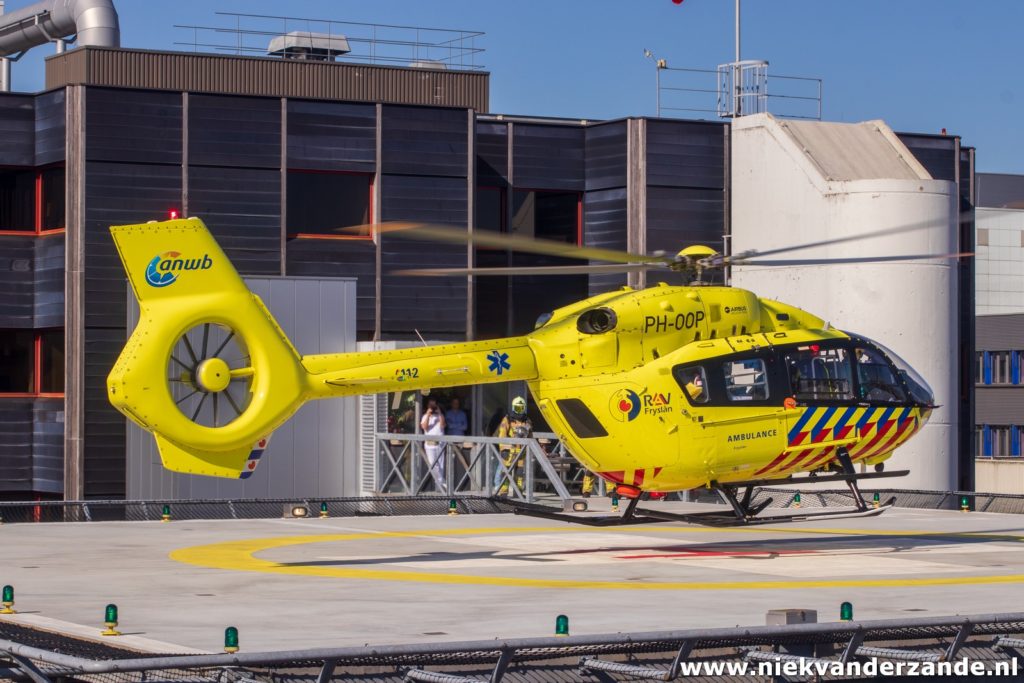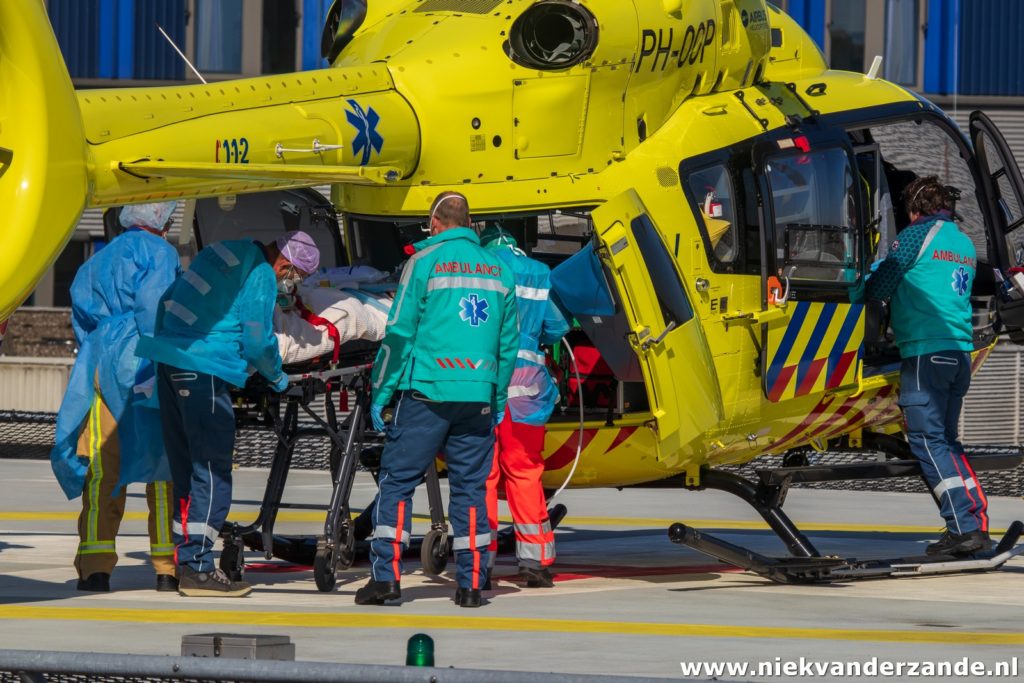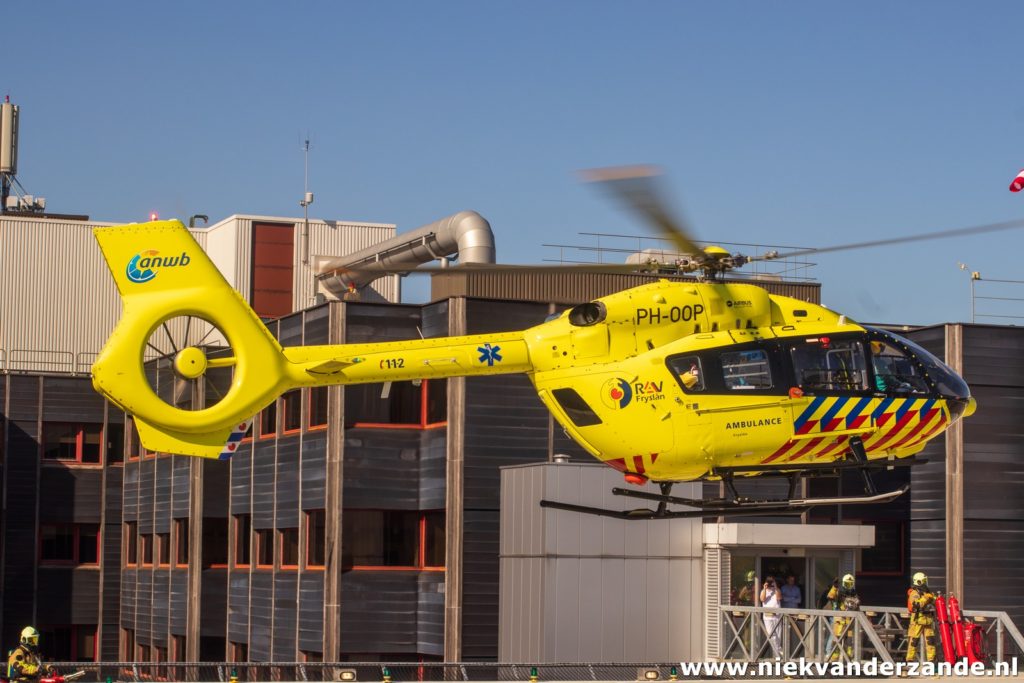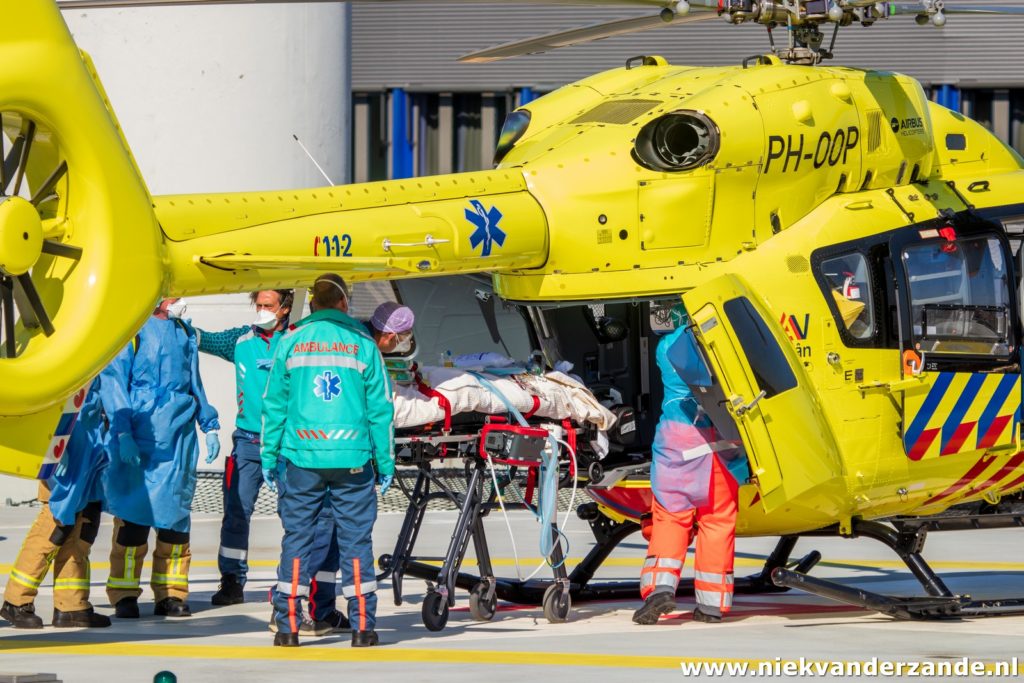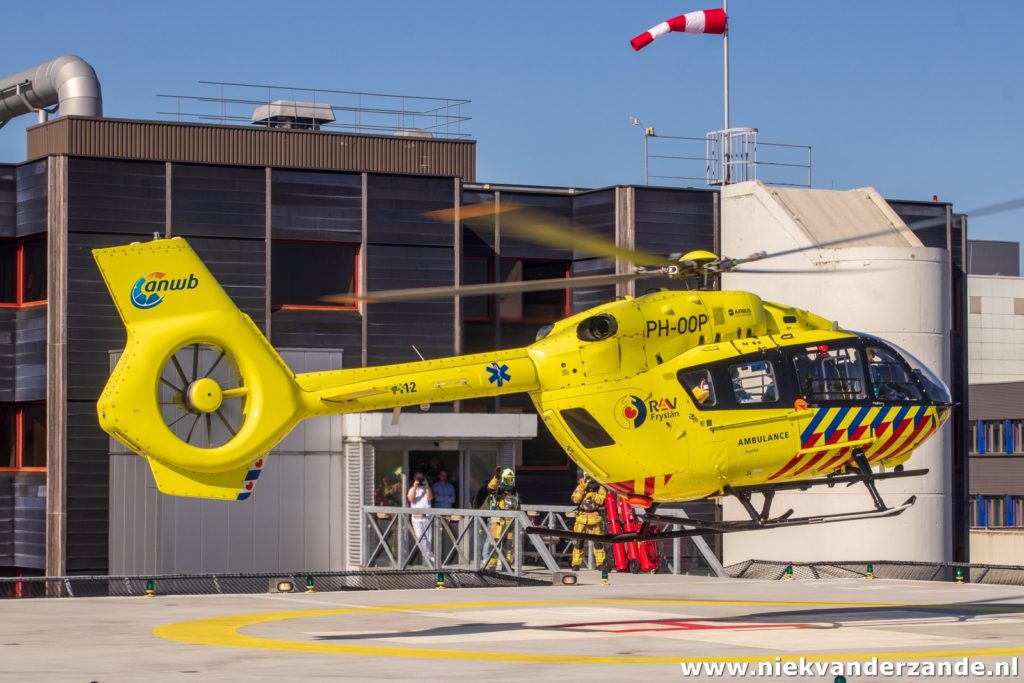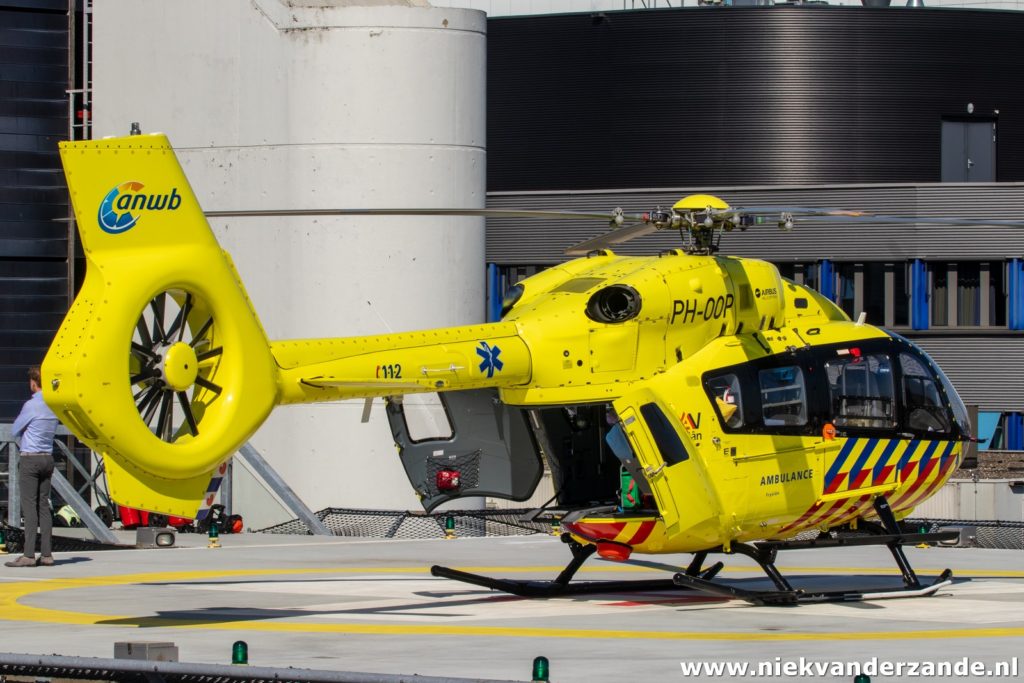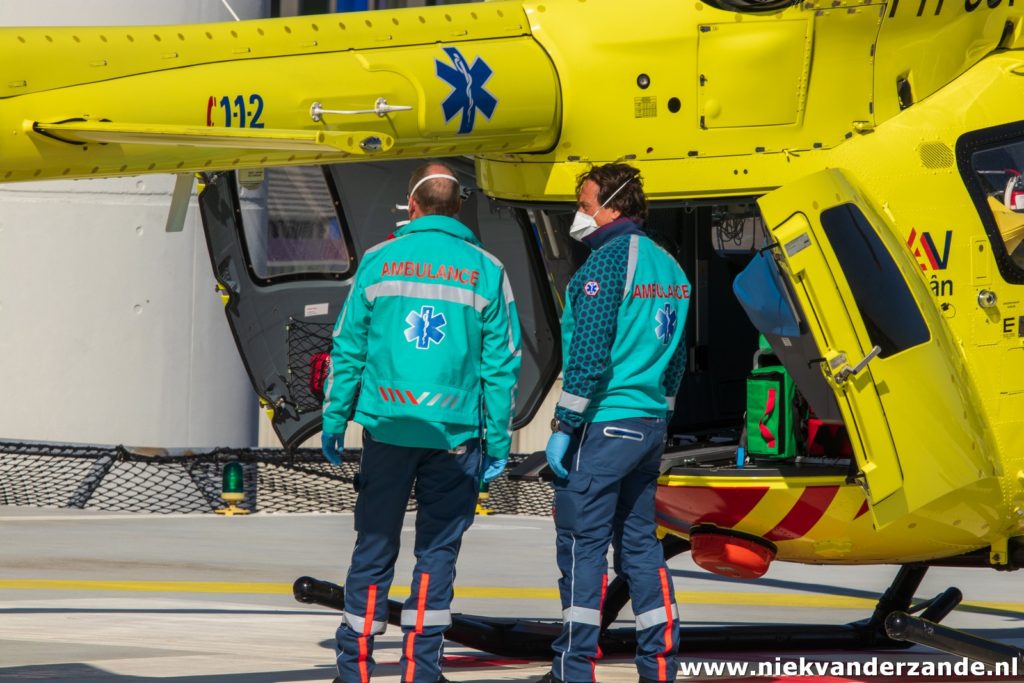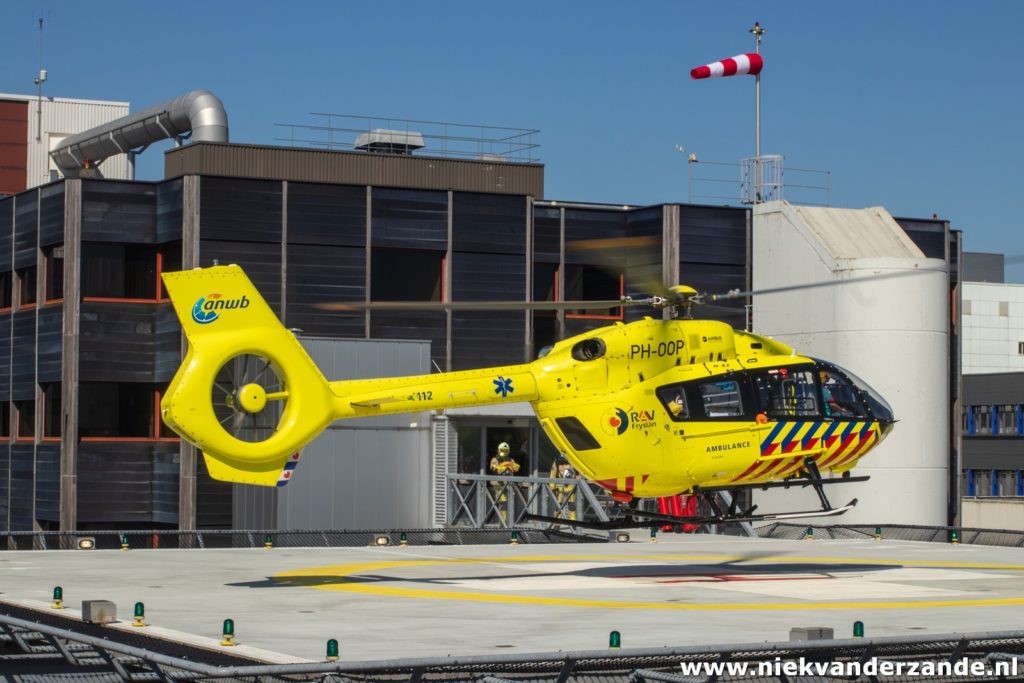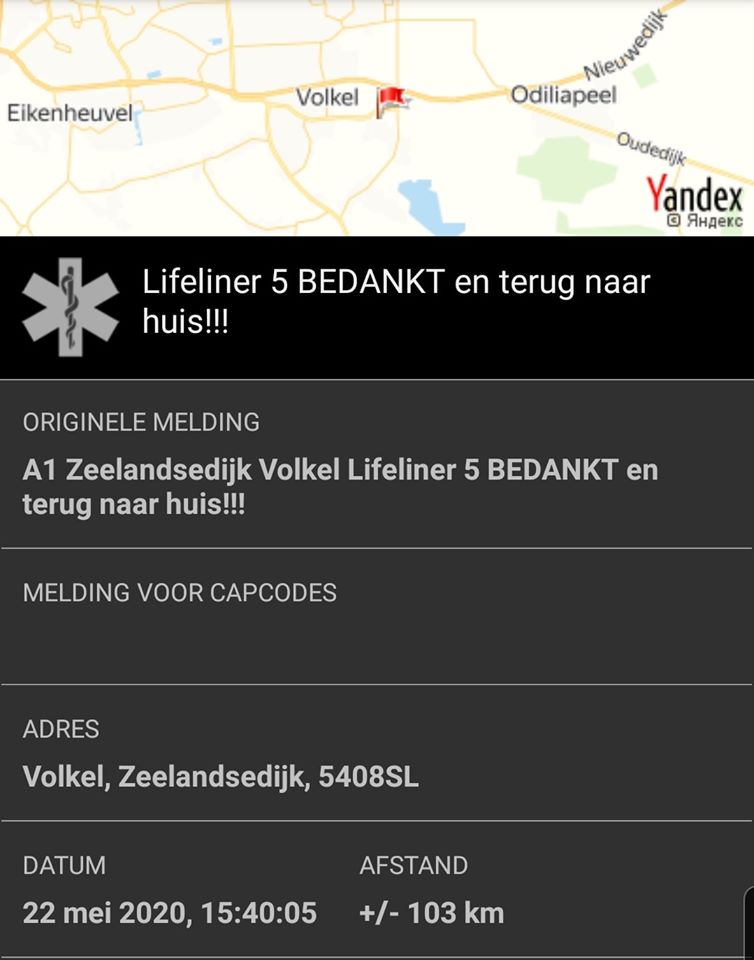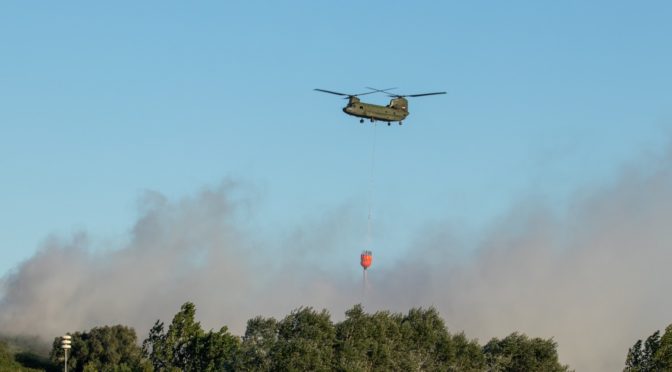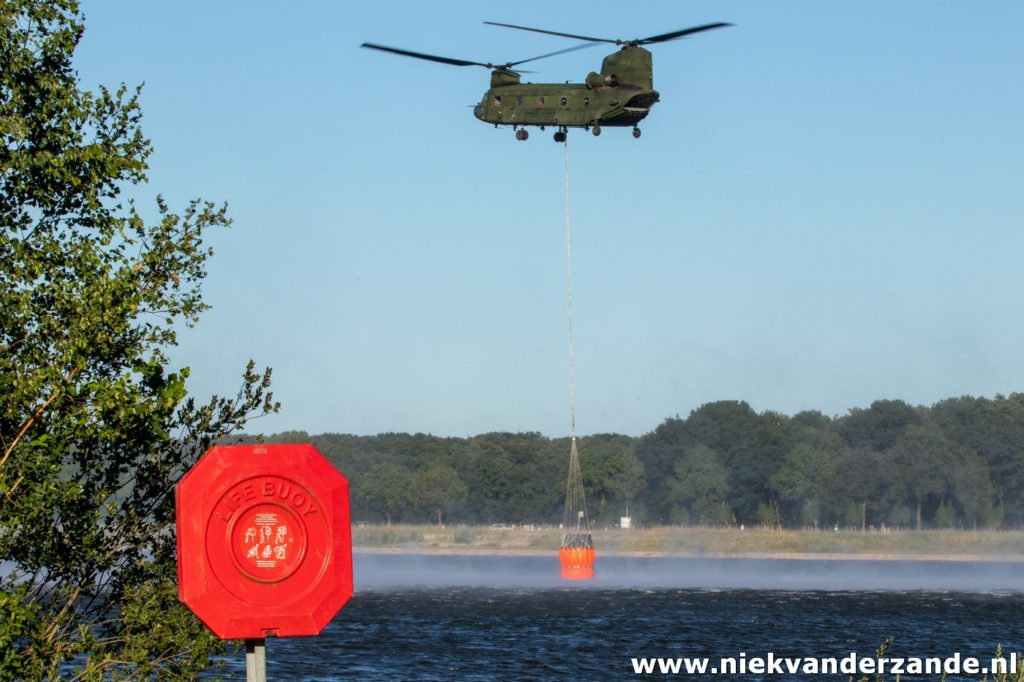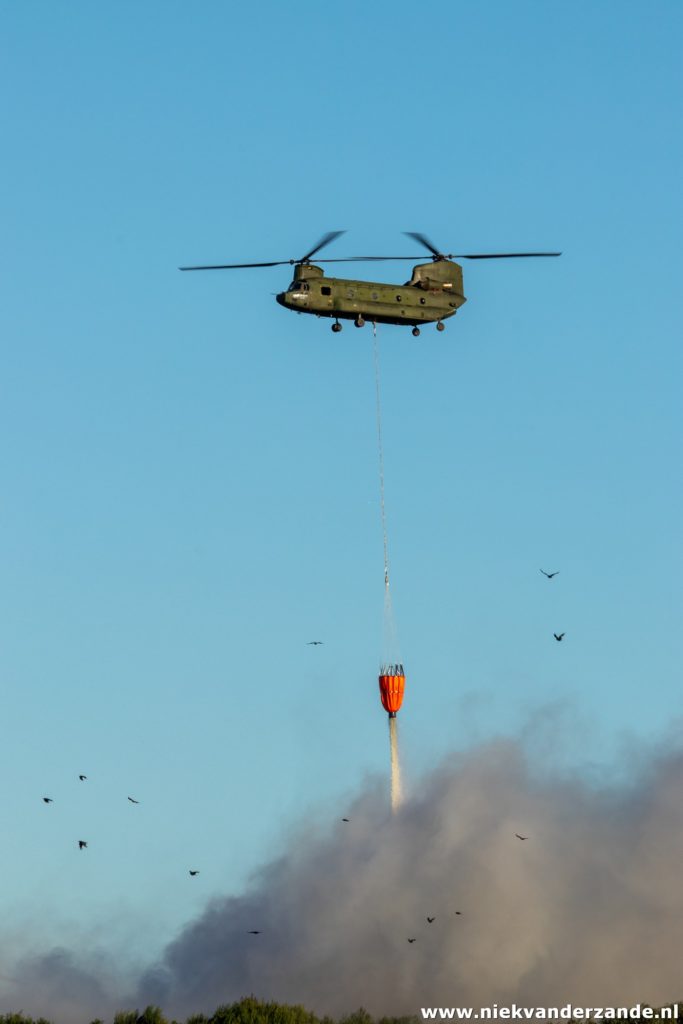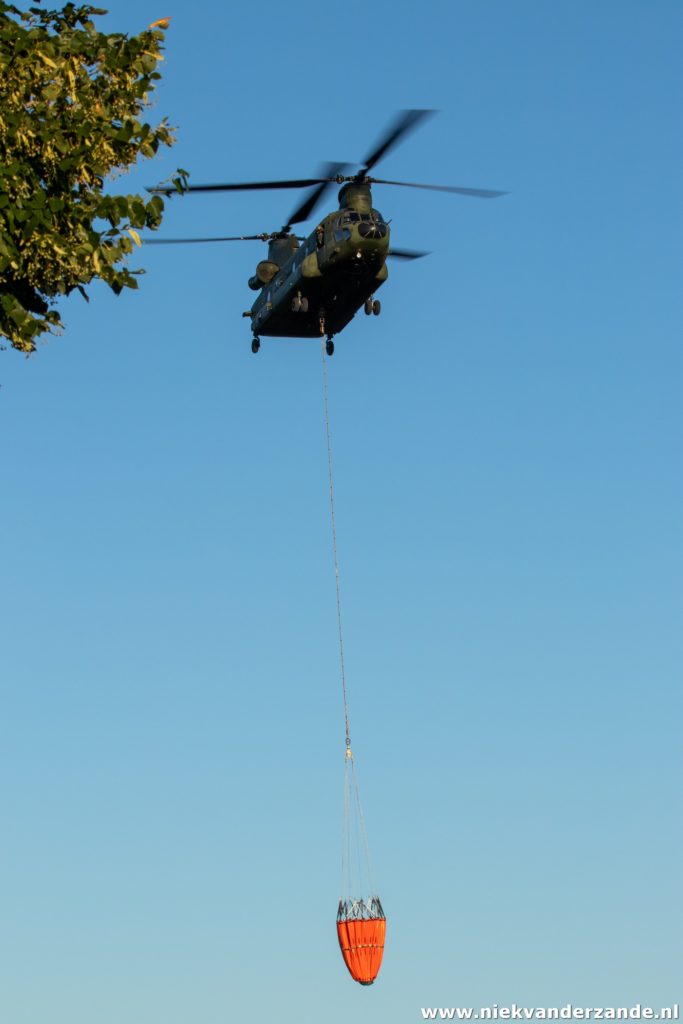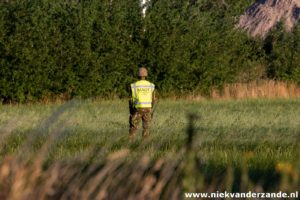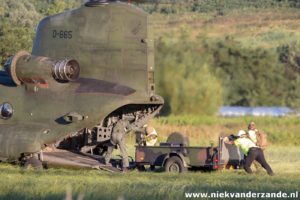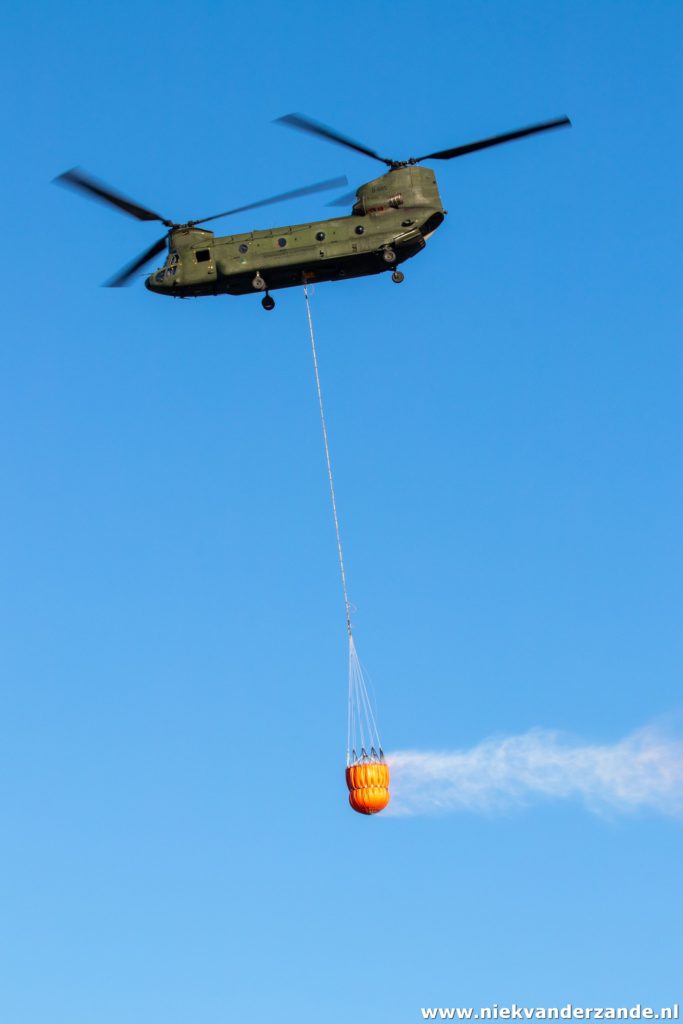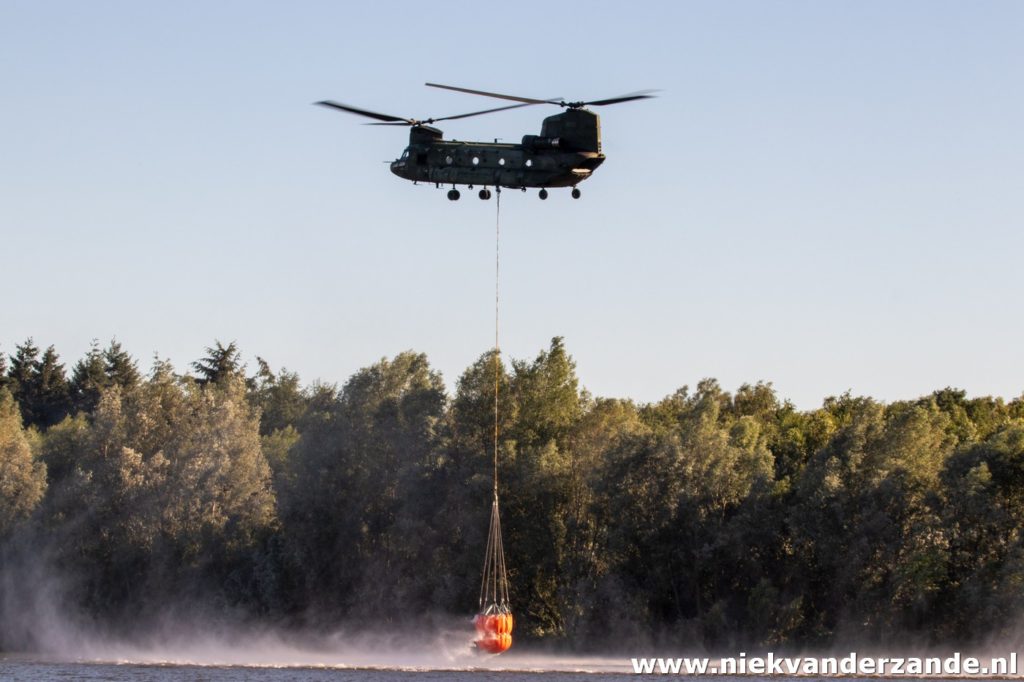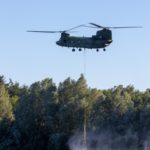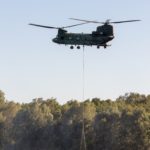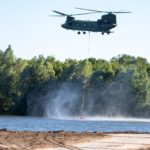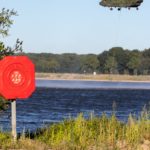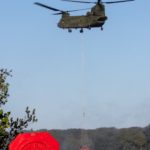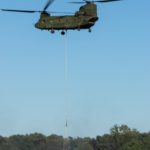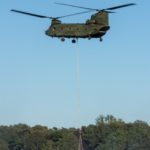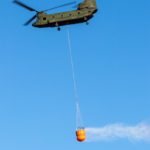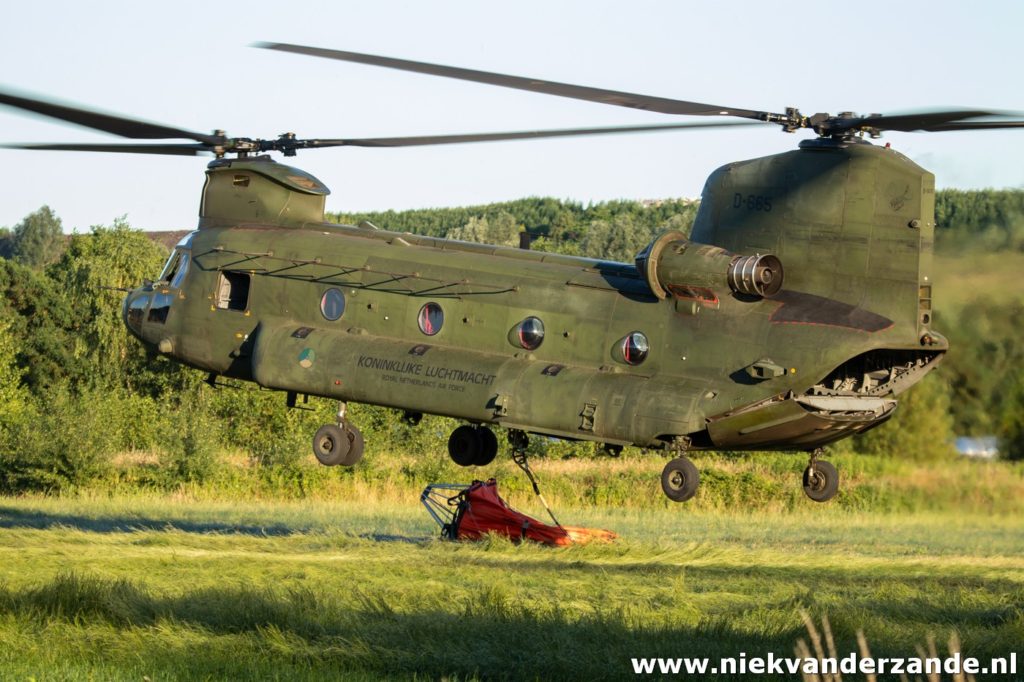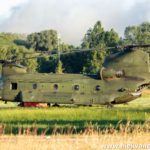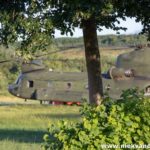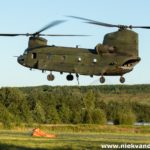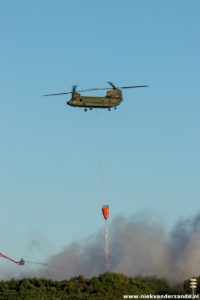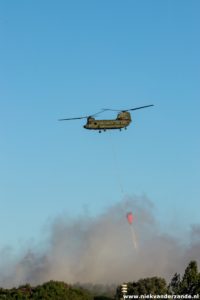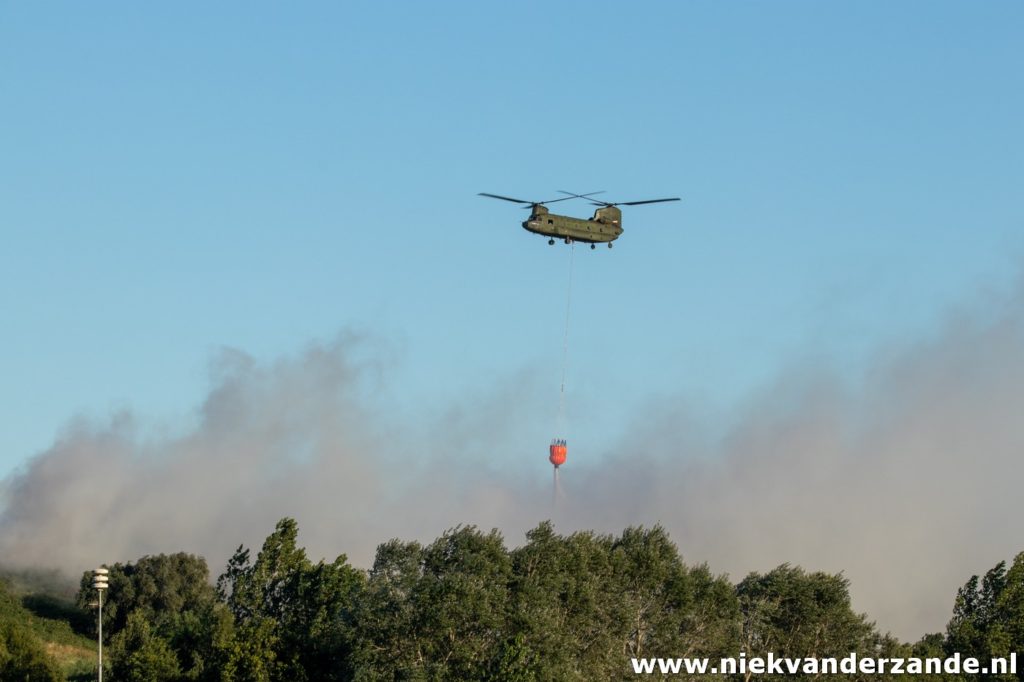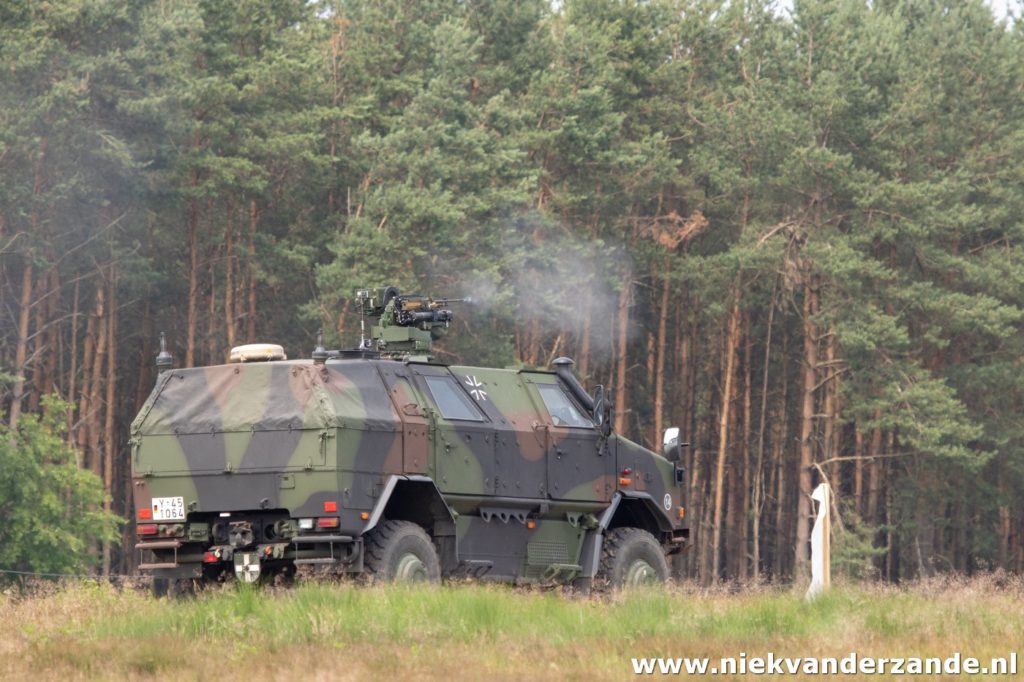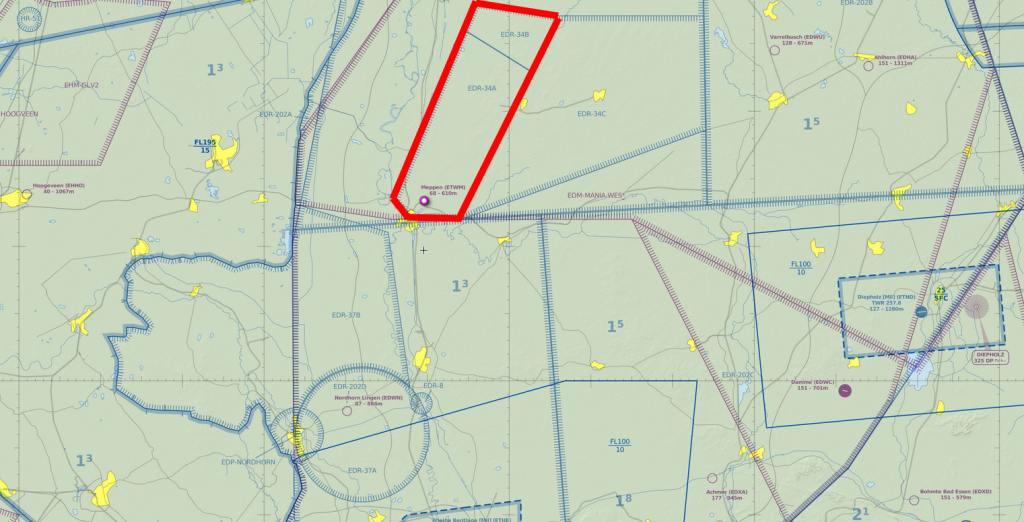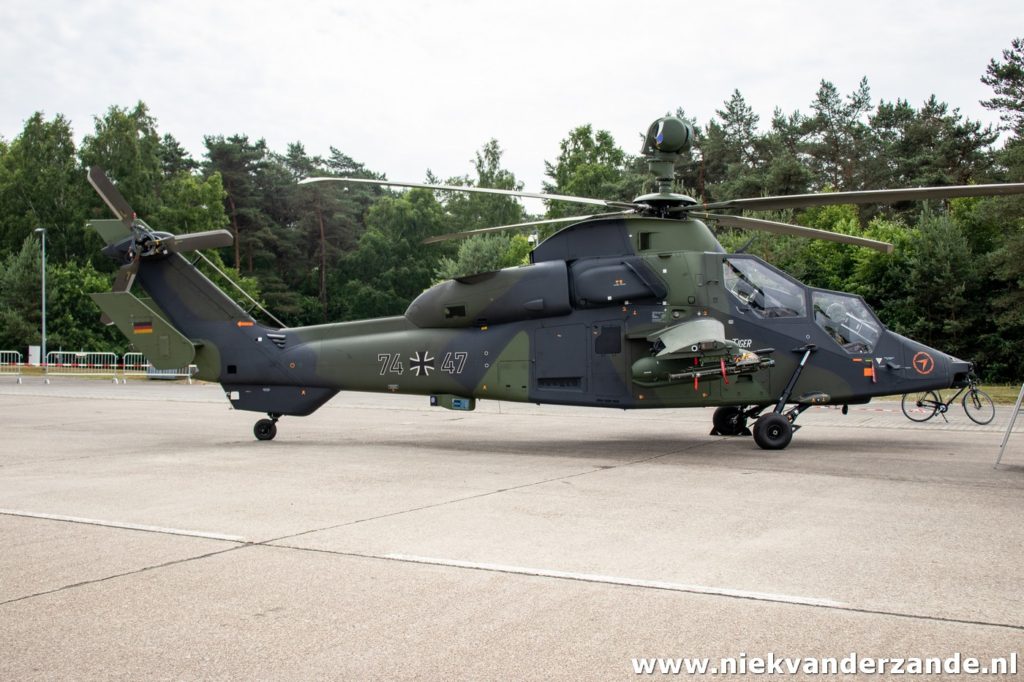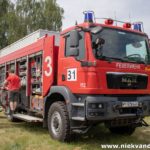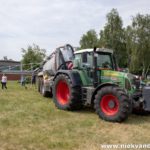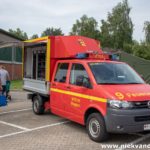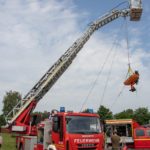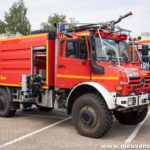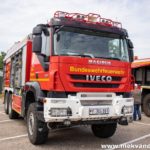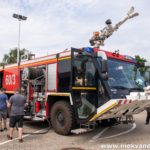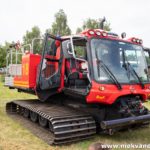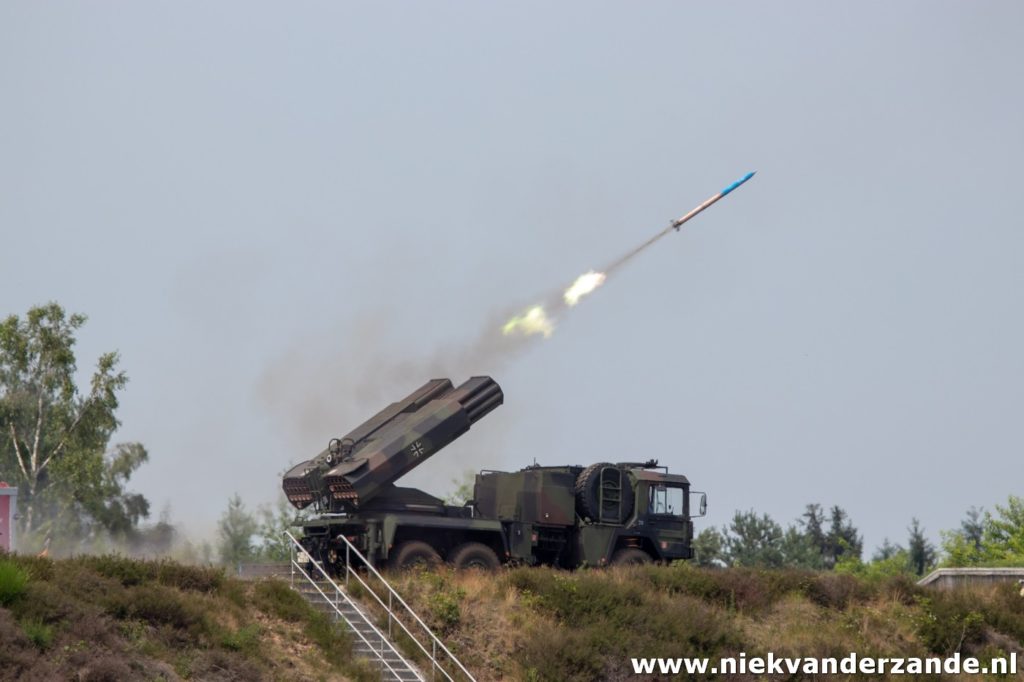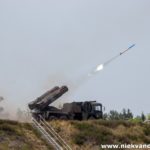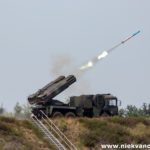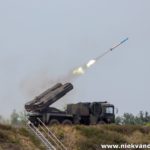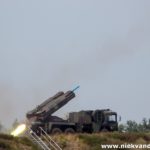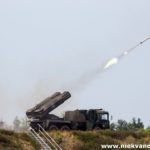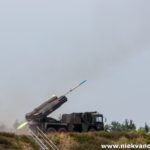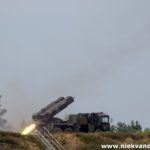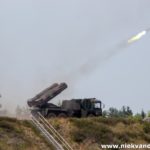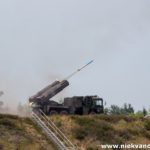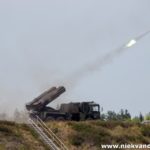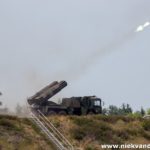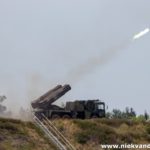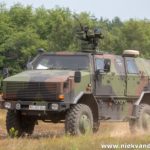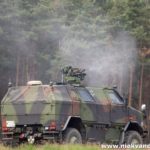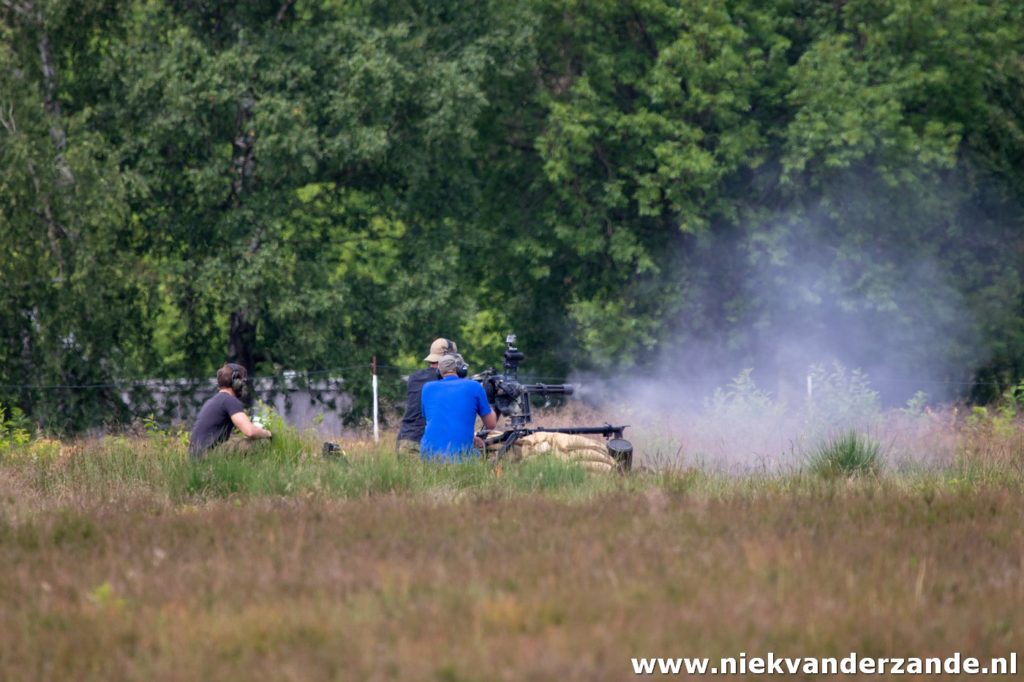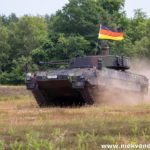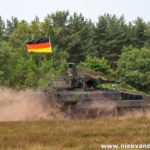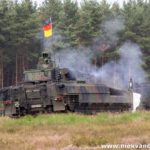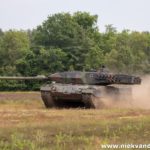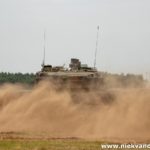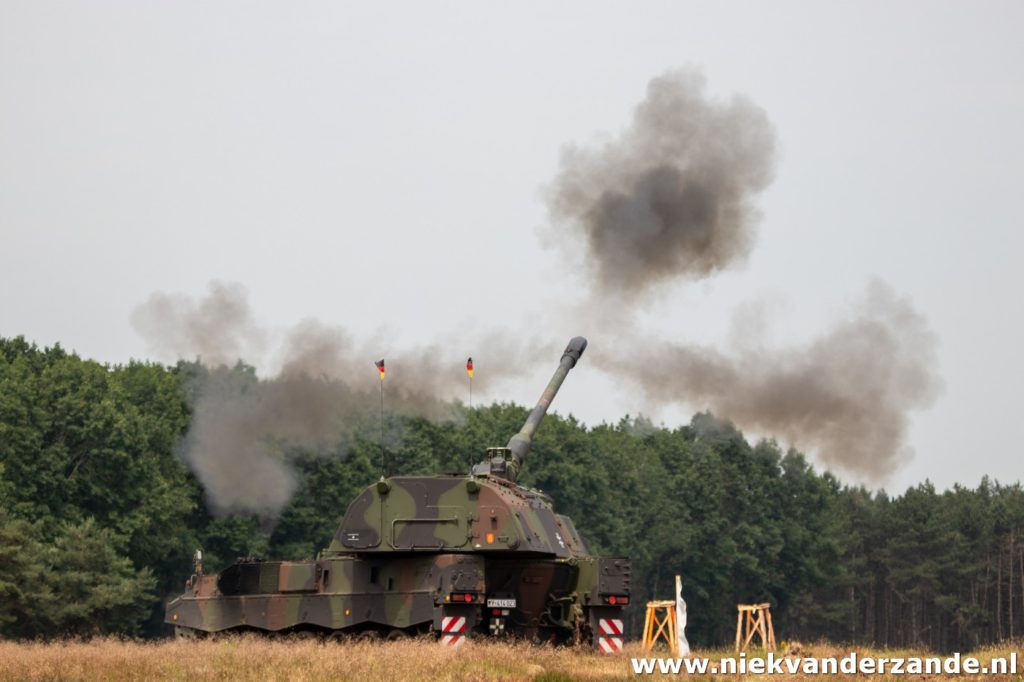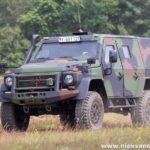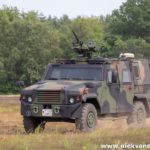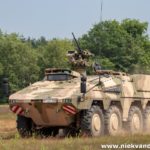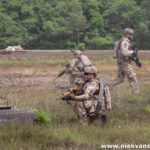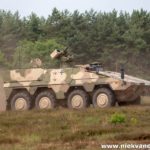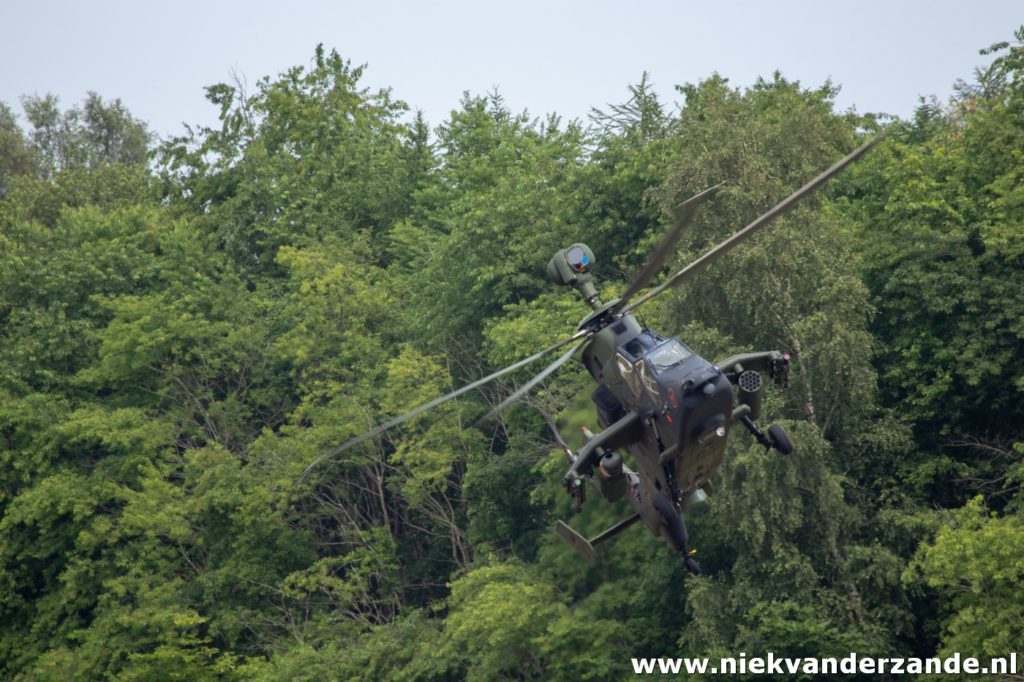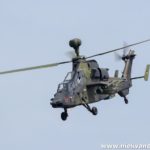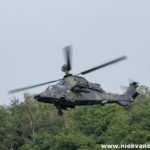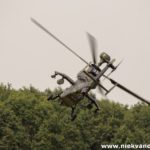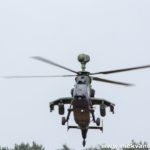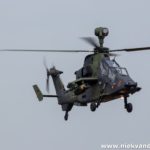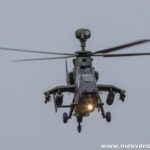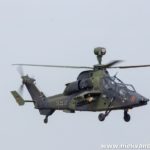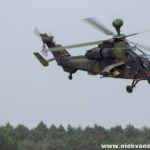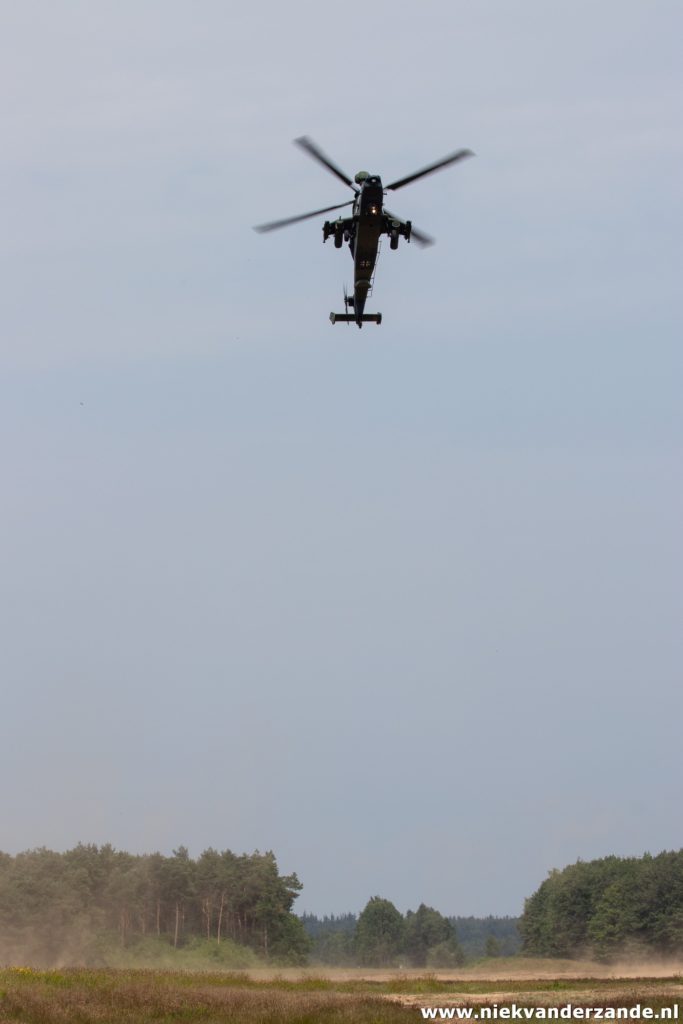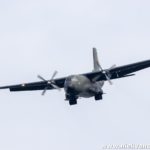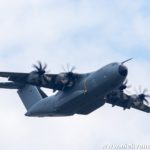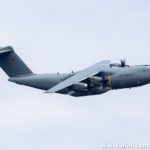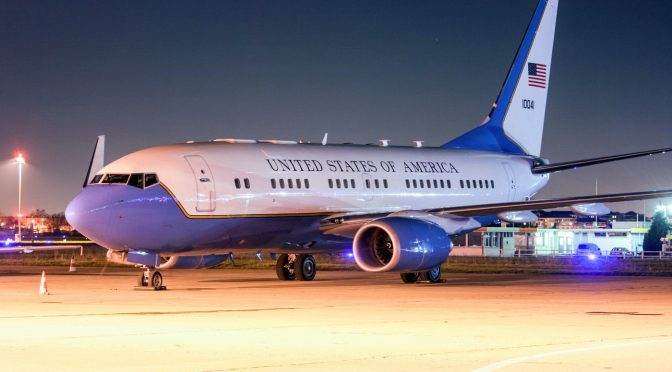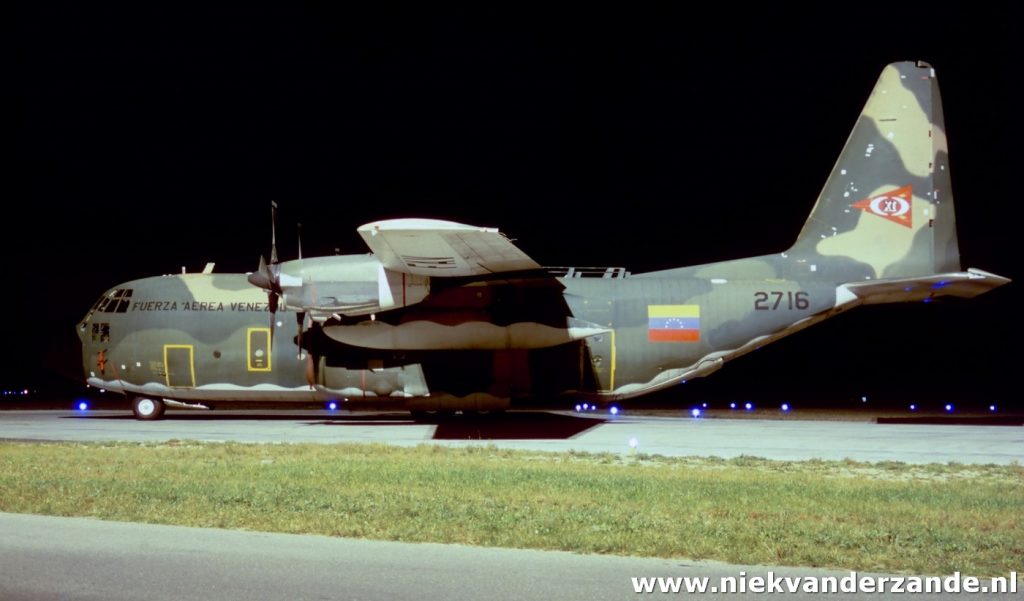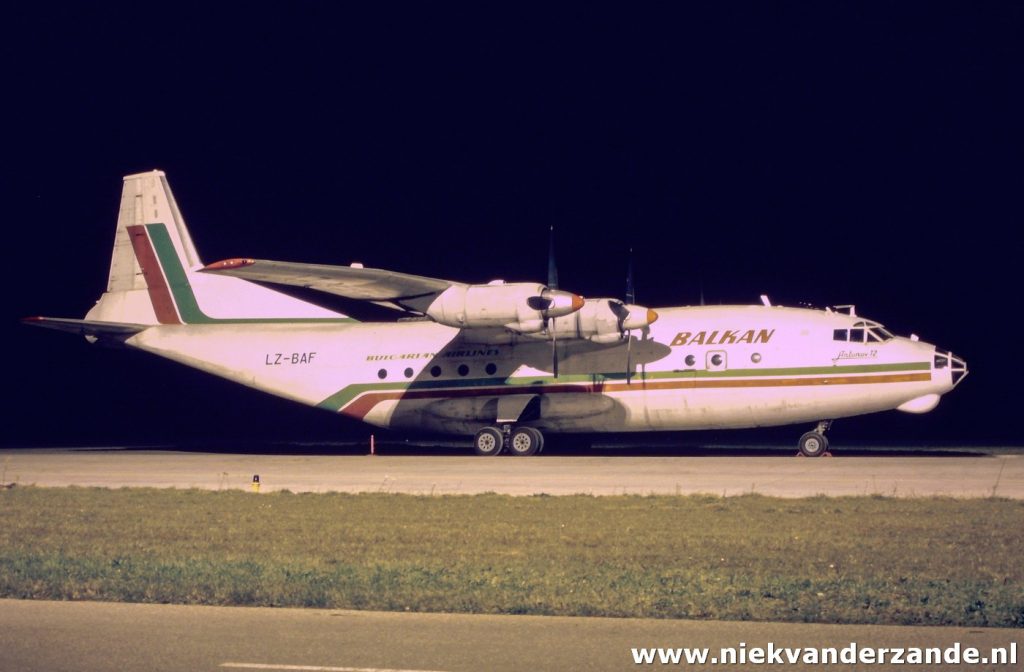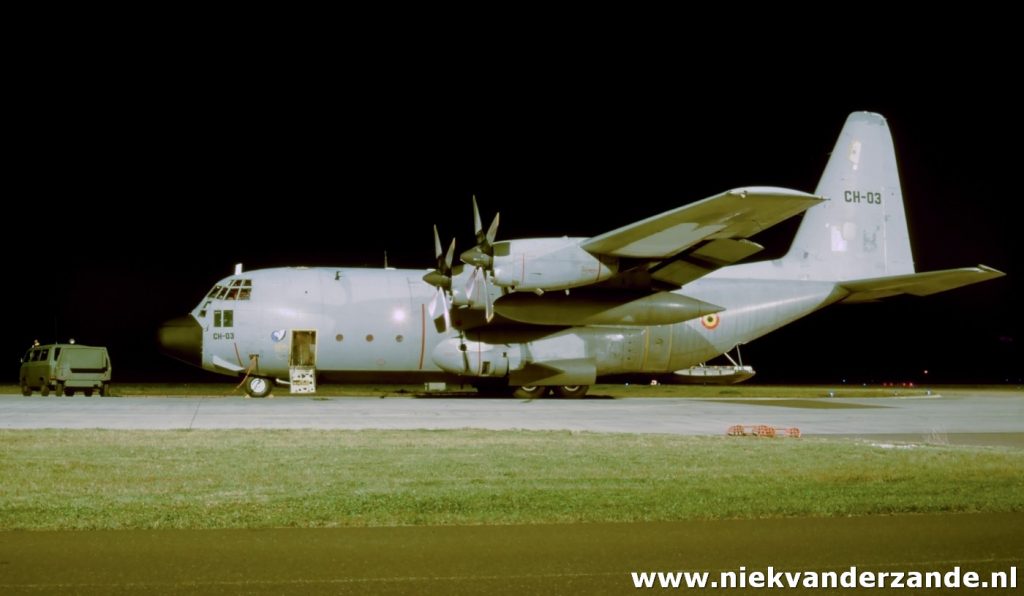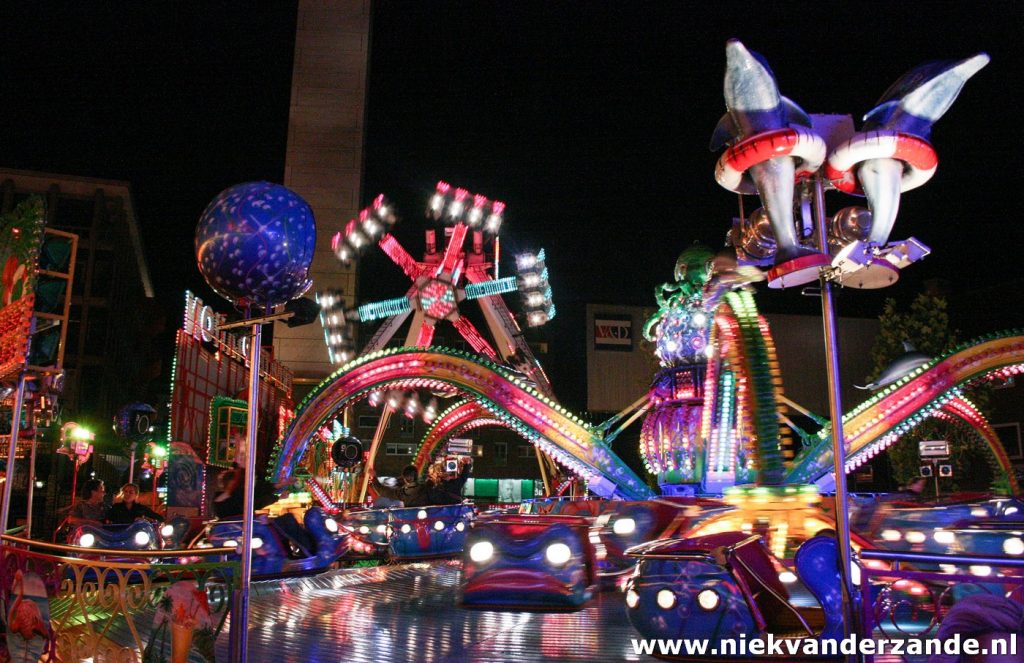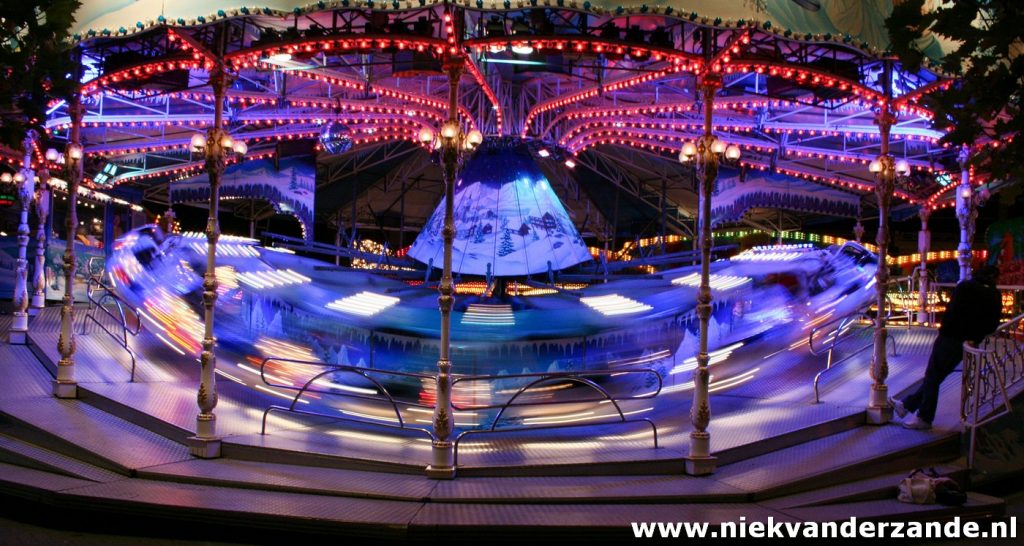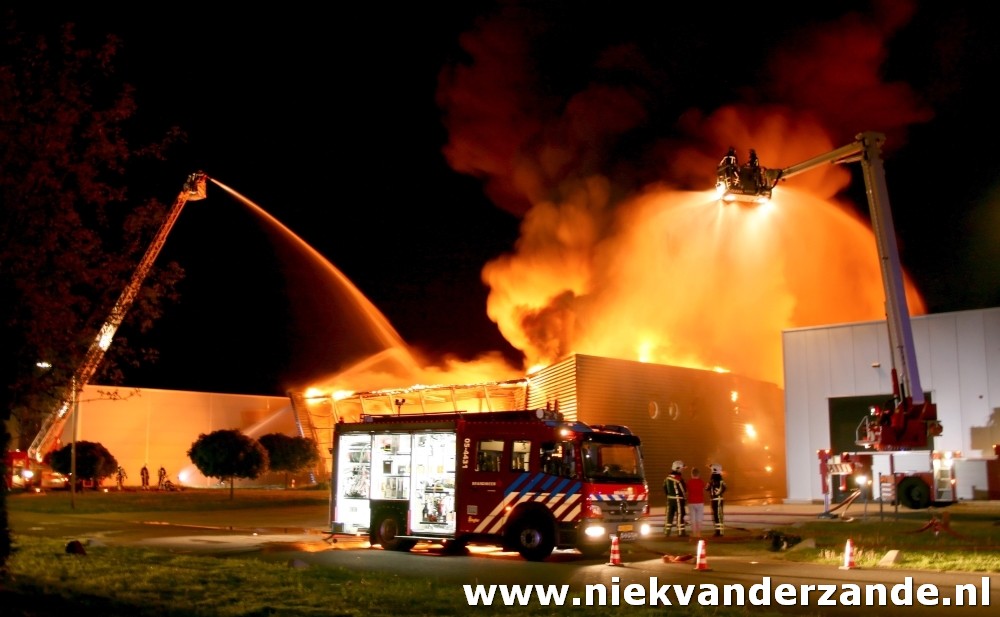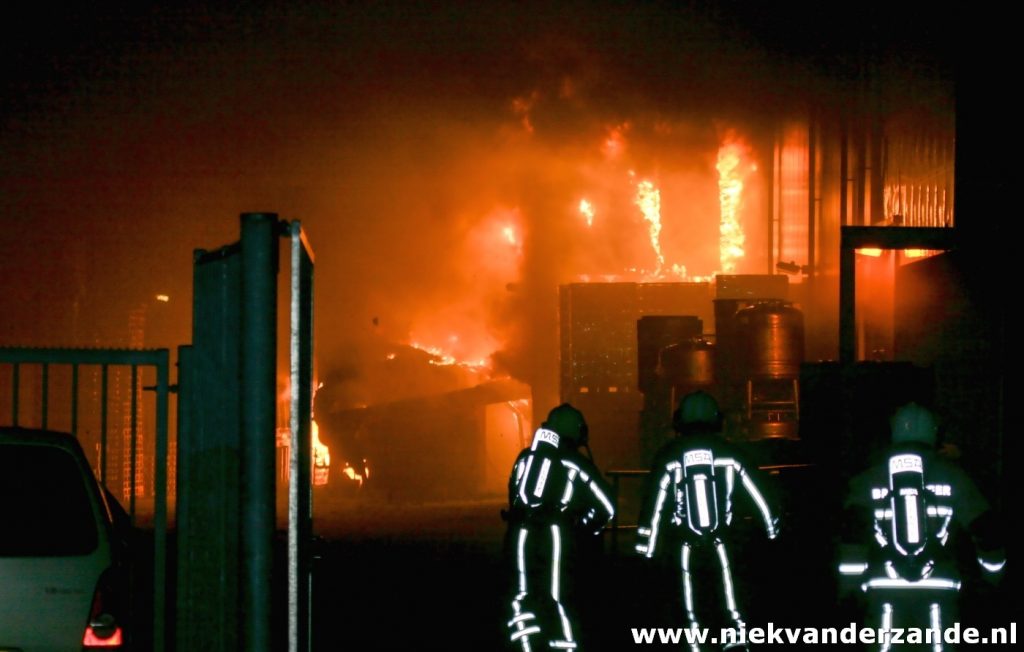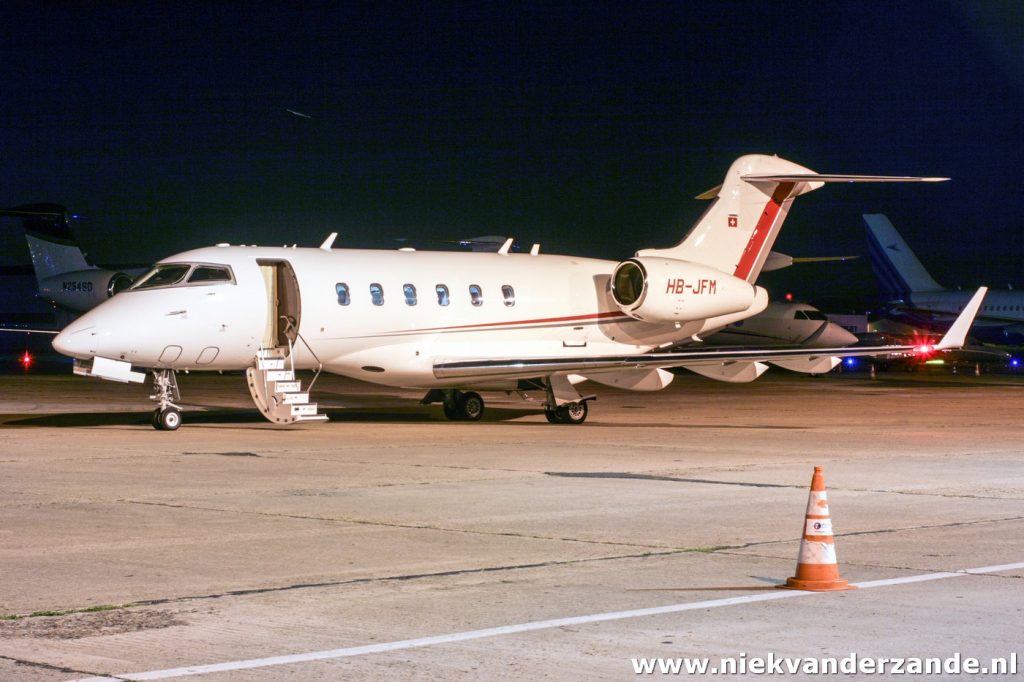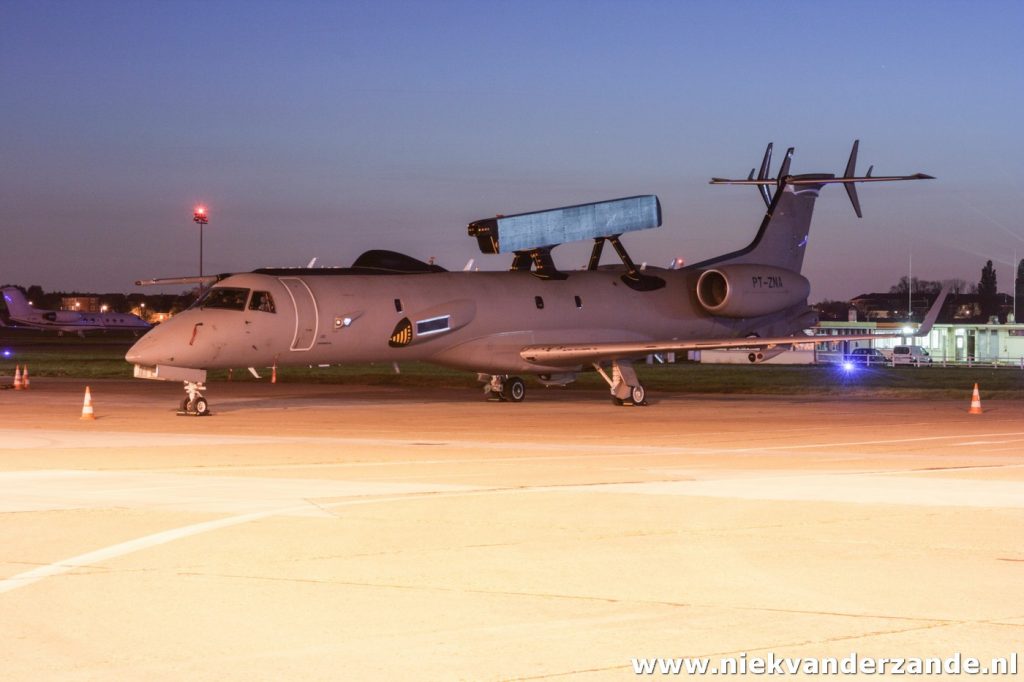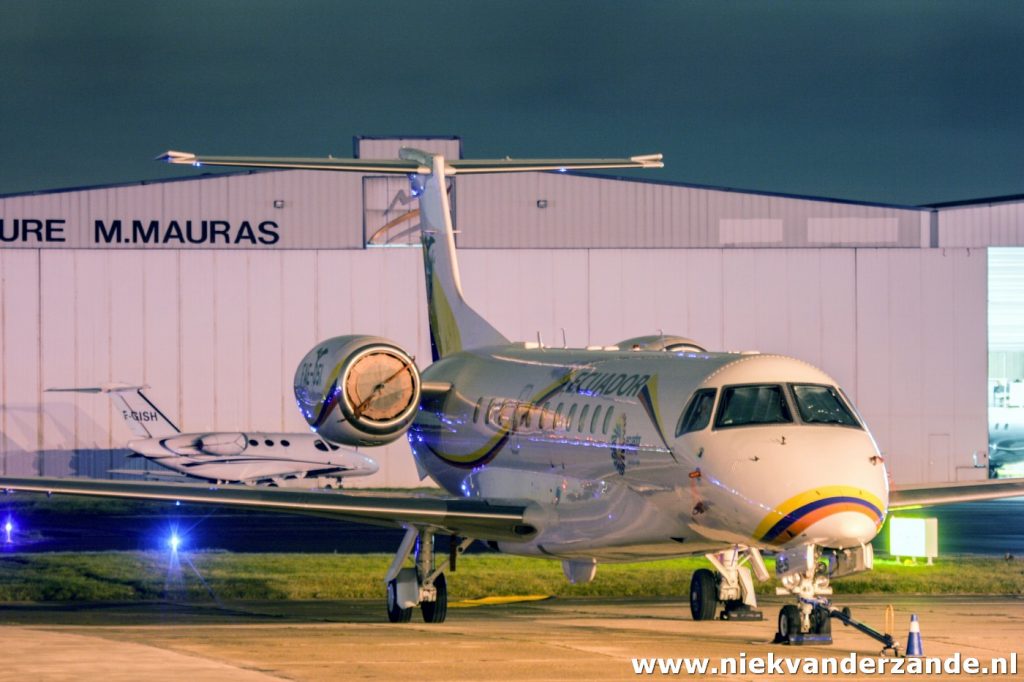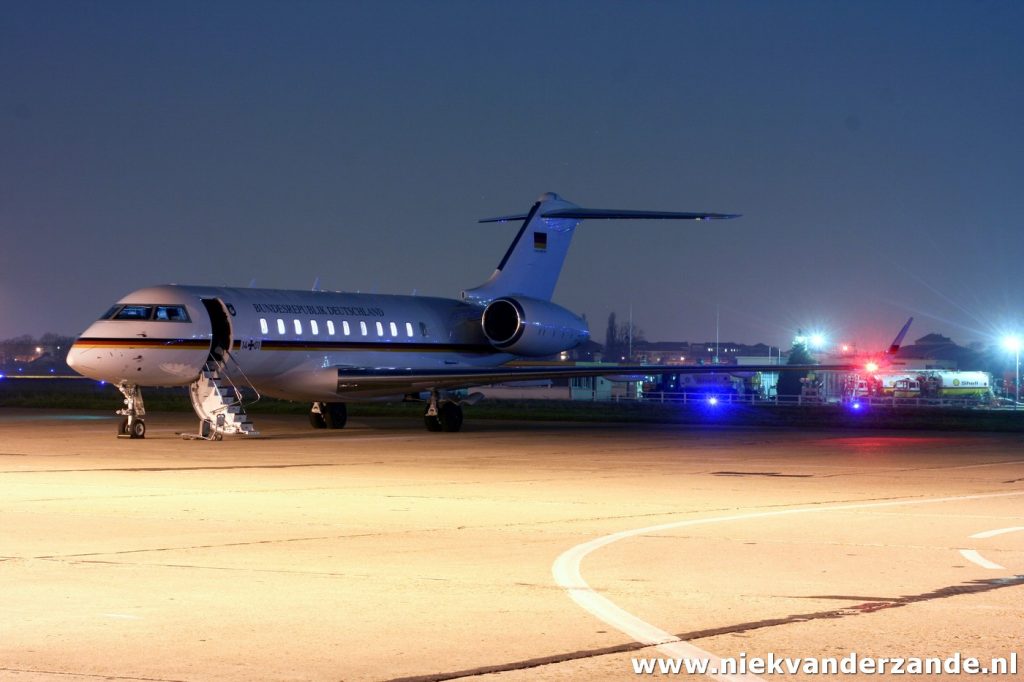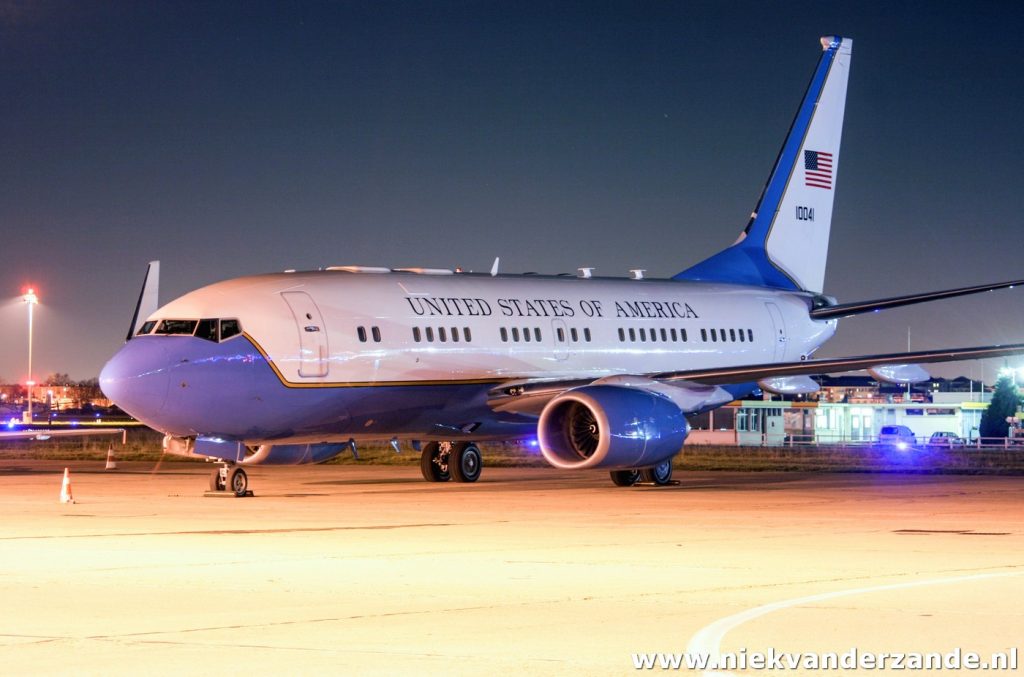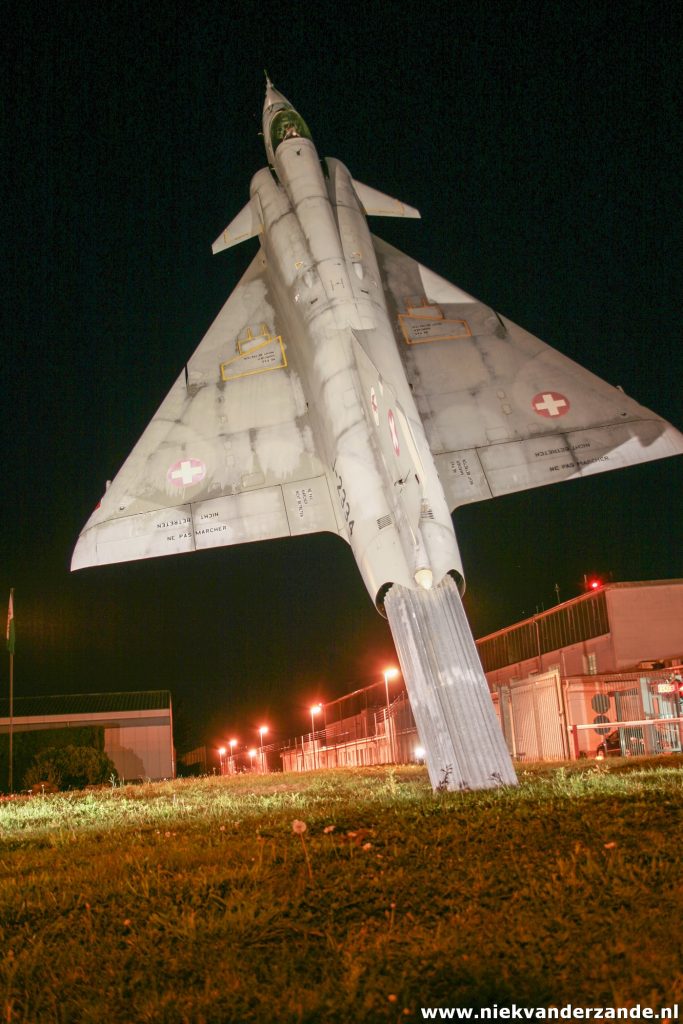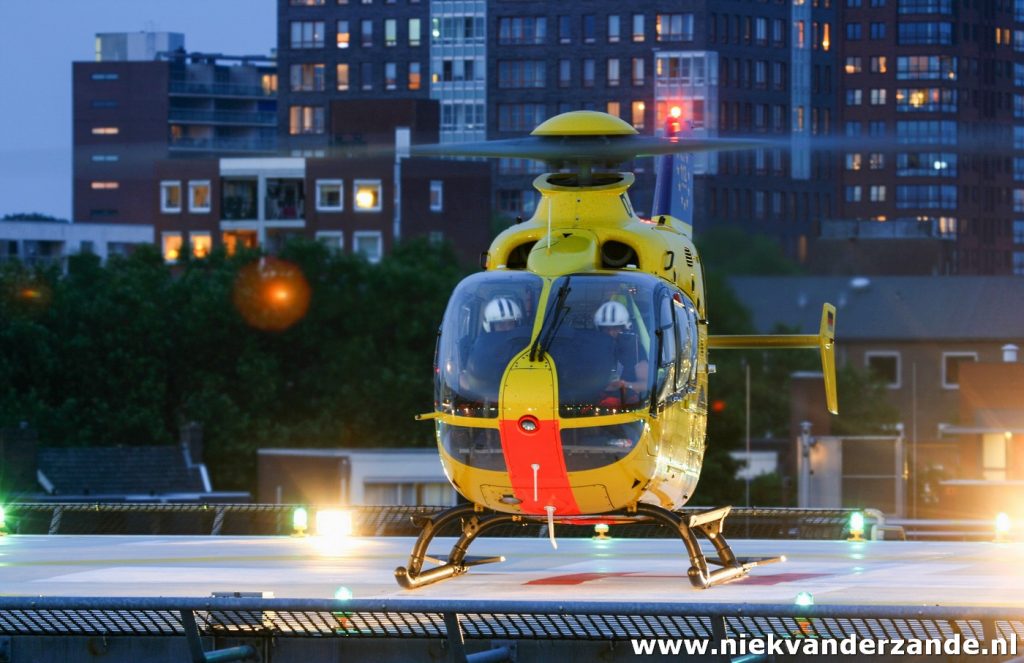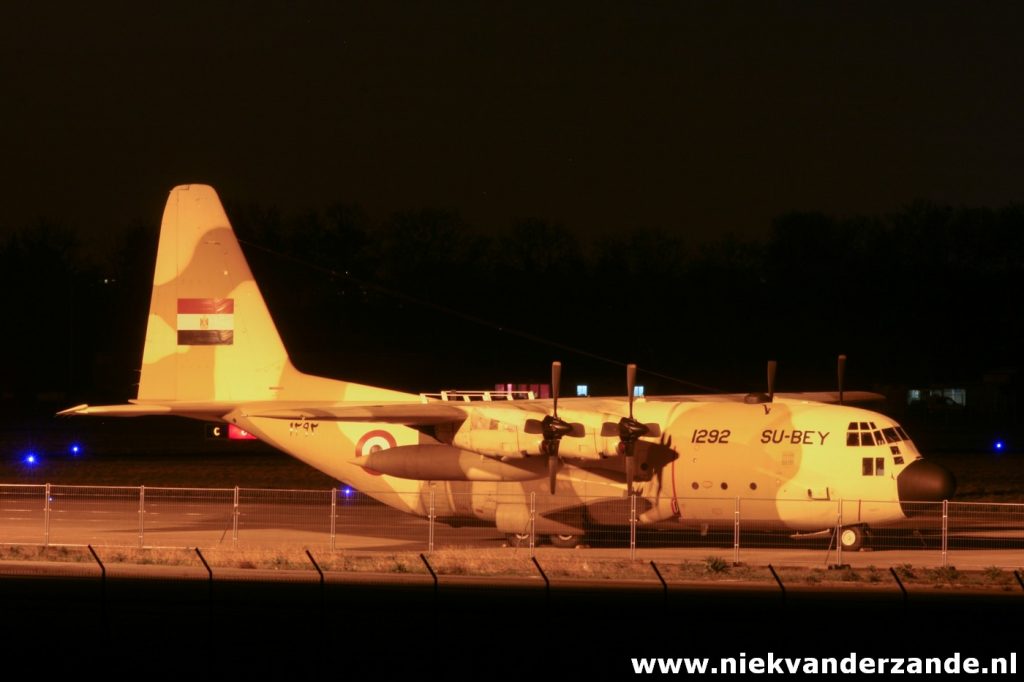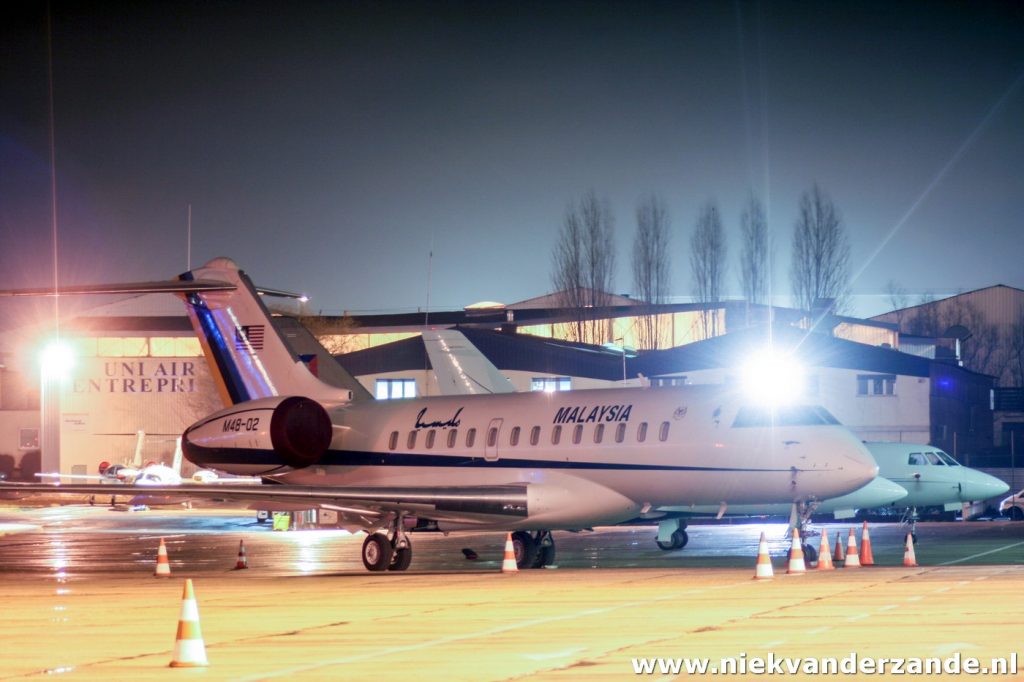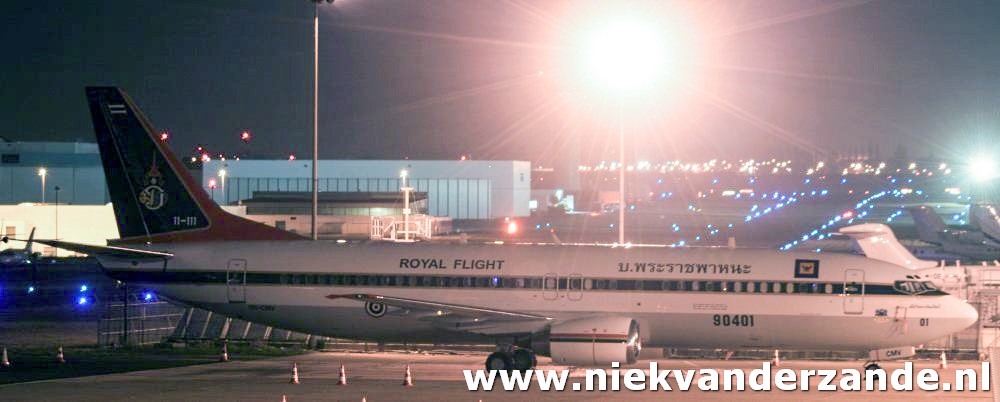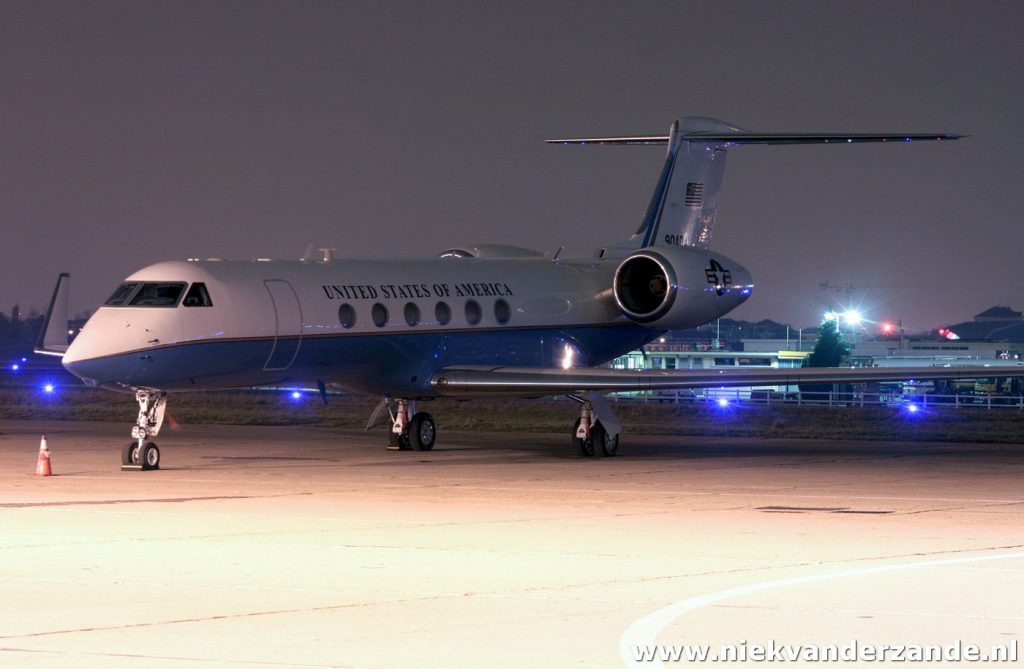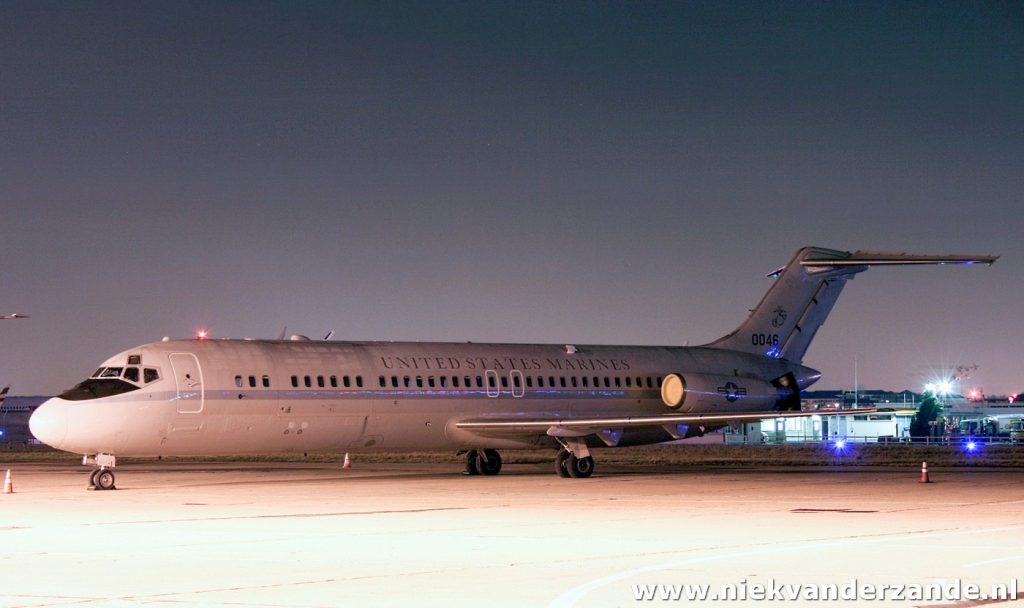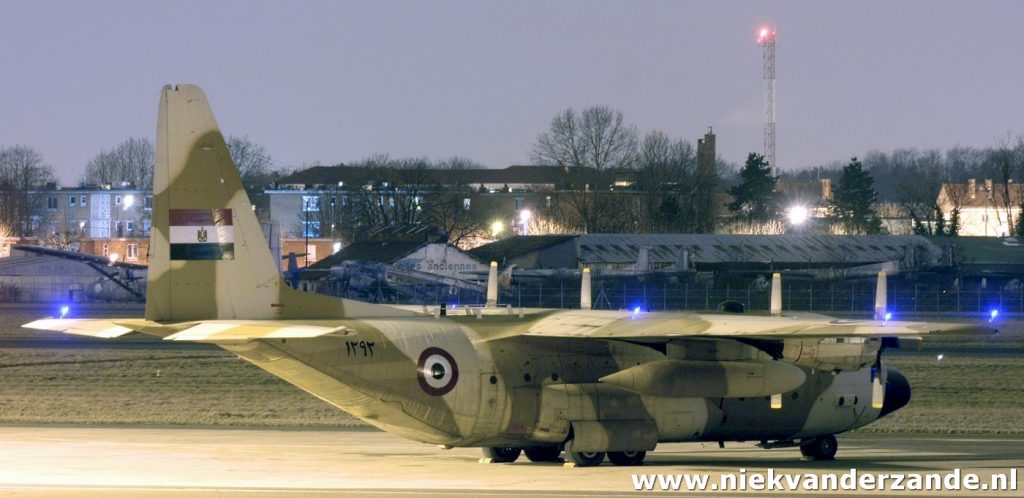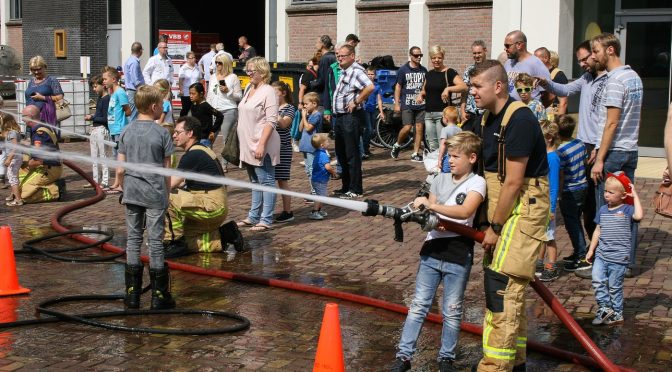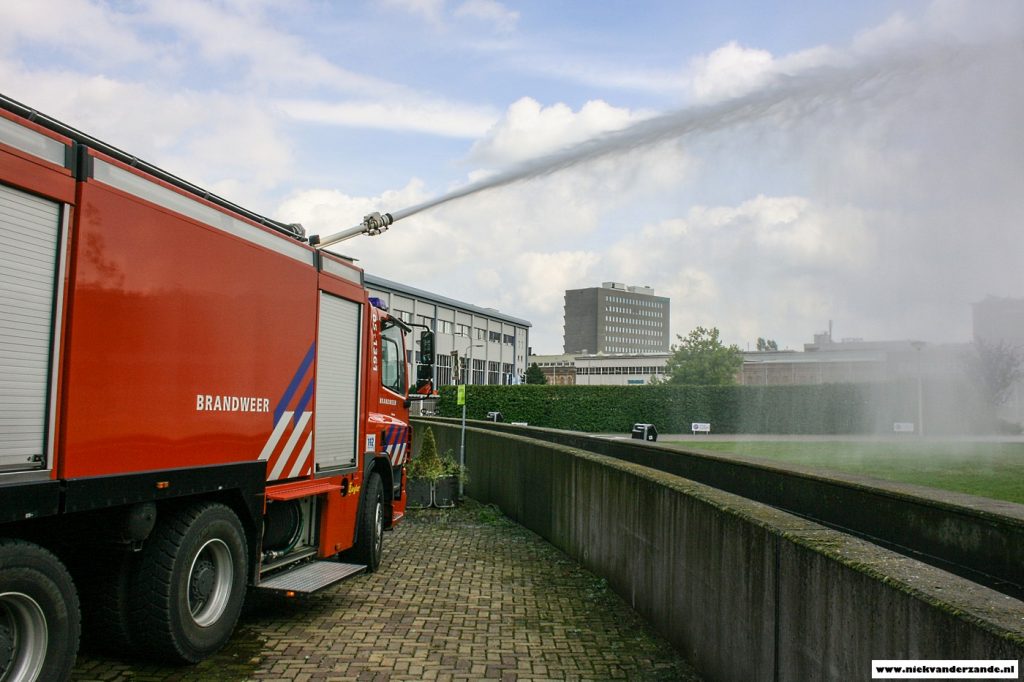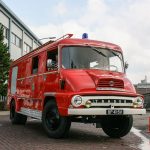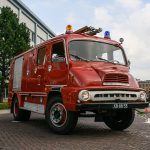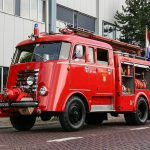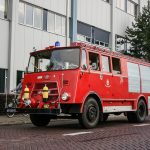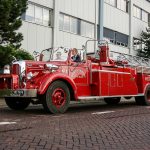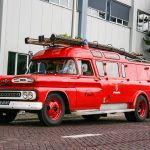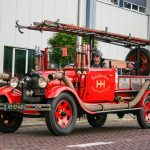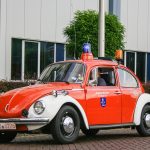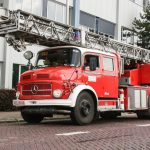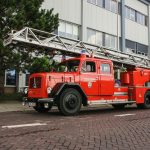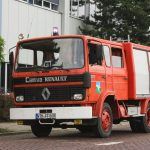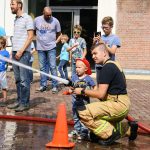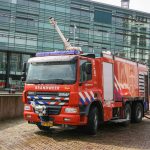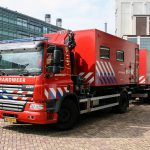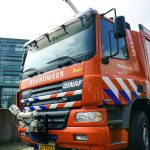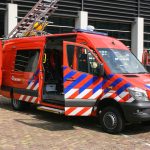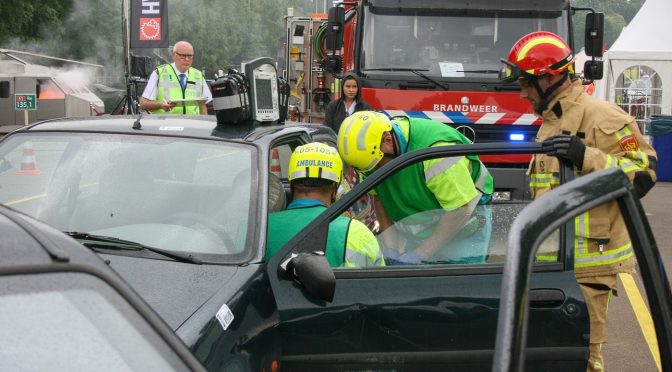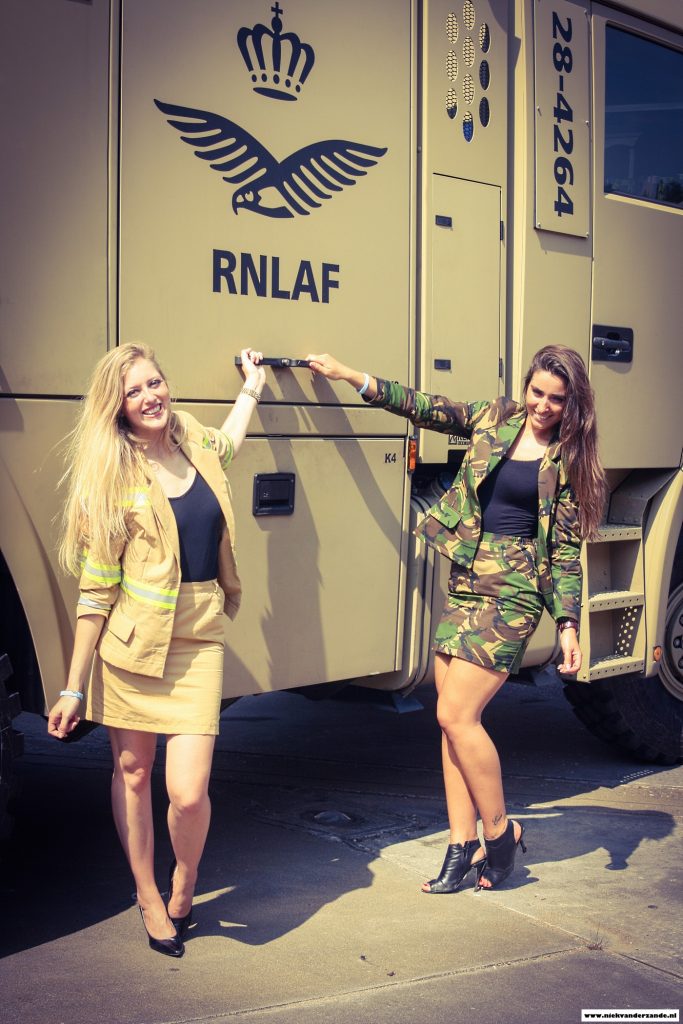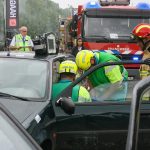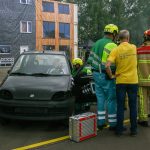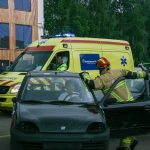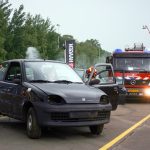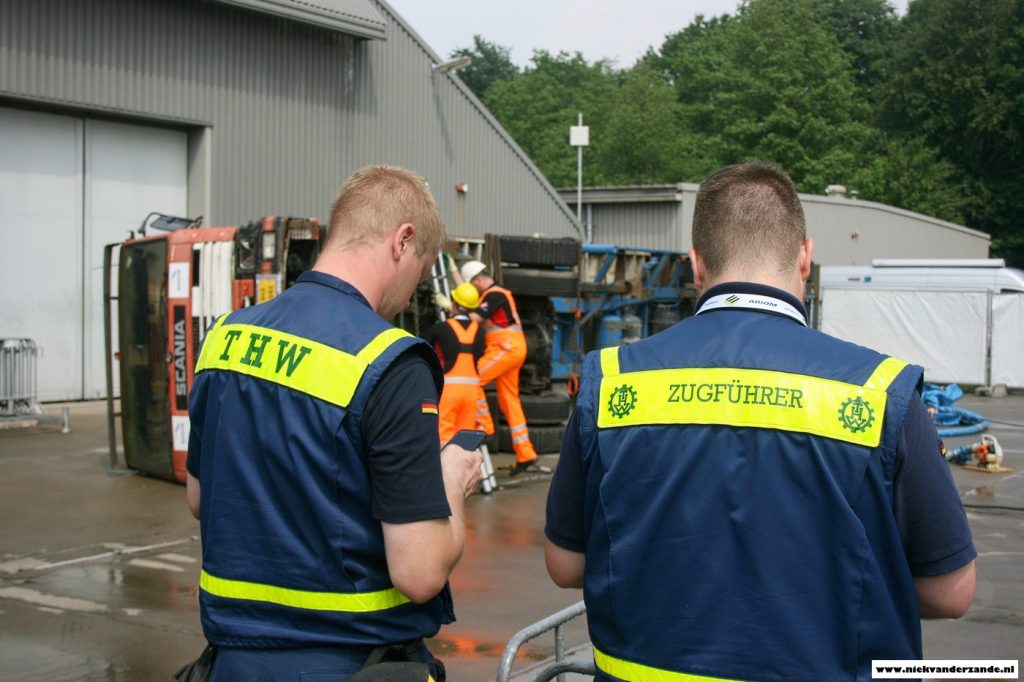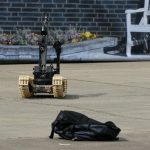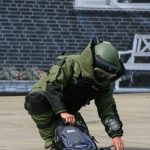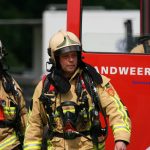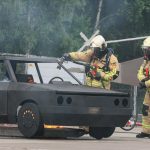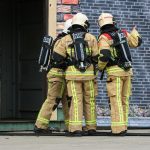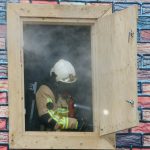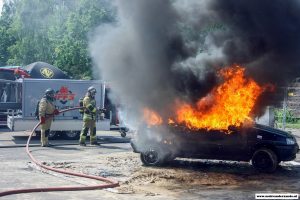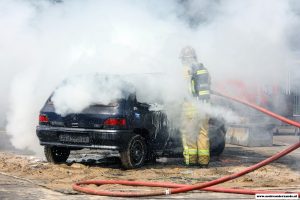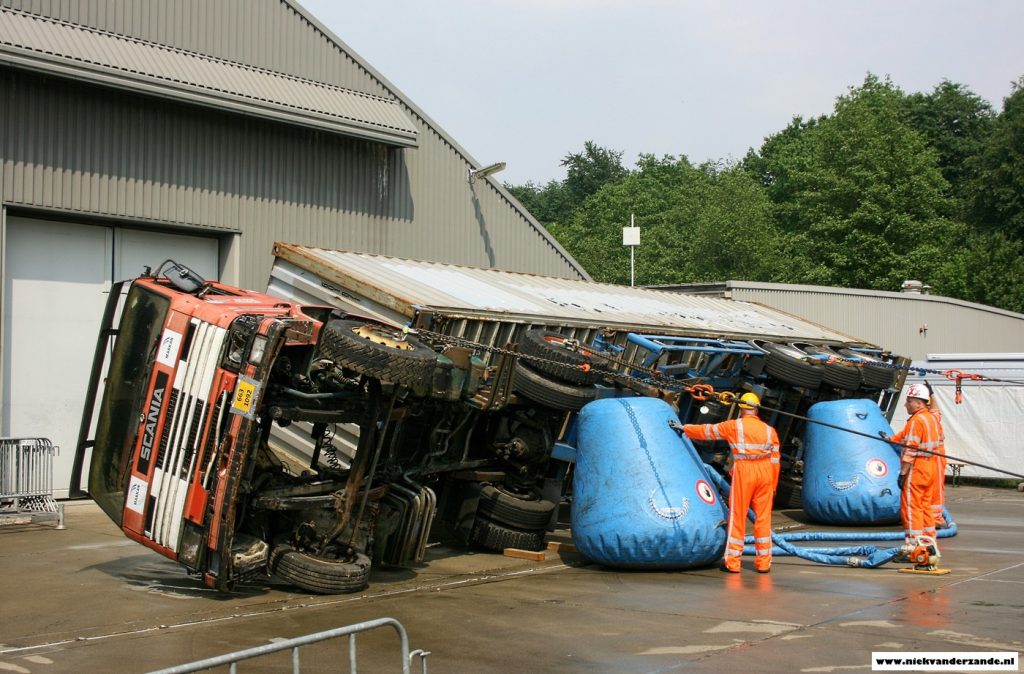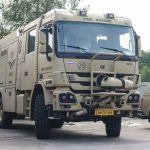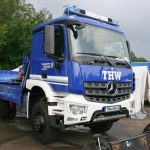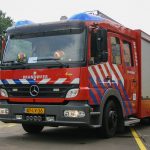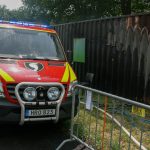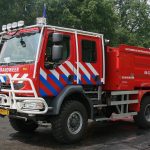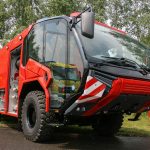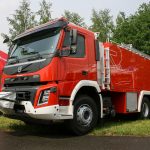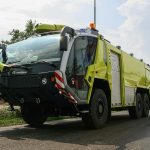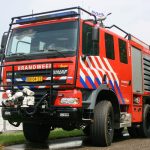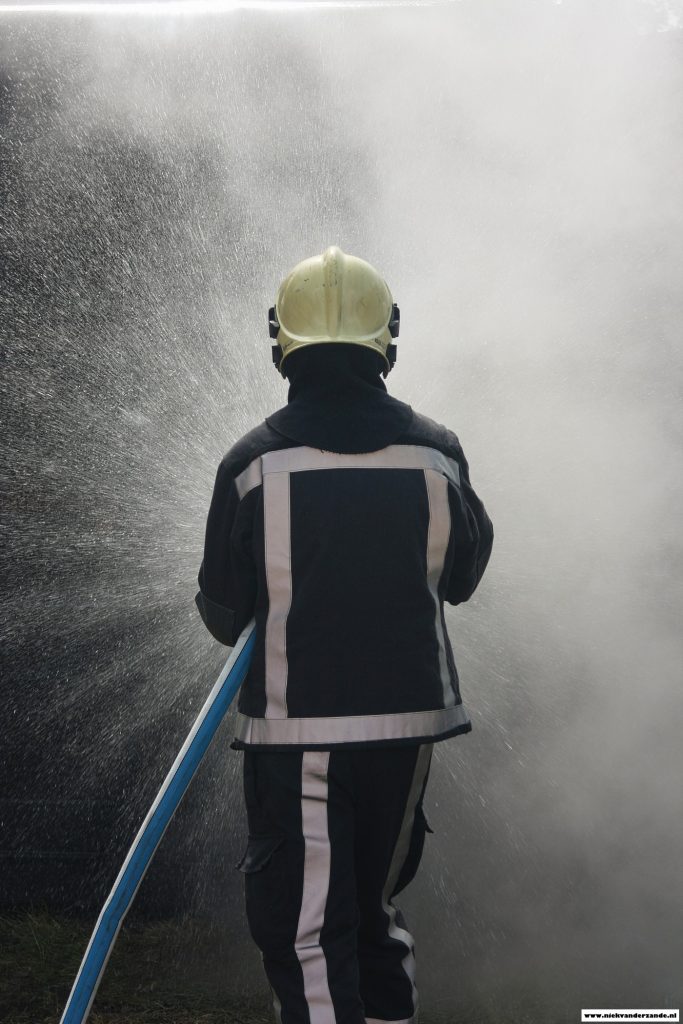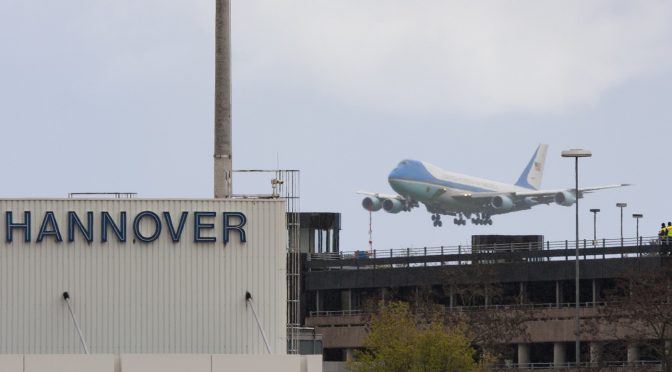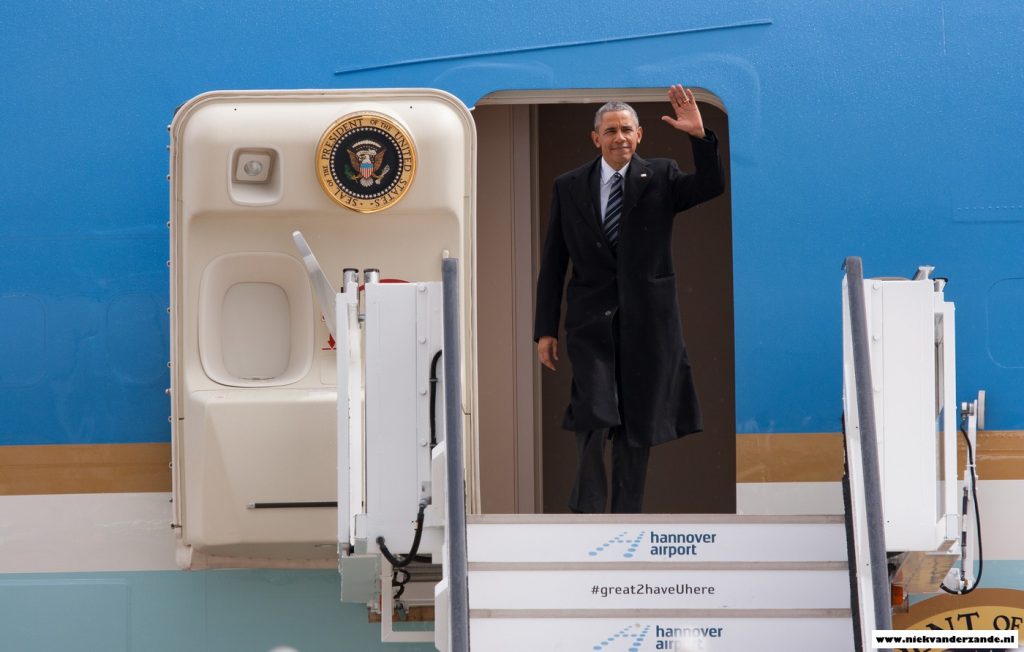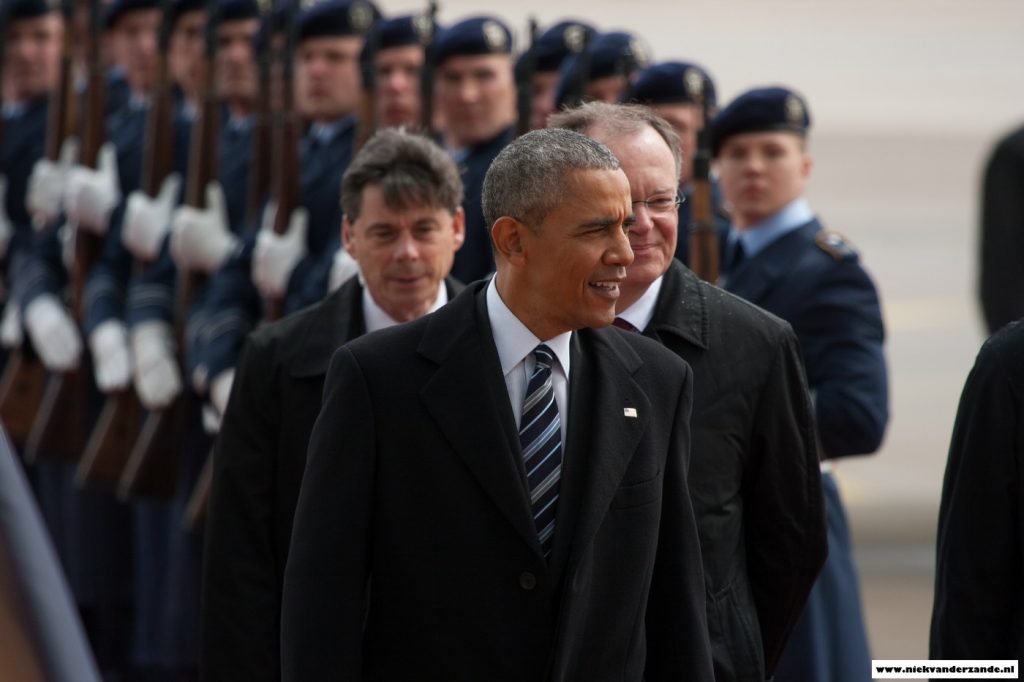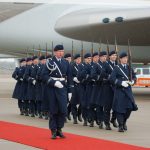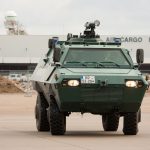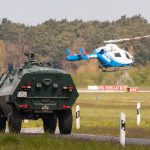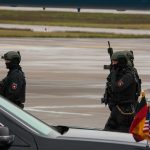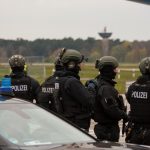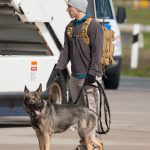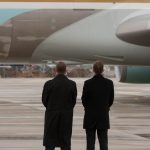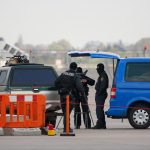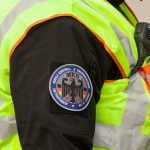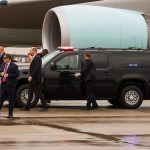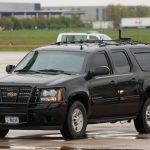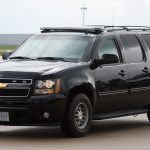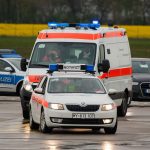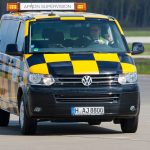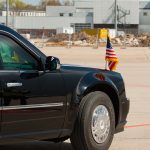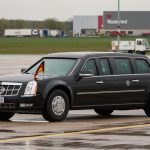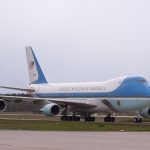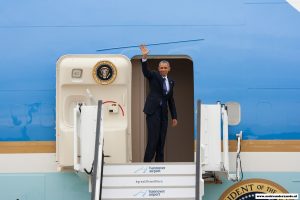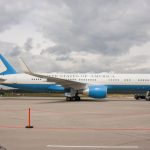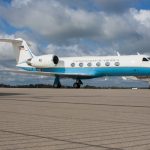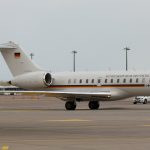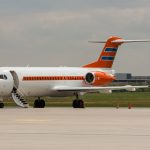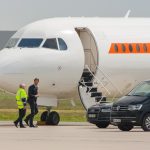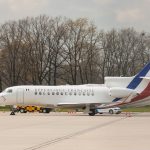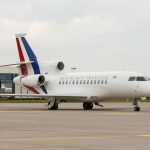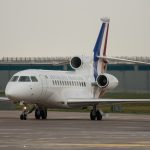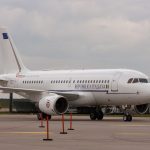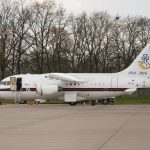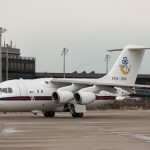In the north of Italy, nestled between the Lago Maggiore and the Lago di Como, lies the airfield of Venegono. Besides being the location where Leonardo Aircraft constructs their training aircraft, this place is also the base for the Sezione Aerea Varese of the Guardia di Finanza (Italian fiscal police). This small unit, which is equipped with three helicopters, falls operationally under the Reparto Operativo Aeronavale Como.
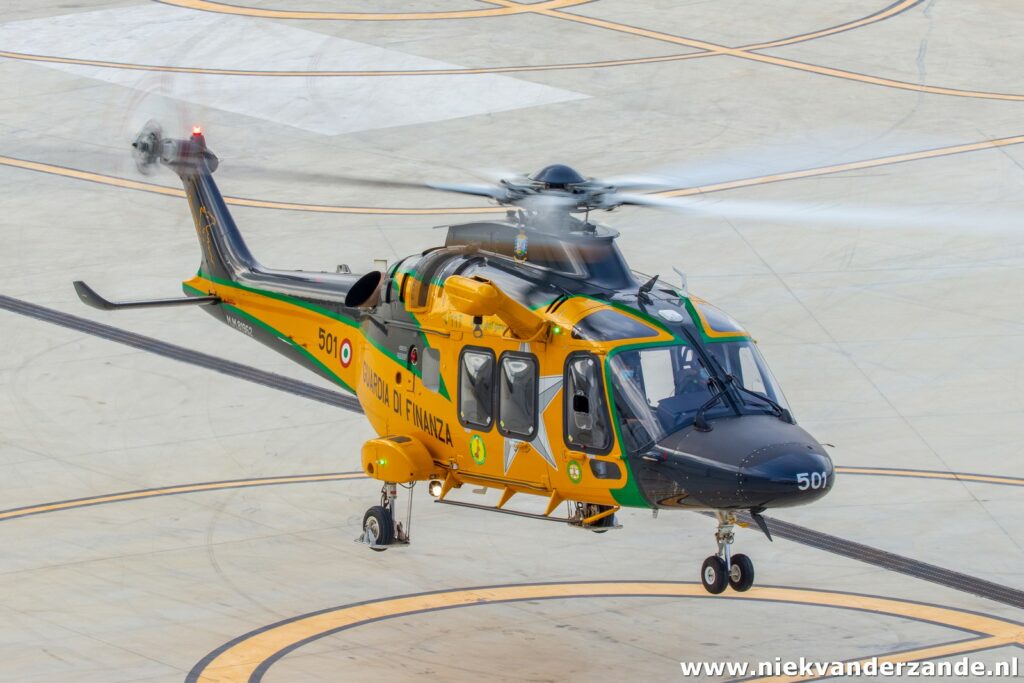
The Guardia di Finanza is an Italian law enforcement agency charged with enforcing financial laws and regulations, as well as combating tax evasion, financial fraud, smuggling and other financial crimes. The name can be translated as “Financial Guard” or “Financial Guard” in Dutch.

It is a military police service, but it falls under the Ministry of Economy and Finance of Italy. It has its own hierarchy and is divided into several units, including units for tax inspection, border control, financial investigations and special units for combating organized crime.
The Guardia di Finanza has national jurisdiction over financial crimes and operations, but also cooperates internationally with other law enforcement agencies, particularly in the areas of cross-border financial crimes and tax evasion.
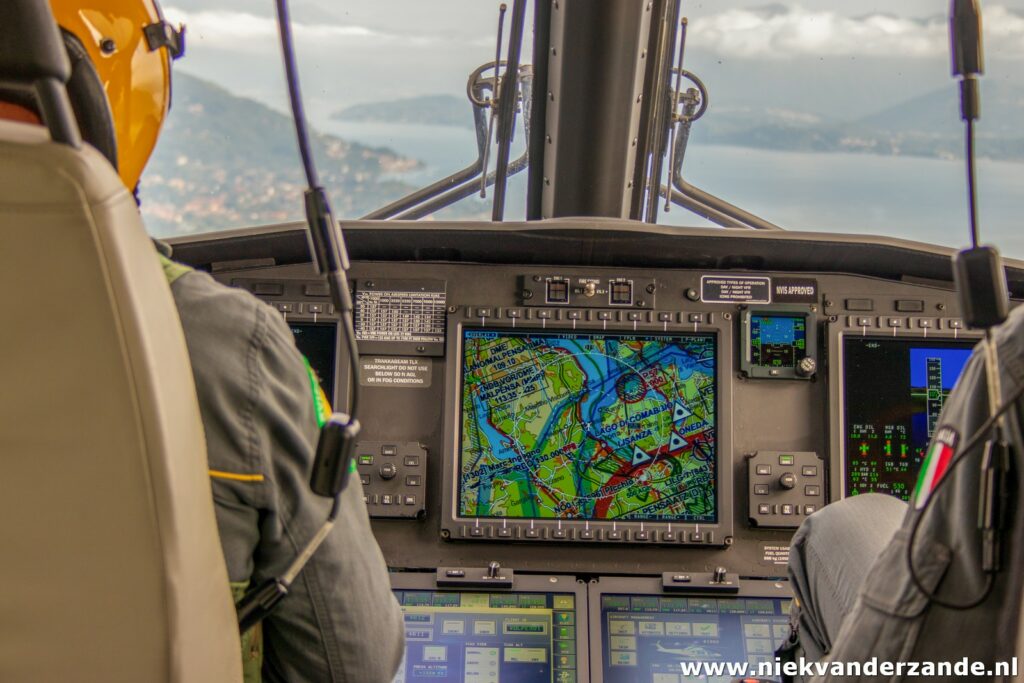
Members of the Guardia di Finanza undergo rigorous training and must possess both military and law enforcement skills. They are recruited from citizens who meet specific requirements and must go through a strict selection process.
The Guardia di Finanza is charged with a wide range of tasks, including the supervision of taxes, customs, financial crimes, money laundering, illegal trade and protecting economic interests of the Italian state. Other main tasks include aerial surveillance to detect illegal dumping and water extraction or pollution. The GdF’s air and naval assets are fundamental to carrying out these tasks and its daily presence in the air and at sea makes its search and rescue (SAR) activities important. The GdF is also deployed to provide support in national emergencies – for example during the Covid-19 pandemic, when GdF aircraft and helicopters transported medicines, medical staff and patients in isolation units.
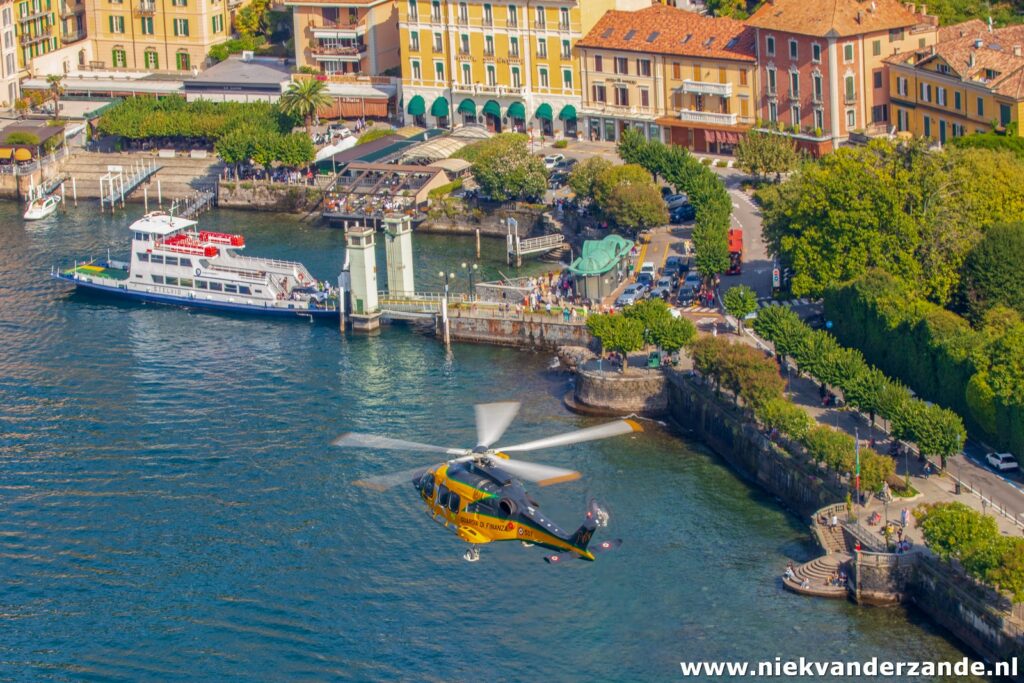
The Guardia di Finanza, as a police and armed force, is an integral part of the “National System of Civil Protection”, the corps must deploy trained personnel and air-sea equipment to face crisis situations within a complex system that requires the interaction of many institutional actors and it can respond quickly and effectively even in unpredictable situations subordinate to the primary institutional tasks.
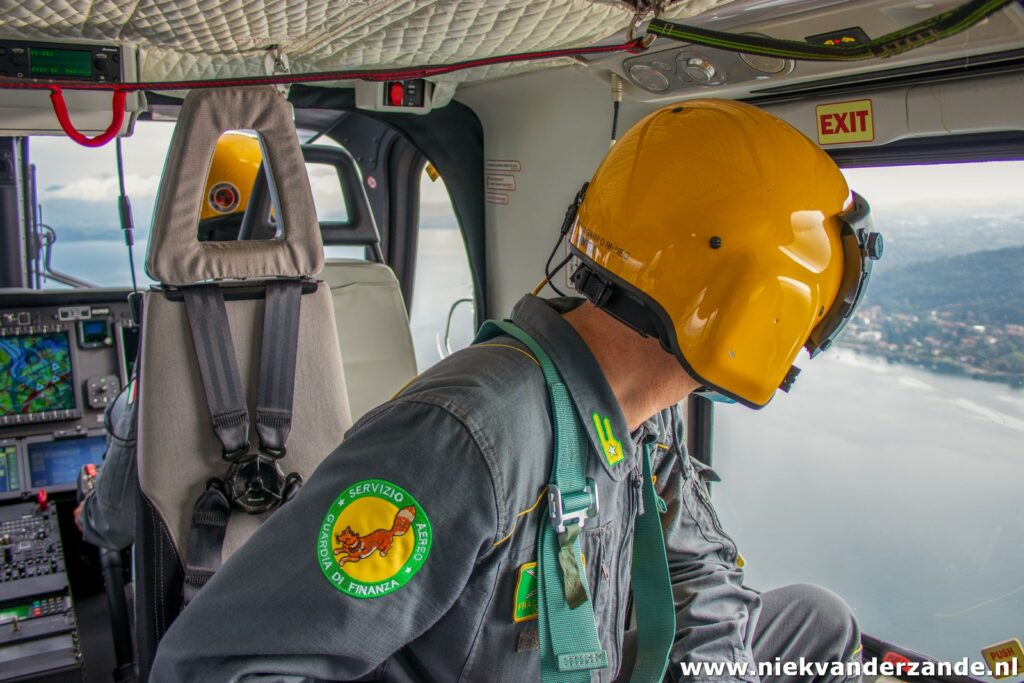
Every year, thousands of people are rescued in very dangerous situations by officers involved in situations such as the collapse of the Morandi Bridge in Genoa, weather emergencies and hydrological problems in several areas of the country and seismic events in the province of Catania. They are engaged in the search for missing persons, the rescue of people in difficulties, the fight against looting, the viability of damaged areas, the flight missions for qualified personnel and the transport of civilians and the reconnaissance missions using air-sea equipment and personnel of the “Anti-Terrorism and Rapid Response Service” and “Alpine Rescue of Customs Officers”.
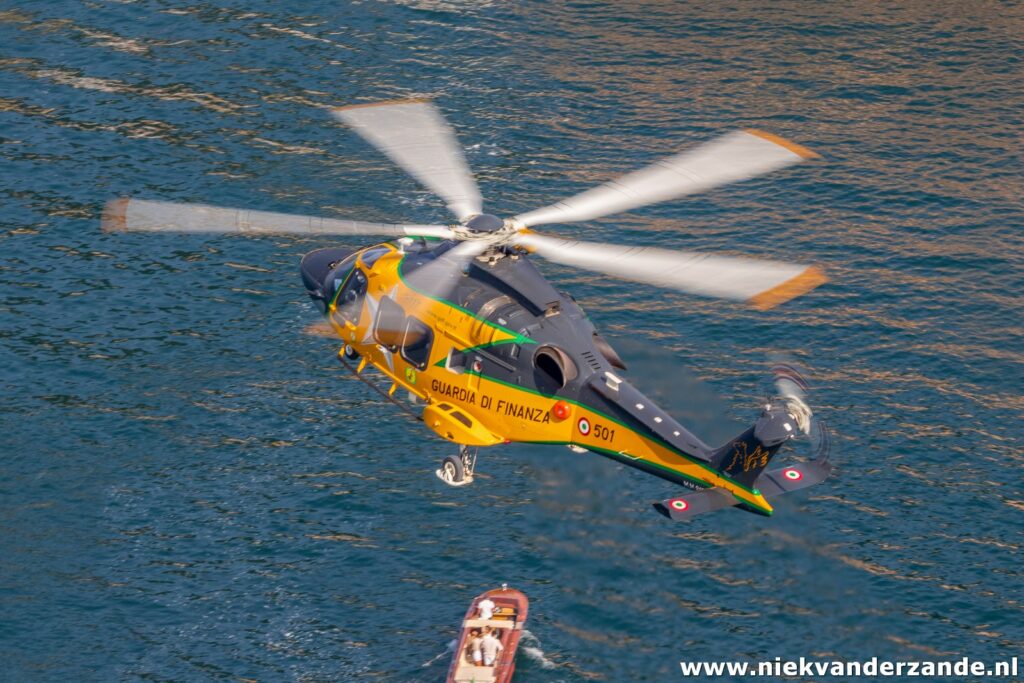
The Guardia di Finanza also ensures support for public security in the mountain areas, through the Alpine Rescue Department, which is divided into many stations, spread throughout the country, dedicated to search and rescue operations and the protection of human lives.
The personnel working in this area are trained with support dog units at the Alpine School in Predazzo (Trent), using advanced techniques that provide the opportunity to work on snow, ice, cliffs and in case of emergency.
Alpine Rescue Units can achieve a certain level of broad and rapid operational projection. Their functions have been further expanded by important initiatives in training, order, organization and technical-logistical areas, allowing Alpine Rescue to use technological equipment in certain emergency situations and in the performance of police tasks.
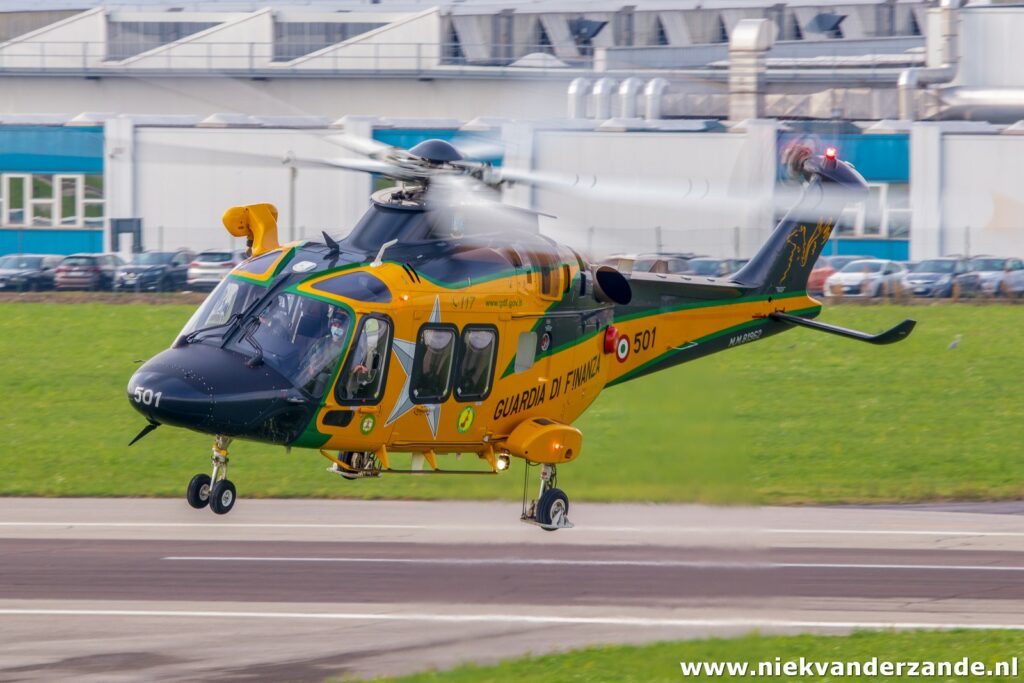
Operationally, the Guardia di Finanza is organized as follows:
Territorial commands
• Six interregional commands
• Regional commands, one for each of the 20 Italian regions.
• Provincial commands, one for each Italian province.
Territorial units
• 74 Groups (including five Counter-Terrorism Rapid Reaction Groups)
• 104 Financial Police Units
• 198 companies
• 202 Lieutenant Units (Stations)
• 48 Brigades
• 26 mountain rescue stations
Aviation and naval units
• 15 Aeronaval operational units
o 16 Naval stations
o 41 Operational Marine Sections
o 13 Aviation Sections
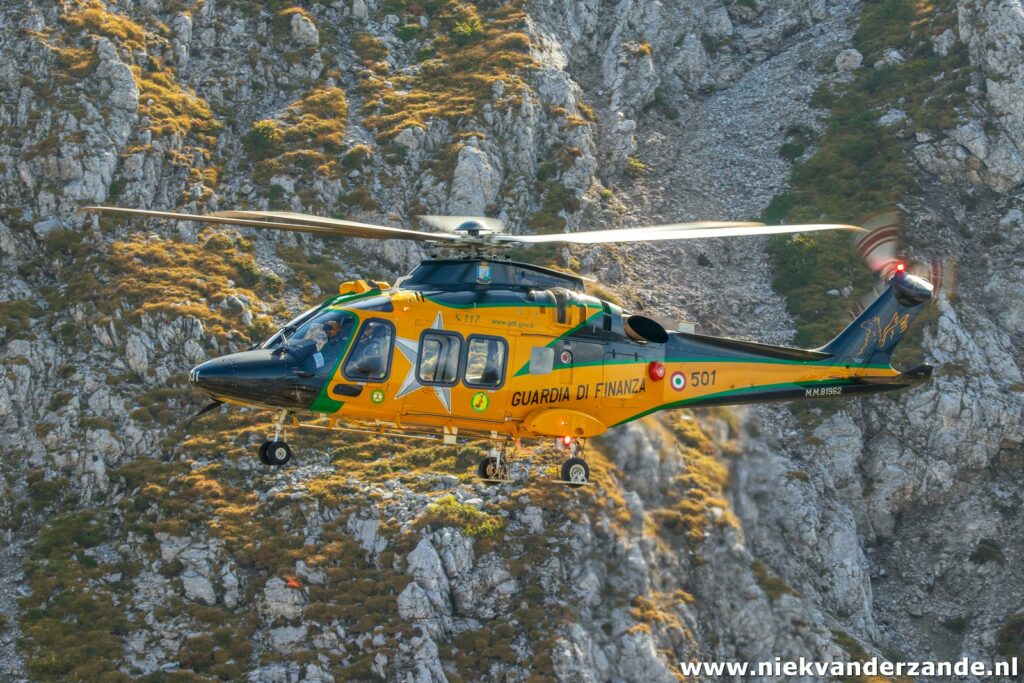
Special departments
• Organized Crime Investigation Group (GICO):
• Counter-Drug Operations Group (GOA):
• Gruppo Anticrimine Tecnologico (GAT):
• Group for the protection of archaeological heritage: group for the recovery of stolen art
• Anti-terrorism Ready Deployment (ATPI): anti-terrorism and rapid response service
• Police dog department (K9).
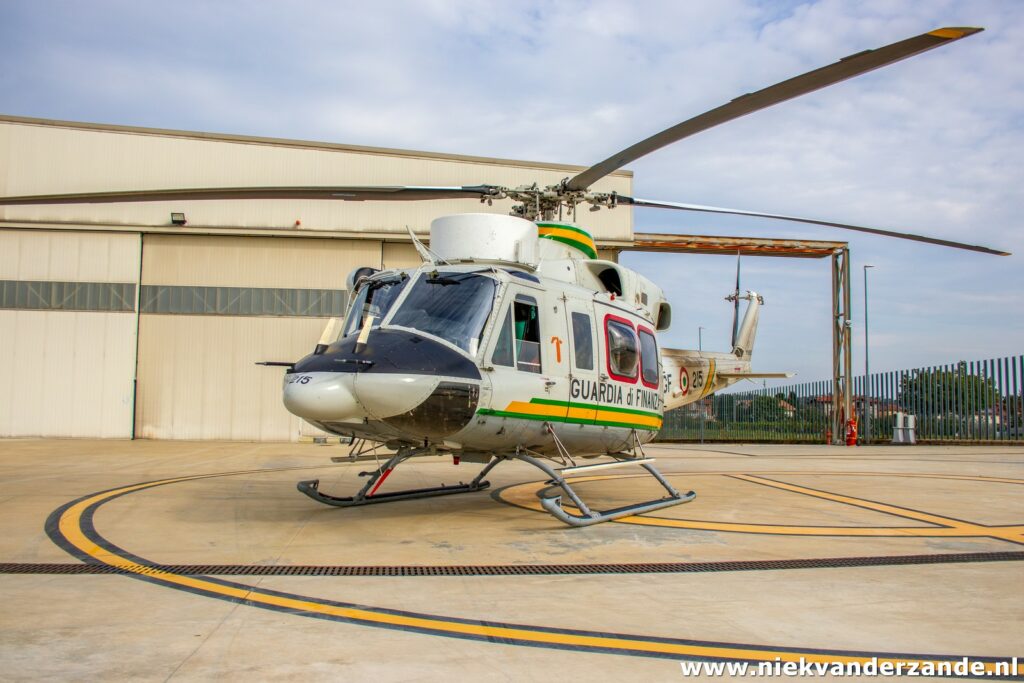
The Guardia di Finanza aviation service has the following aircraft and helicopters:
Airplanes
• ATR.42-400MP
• P-72B (ATR.72MP)
• P.180 Avanti
Helicopters
• A.109
• AB.412
• AW.139
• AW.169
• NH.500
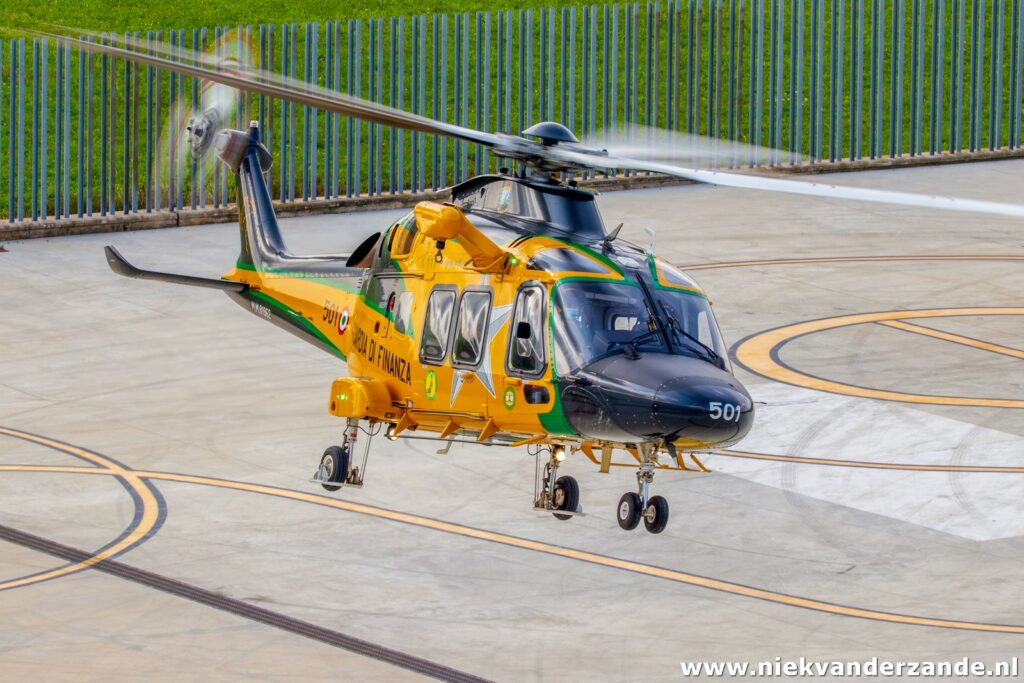
The Reparto Operative Aeronavale – Como
The ROANs (Reparti Operativi Aeronavali) of the Guardia di Finanza were created on January 1, 2000. They are the fundamental link in the command and control chain of the regional air force. Stationed in Genoa, Livorno, Civitavecchia, Cagliari, Naples, Vibo Valentina, Palermo, Bari, Termoli, Pescara, Ancona, Rimini, Venice, Trieste and Como, they carry out, with the help of air and naval assets, a constant and capillary control on the territory, inland waters, the territorial sea and the adjacent area.
The main role of the ROANs is to coordinate all operational and logistical activities of the departments under their command and to provide personnel management. At organizational level they are equal to the Provincial Commands.
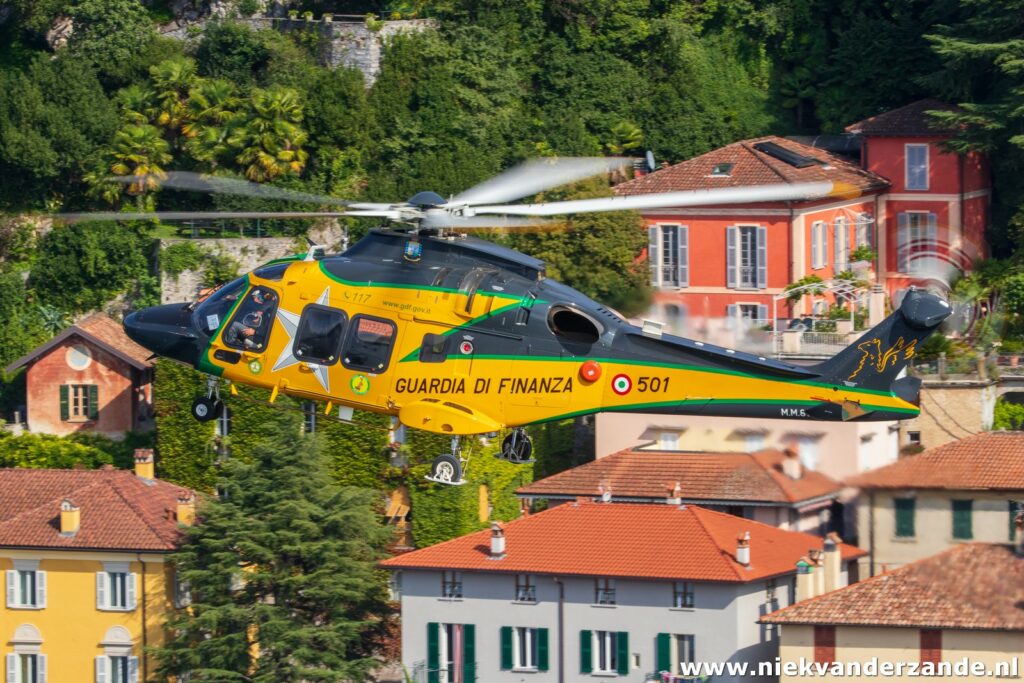
The ROAN in Como reports directly to the Lombardy regional command of the Guardi di Finanza in Milan.
The departments covered by the ROAN in Como are the Sezione Area Varese based in Venegono Superiore and the Naval Station of Lake Como with the dependent maritime operational departments of Lake Maggiore (Cannobio), Lake Garda (Salò) and Lake Lugano (Casamoro – Porto Ceresio).
Sezione Aerea Guardia di Finanza Varese
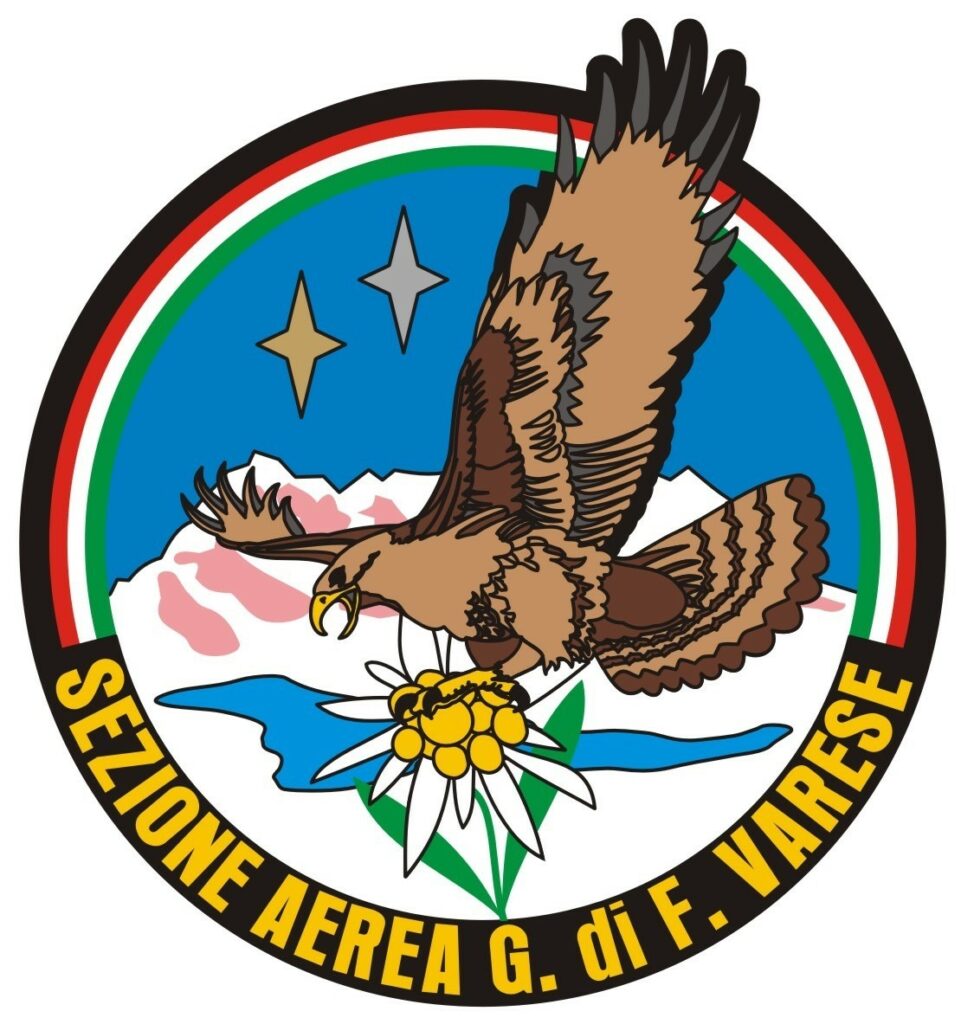
Sine metu omnia aude – dare everything without fear
In 1958, after the introduction into service of a new helicopter, the Agusta-Bell AB.47J, a natural replacement for the less powerful AB.47G and with a cabin that allowed the carriage of any passengers, the first ‘Mountain’ Helicopter Section was established set up.
The first operations of the newly created section were carried out from the Como seaplane base, while within a few months the transfer took place to the heliport built in Intimiano (Como). In 1972 the Sezione Aerea Intimiano was transferred to the airport of Calcinate del Pesce in the province of Varese and thus became the Sezione Aerea Varese.
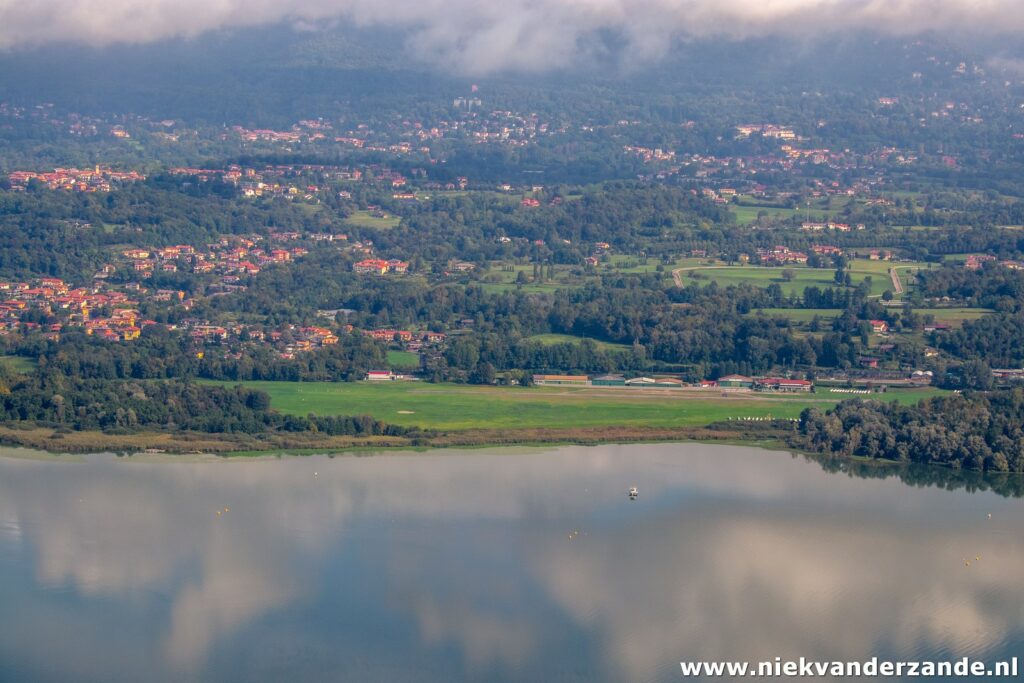
In January 1975 the AB.47Js were replaced by the new Breda-Nardi NH.500M, while in 1982 the Sezione Aerea was closed.
A few years later, July 14, 1988, it was reactivated as the Sezione Aerea Como. The new location is at Venegono Inferiore Airport (Varese), in one of the historic Aermacchi warehouses. Another important transition took place on February 3, 1997, when it returned to the name Sezione Aerea Venegono.
In 2002, the department moved to the new building north of the airport site, in the Venegono Superiore area, becoming completely independent of the airfield managed by Aermacchi and the local Aero Club. On August 1, 2012, the unit was then renamed Sezione Aerea Varese.
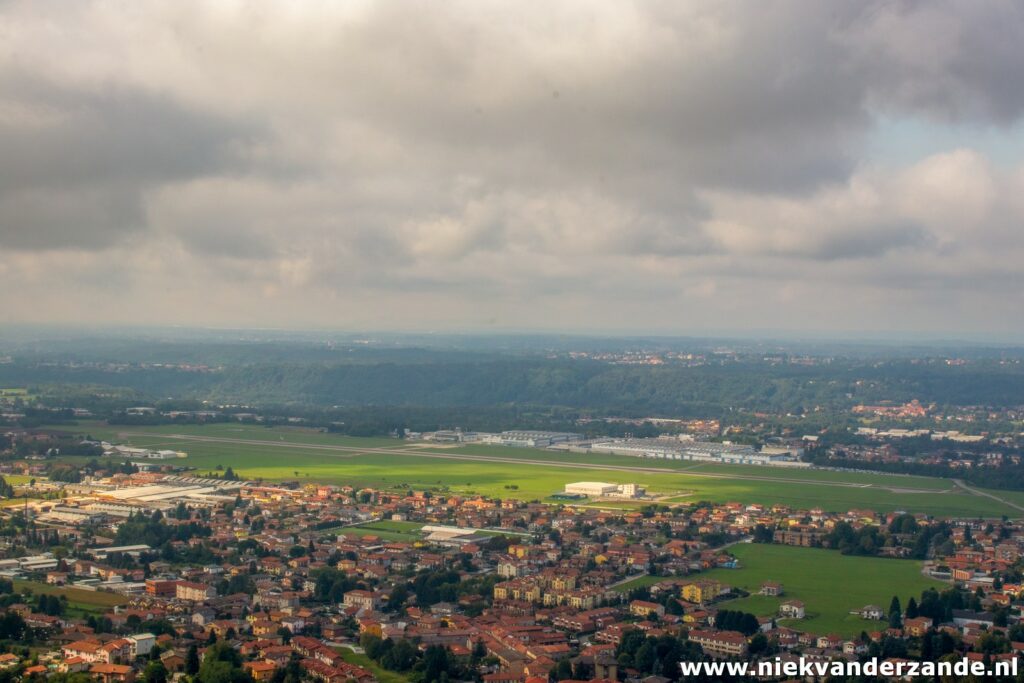
The current unit in Venegono is led by a Pilot Officer, who has a staff of 39 soldiers in total, divided into an Operations Unit (pilots and air rescue operators), which is also led by an officer, an Efficiency Unit (specialists with the tasks of maintenance technicians and, during flight operations, rescue winch operators) and finally a Command Team (soldiers responsible for the offices, supervision and control of the barracks).
The current helicopter equipment of the Sezione Aerea consists of two AB.412HP type B aircraft (mountain version) and one UH.169A. What is remarkable is that the first UH.169 of the Guardi di Finanza was delivered to the Sezione Aerea Varese and not as usual to the Centro di Aviazione on Pratica di Mare. This was probably because the UH.169 (AW.169) is built at Leonardo on Vergiate, which is practically next to Venegono.

The main tasks of the Sezione Aerea Varese are certainly aerial reconnaissance, transport and participation in search and rescue operations.
The task of aerial reconnaissance includes many of the corps’ main tasks: state police, environmental protection, economic land control (CeTe) and border control.
Participation in search and rescue operations is the historical role of the so-called “mountain” air section. Supporting the SAGF (Soccorso Alpino Guardia di Finanza – Alpine Rescue Guardia di Finanza) and the CNSAS (Corpo Nazionale Soccorso Alpino e Speleologico – National Alpine Rescue and Speleological Corps) is the core business of the flying Fiamme Gialle (Fiamme Gialle – yellow flames, is the nickname of the Guardia di Finanza) in the Alps.
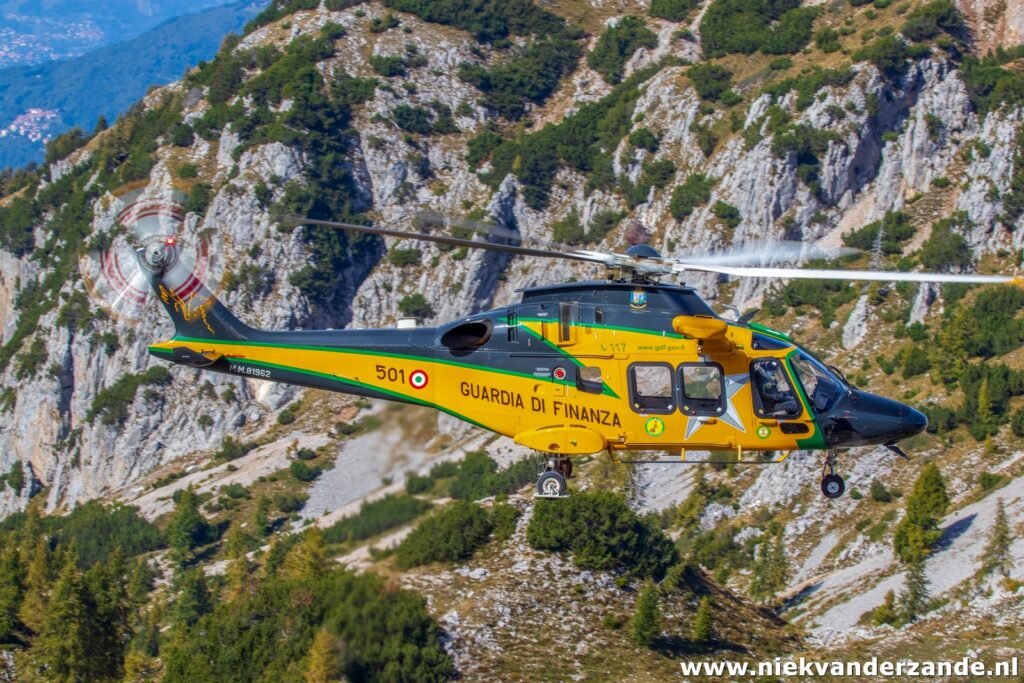
These functions are performed in a service district covering Lombardy, Piedmont (excluding the provinces of Asti and Alessandria) and la Valle d’Aosta. The total area of the area to be protected is 52,404 km² and the boundary line to be protected is 1,237 km, of which 780 km is outside the European Union (Switzerland). This includes the large lakes such as Lake Maggiore and Lake Como.
The task that the Sezione Aera Varese is most concerned with is contributing to mountain rescue operations. This important role, which the unit fulfills for the benefit of the community, is carried out by utilizing the synergy between the helicopter pilot, the winch operator and the rescue teams who use the helicopter to quickly get to inaccessible environments. Synergies that can only be achieved through continuous training, in particular for the safe use of the helicopter during the entry and exit of rescuers, or any dog teams, but especially for the use of the winch, a fundamental tool that allows rescuers allows you to get in and out in places where the helicopter cannot land. The Sezione Aerea Varese regularly provides this training activity for all SAGF stations in its territory and the CNSAS also participates in some of these exercises through specific protocols.
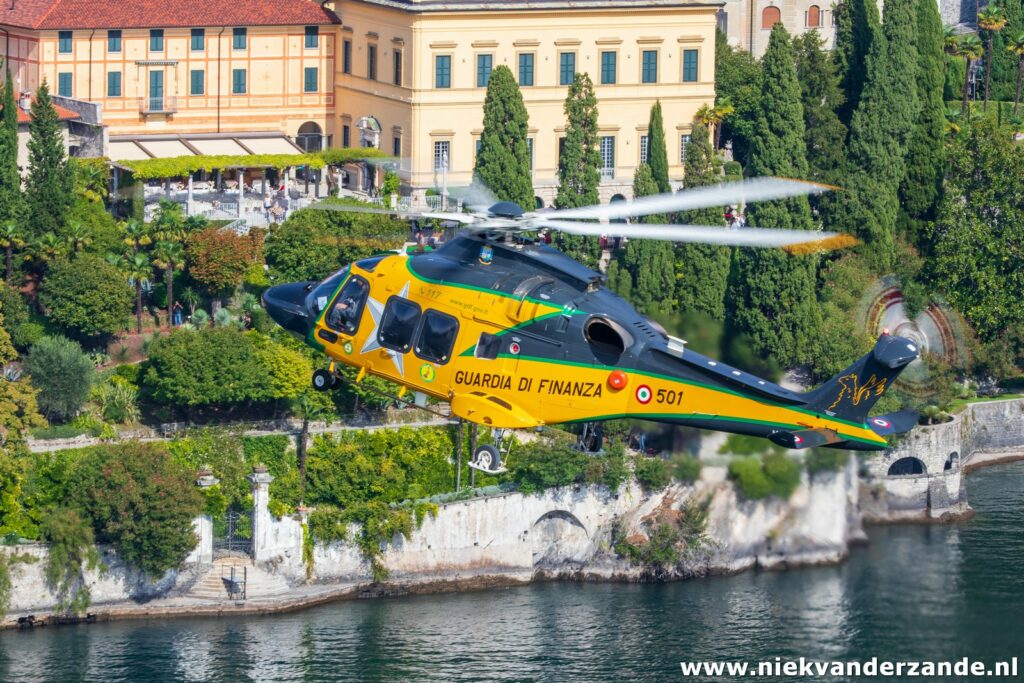
This continuous training activity leads to concrete results in frequent real-life operations. In the 20 years that the department has worked under the auspices of the ROAN, it has logged 10,155 flying hours. On average, five people were rescued per year and during dramatic events such as in 2008 in Valtellina and in 2018 in Val Ferret, more than 200 people were evacuated due to natural disasters, including many elderly people and children, but also nine young scouts who got lost on the mountain Boletto (Como) in January 2006.
During the frequent aerial reconnaissance for environmental protection, a significant number of waste dumps have been discovered in the area by the crews of the Sezione Aerea. Since 2004, an average of ten landfills have been discovered per year.
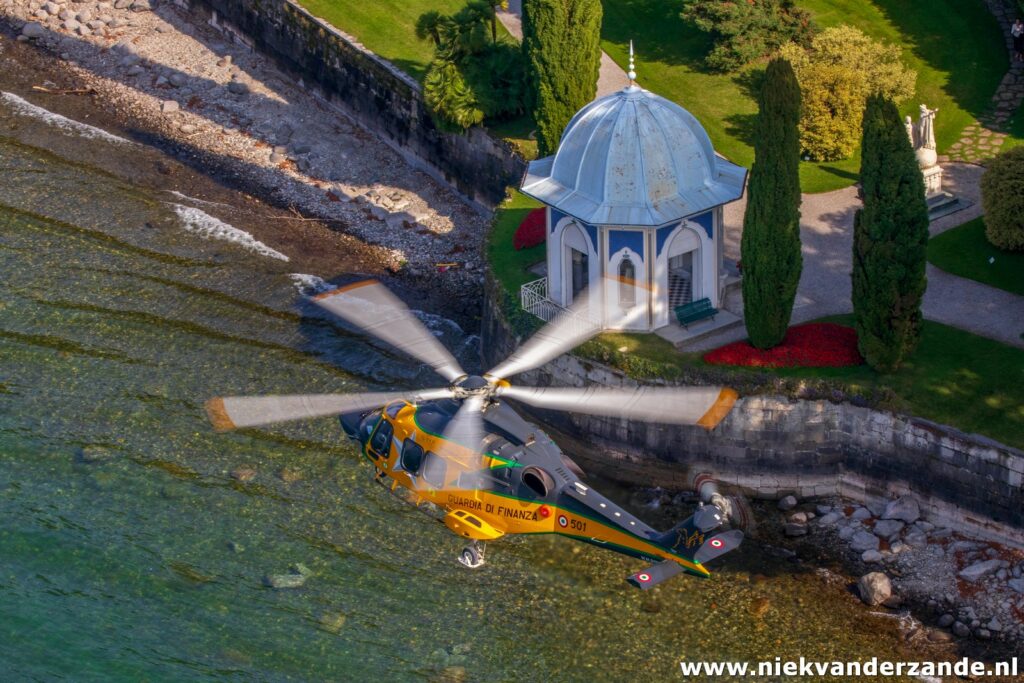
The constant economic control of the territory (CeTe), the primary task of the corps, has led the Guardia di Finanza forces to carry out hundreds of checks on aircraft flying as General Aviation to the airports in the district. Aerial reconnaissance is further intensified during the summer period when the Flight Branch conducts multiple missions to identify illicit cannabis plantations and, once identified, coordinate with ground patrols for subsequent forensic police activity.
The Nucleo Efficienza, with its own specialized personnel, guarantees the execution of various helicopter checks on the line during the pre- and post-flight phases, offering the pilots the necessary support during take-off and landing, which is fundamental when these are carried out in inhospitable areas, and is also present on board as a winch operator and technician.
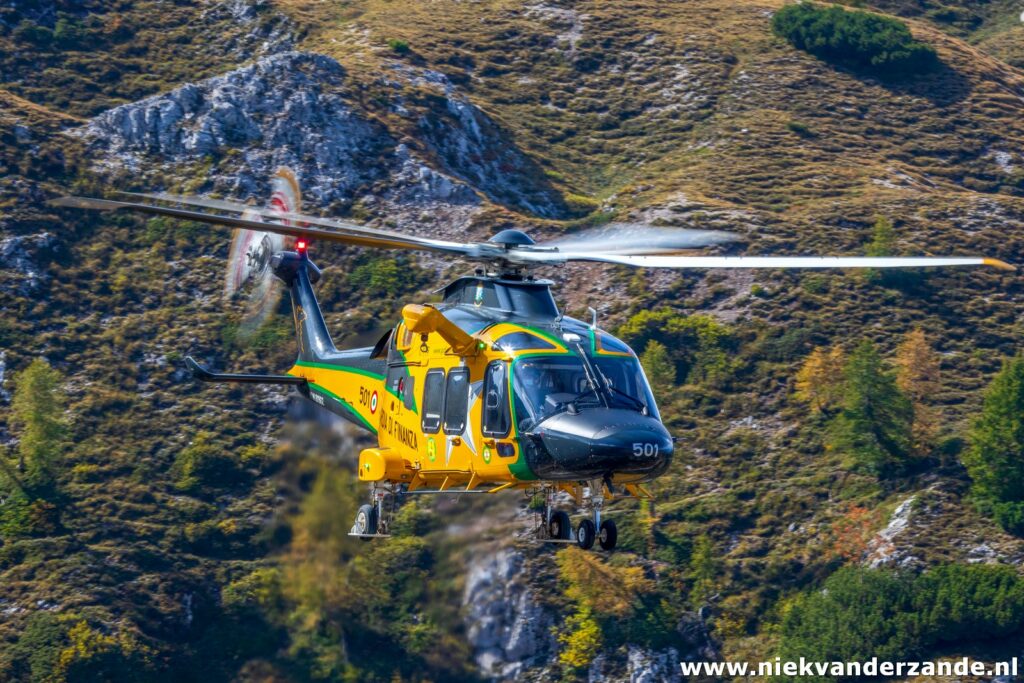
Specialists carry out all planned maintenance activities in the hangar. The most frequent is the one defined as 1st technical level and consists mainly of visual inspections carried out every 25 flight hours.
In addition, the Nucleo Efficienza, as planned maintenance activities, carries out the more complex 2nd level technical inspections. These inspections are performed every 100 flight hours and multiples thereof and cover most mechanical, electrical, structural and avionic components on board.
The larger, 3rd level maintenance is not carried out at the own unit, but takes place at the Centro di Aviazione of the Guardia di Finanza on Pratica di Mare. This inspection takes place after 1200 flight hours.
The Guardia di Finanza is gradually taking the AB.412 out of service and switching to the AW.169. In addition to the UH-169A, which flies in Venegono, among other places, the Guardia di Finanza has also purchased the MH-169A.
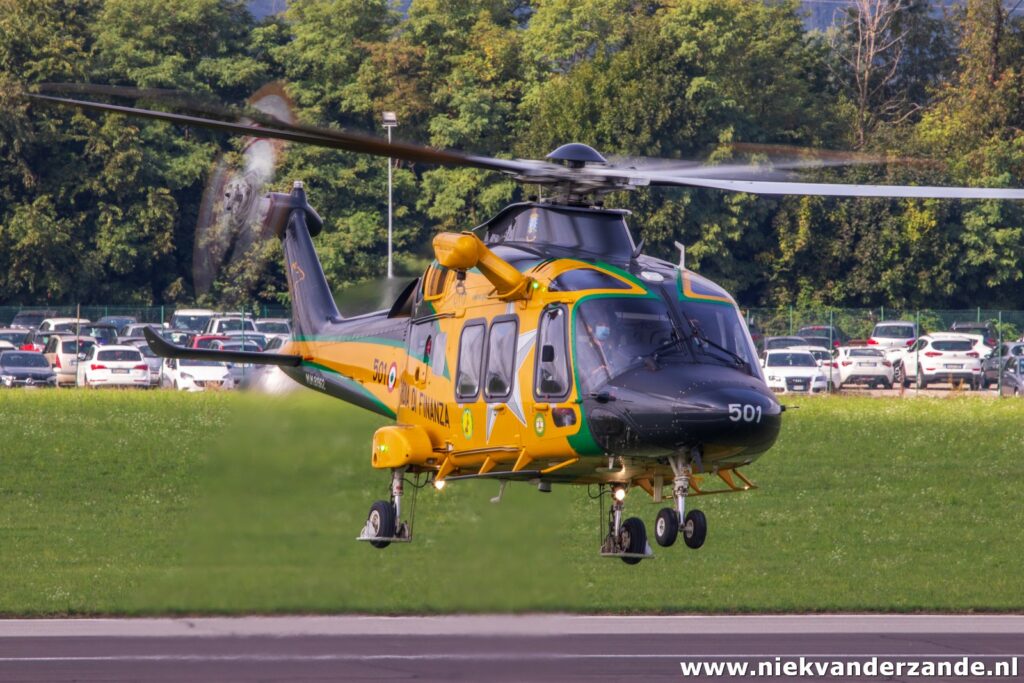
The Guardia di Finanza flies two configurations of helicopters: the UH-169A (the utility version with an entry-level configuration) and the MH-169A FOC (military version with a full operational configuration). The UH-169A comes with wheeled landing gear and the MH-169A FOC is equipped with skid landing gear, more power and the latest generation of avionics called ATOS-RW/MMS with a mission console for day and night management night vision infrared cameras (FLIR) and search radar.
In Varese they are very proud of the UH-169 that was delivered in October 2020 and I received a detailed explanation about it.
The AgustaWestland AW169 is a twin-engine helicopter with 10 seats and a weight of 4.8 tons, developed and produced by the helicopter division of Leonardo (formerly AgustaWestland, merged into Finmeccanica since 2016). It is designed to share similarities with the larger AgustaWestland AW139 and AgustaWestland AW189.
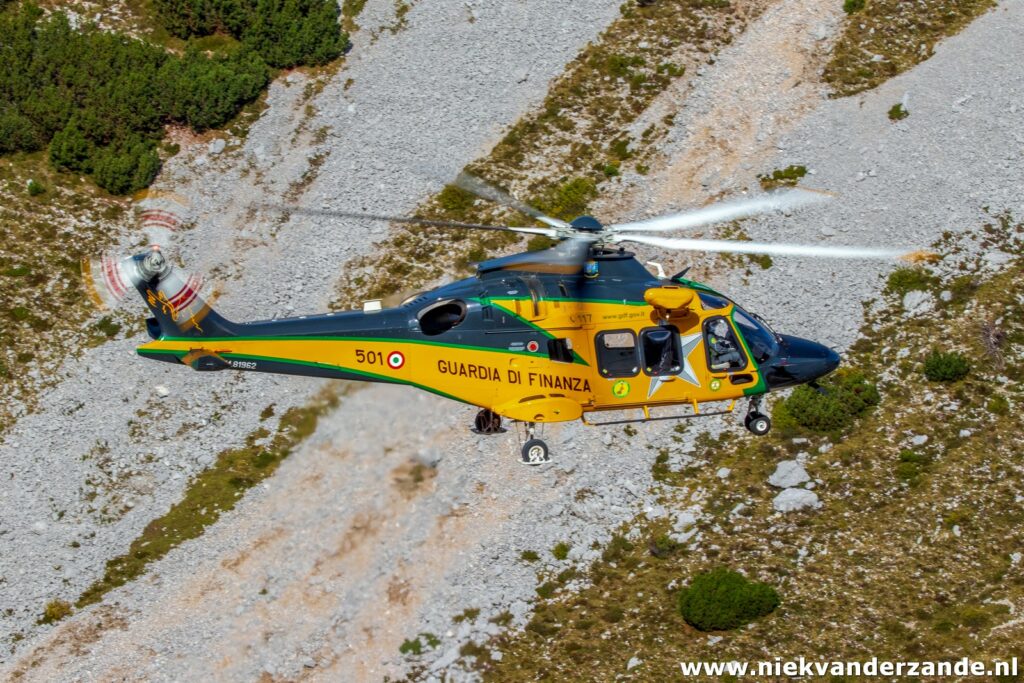
On July 19, 2010 AgustaWestland formally announced at the Farnborough International Air Show that the AW169 was under development. According to AgustaWestland, the 4.5-ton AW169 is a light, medium, twin-engine rotorcraft intended for various utility operations; to reduce expected operating costs, it was decided early on that the AW169 would be very similar in both components and cockpit configuration to the larger AgustaWestland AW139.
On May 10, 2012, the first prototype of the type performed its maiden flight. The test program included a total of four prototypes; the second and third AW169s joined the test program later in 2012 and the fourth in 2013. AgustaWestland had initially expected the AW169 to receive flight certification in 2014, and had planned for the AW169 to enter production in 2015. On July 15, 2015, the European Aviation Safety Agency (EASA) issued certification for the AW169.
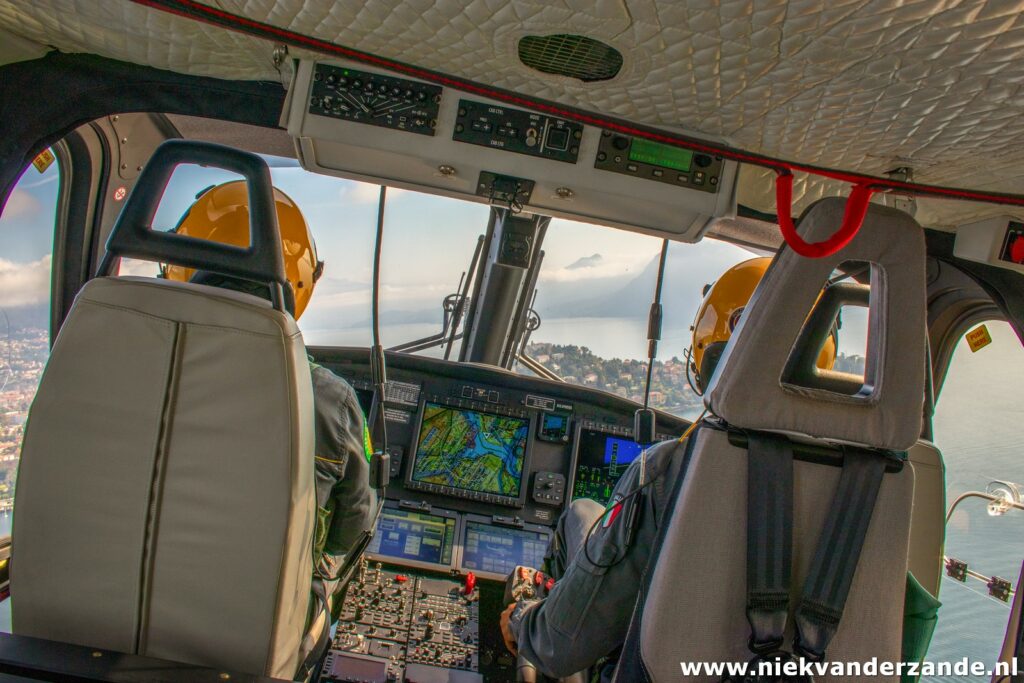
The AW169 is a medium-sized twin-engine helicopter; at its launch it was the first completely new helicopter in its weight category in more than 30 years. Weighing approximately 4,500 kg and with a capacity of 7-10 passengers, it sits between the 3,175 kg 8-seat AW109GrandNew and the much larger 6,400 kg 15-seat AW139. The AW169 is powered by a pair of Pratt & Whitney Canada PW210A FADEC turboshaft engines, which drive the main rotor at variable speeds to reduce external noise and increase efficiency. Newly developed dampers were installed between the main rotor blades to reduce vibration levels for a smooth passenger experience. It is the first production helicopter in its category with electronically operated landing gear. AgustaWestland has reported having several customers for the AW169, including the air ambulance, law enforcement, executive/corporate, offshore transportation and utility sectors.
The AW169 is equipped with several avionics systems, including a Rockwell Collins glass cockpit with three displays equipped with touchscreen interfaces, digital charts, dual radar altimeters, automatic dependent surveillance – broadcast tracking, health and usage monitoring systems (HUMS) and night vision goggles (NVG) compatibility . Many elements of the cockpit and avionics are similar to those of the AgustaWestland AW139 and the AgustaWestland AW189, providing a high level of support. Through the use of a four-axis digital automatic flight control system and a dual flight management system with terrain and traffic avoidance systems, the rotorcraft can be certified to be flown by a single pilot under instrument flight rules (IFR).
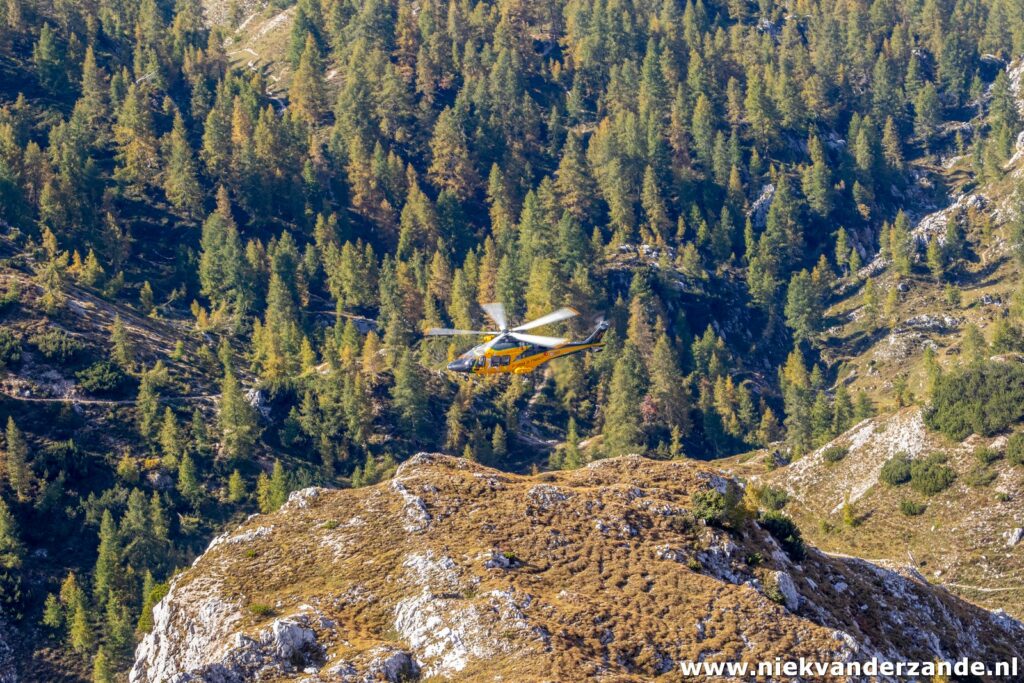
There is no auxiliary power unit (APU) installed in the AW169; instead, the transmission features a clutch that allows the rotors to be stopped while the port engine continues to run to power the onboard avionics and electrical systems. At customer request, the AW169 can be equipped with a full anti-icing system; Alternatively, a limited anti-icing system can also be integrated. To meet different customer requirements and preferences, the AW169 can be configured with numerous optional equipment, such as auxiliary fuel tanks, rescue hoist, cargo hook, emergency flotation aids, remote cameras, rappelling equipment, wire cutters, mission consoles, external speakers and external searchlights.
General features
• Crew: 1 or 2
• Capacity: 8 to 12 passengers, plus 250 kg (551 lbs) of luggage and cargo; or 1 stretcher, plus 7 supervisors; or 2 stretchers, plus 5 supervisors
• Length: 14.645 m (48 ft 1 in)
• Width: 2.530 m (8 ft 4 in) Horizontal transverse plane 3.205 m
• Height: 4.50 m (15 ft 0 in)
• Gross weight: 2,850 kg (6,283 lb)
• Max. takeoff weight: 4,800 kg (10,582 lb)
• Engines: 2 × Pratt & Whitney PW210A turboshaft with FADEC (735 kW, 1,000 hp each)
• Main rotor diameter: 12.12 m (39 ft 9 in)
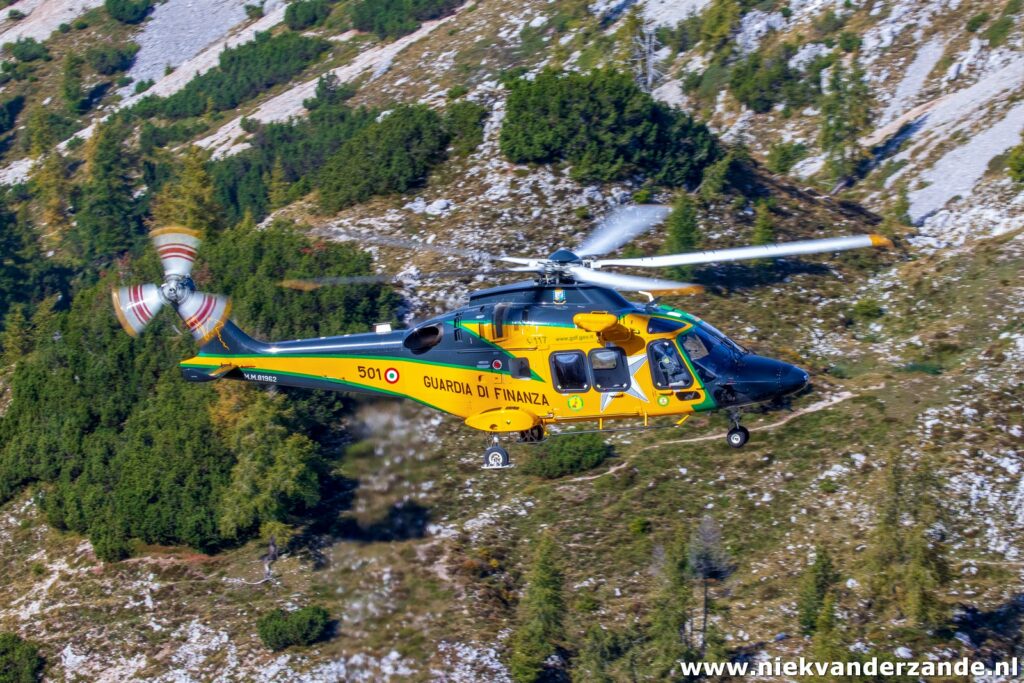
Performance
• Maximum speed: 306 km/h (190 mph, 165 kn)
• Never exceed speed: 306 km/h (190 mph, 165 kn) Power on with both engines running
• Range: 820 km (510 mi, 440 nmi)
• Endurance: 4h 20m

